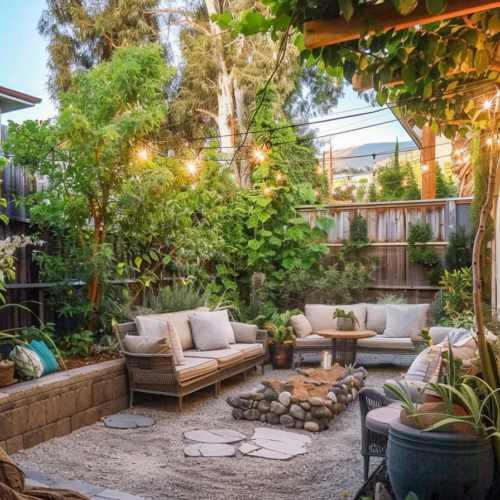Grow your fresh produce with a backyard vegetable garden.
Imagine the satisfaction of stepping into your backyard and harvesting fresh, organically grown vegetables for tonight’s dinner. You’re enhancing the flavor of your meals and embarking on a project that’s good for your health, wallet, and the environment. We’ll discuss the ins and outs of starting your vegetable garden, from selecting the right location to maintaining the healthiest plants. But here’s a question: What are the best vegetables for beginners to plant? Let’s explore this together.
Key Takeaways
- Choose a sunny, accessible location with good soil for your vegetable garden.
- Prepare your garden bed by clearing debris, turning the soil, and mixing in compost.
- Select vegetables that suit your climate, garden size, dietary needs, and the season.
- Equip yourself with essential tools like a garden trowel, hoe, pruning shears, and watering can for effective gardening.
- Maintain your garden by watering regularly, weeding, controlling pests, and applying compost or fertilizer.
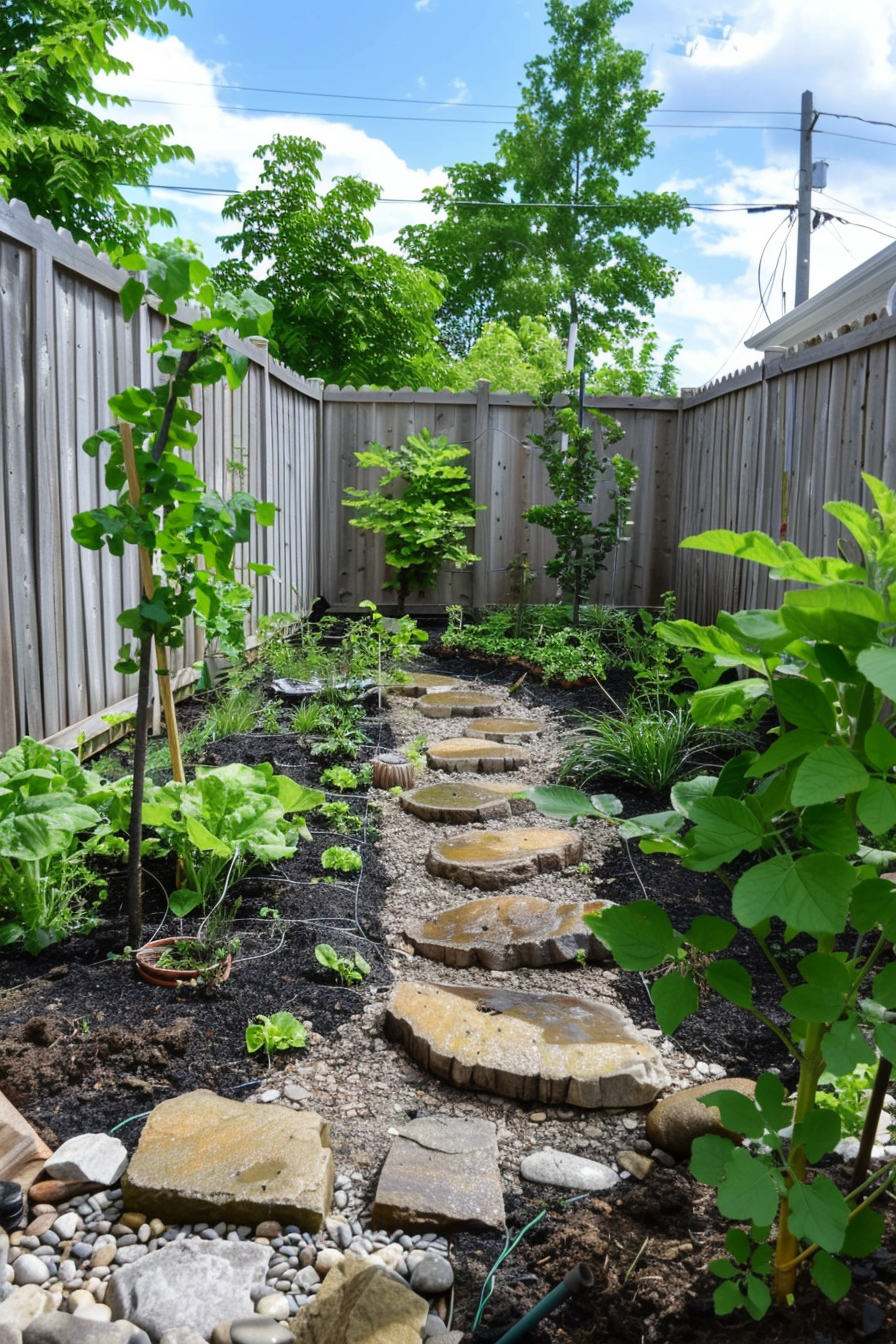
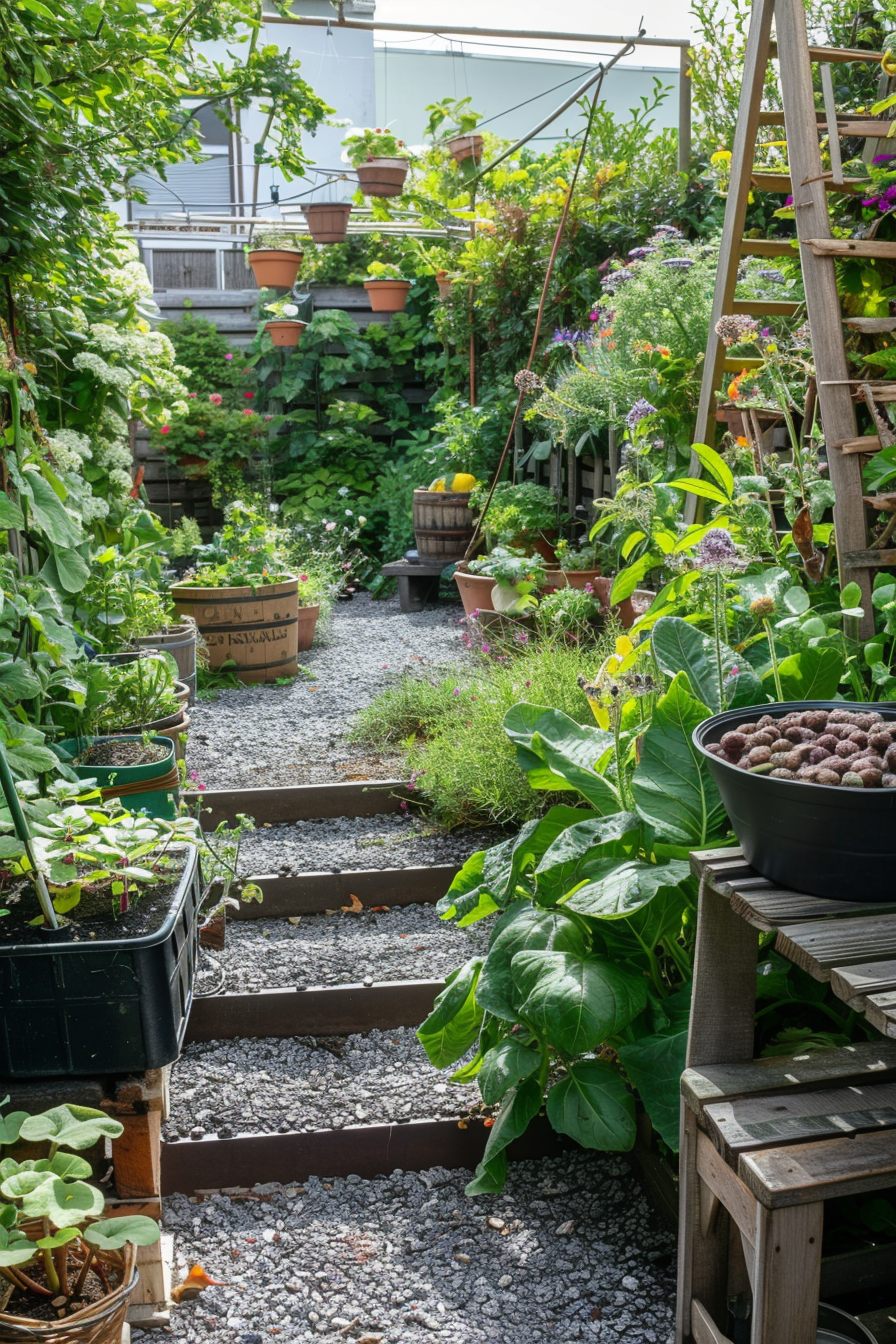
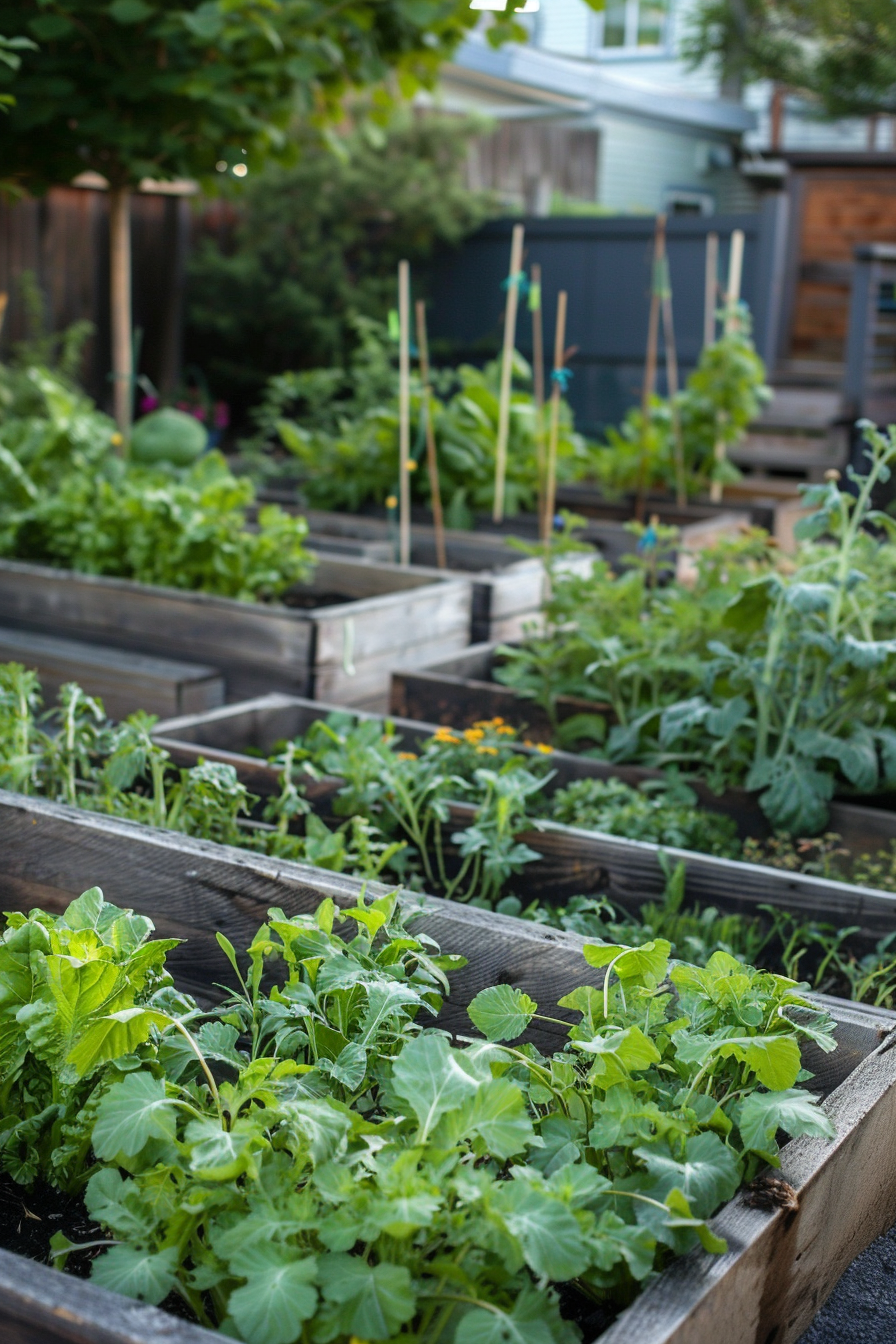
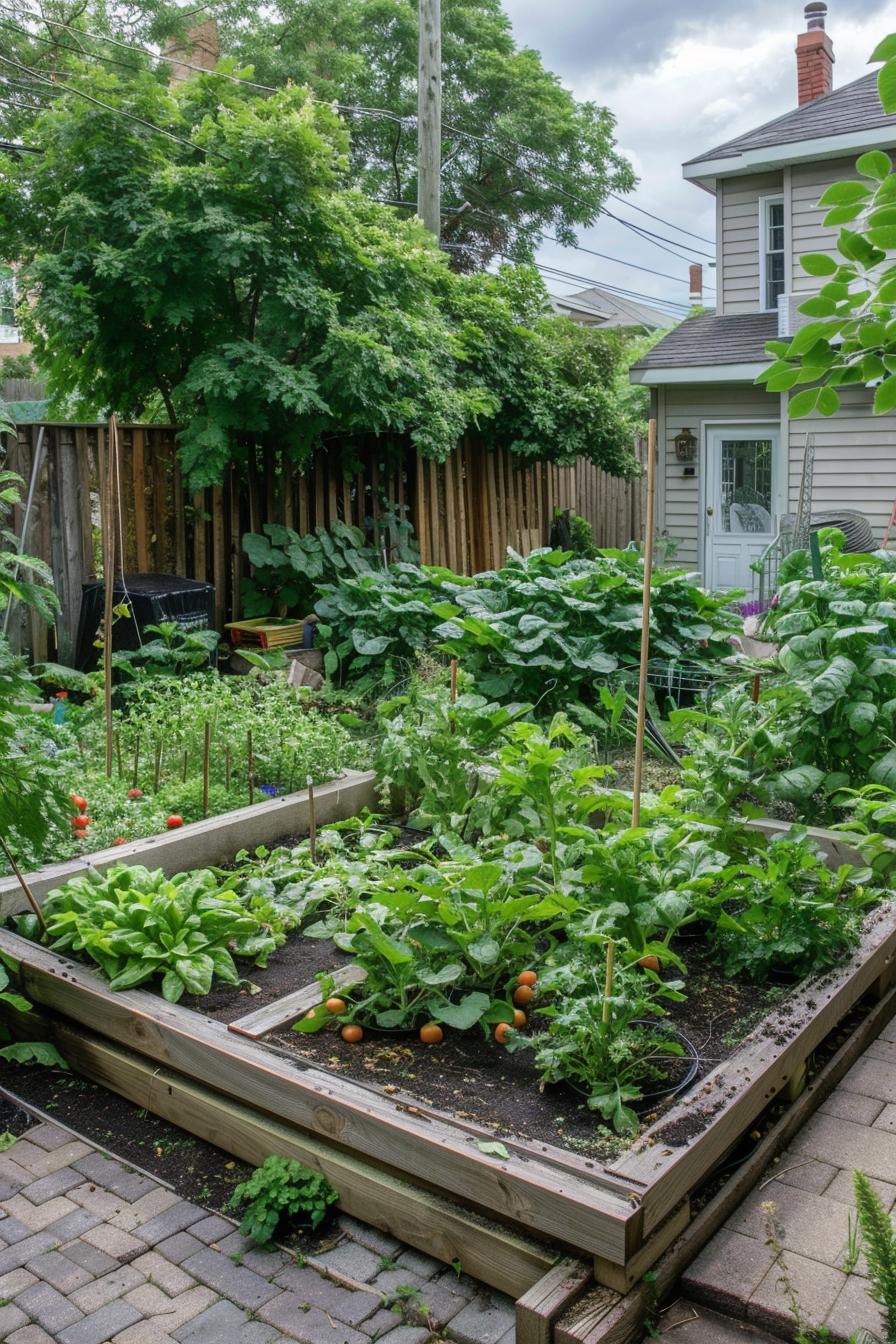
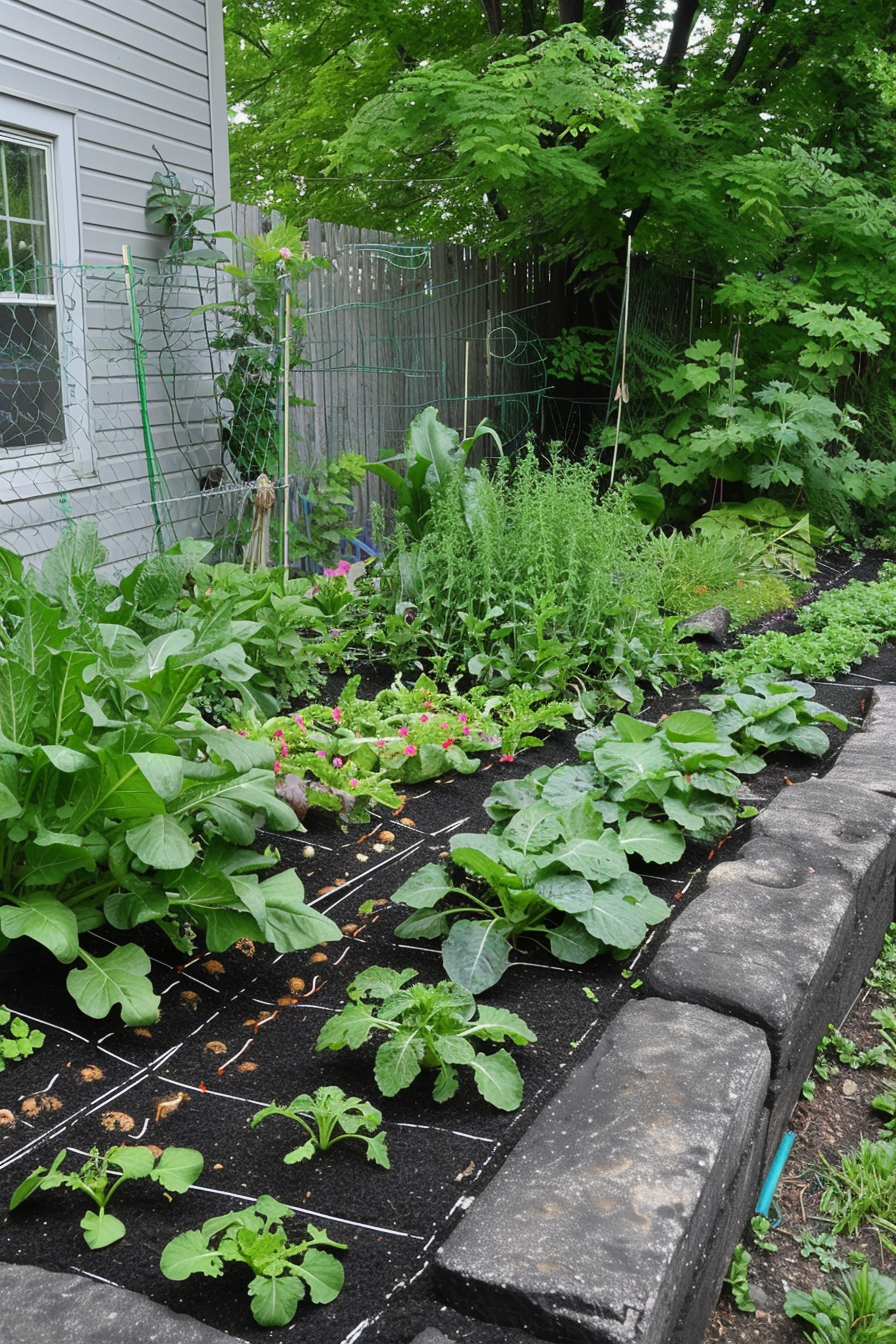
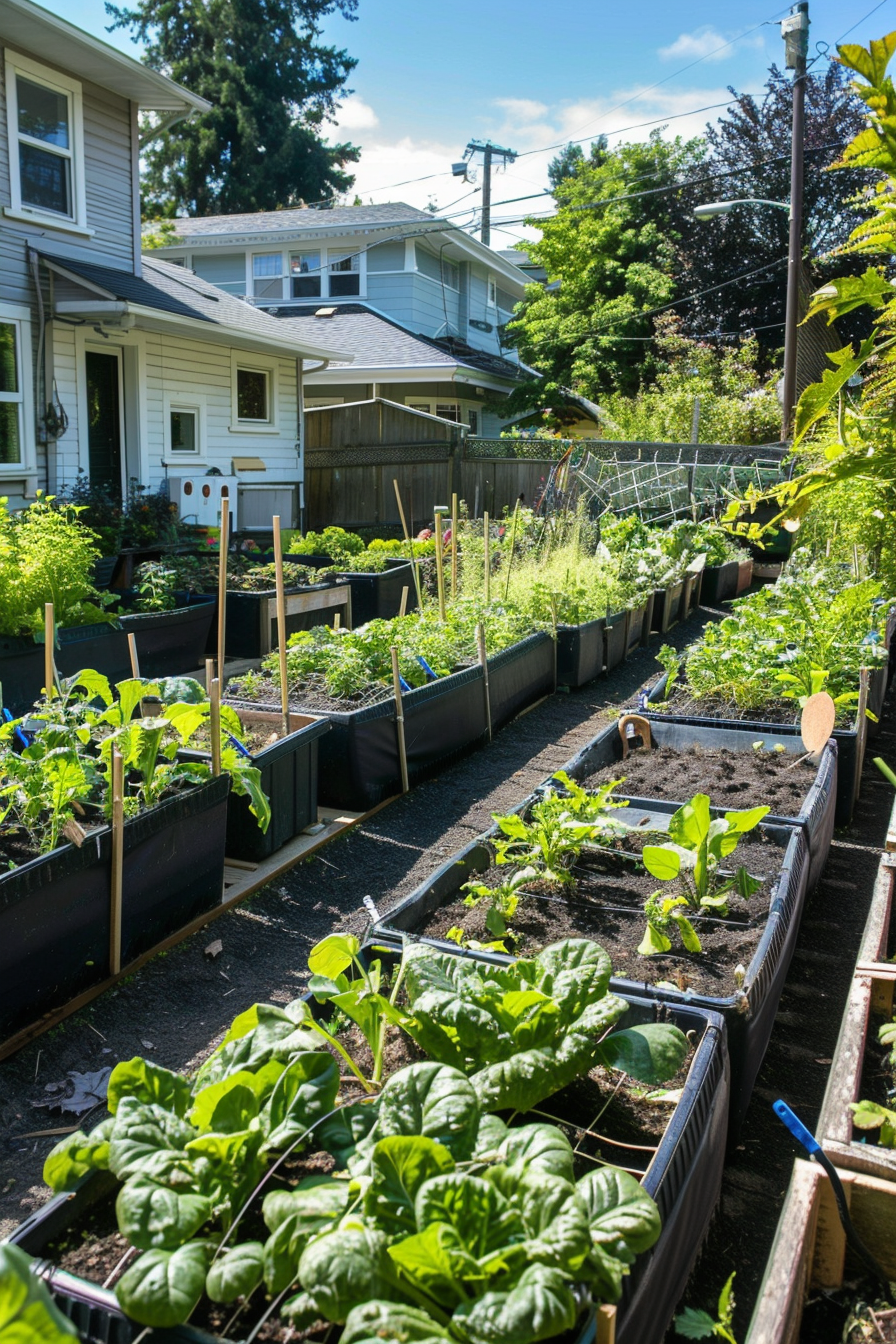
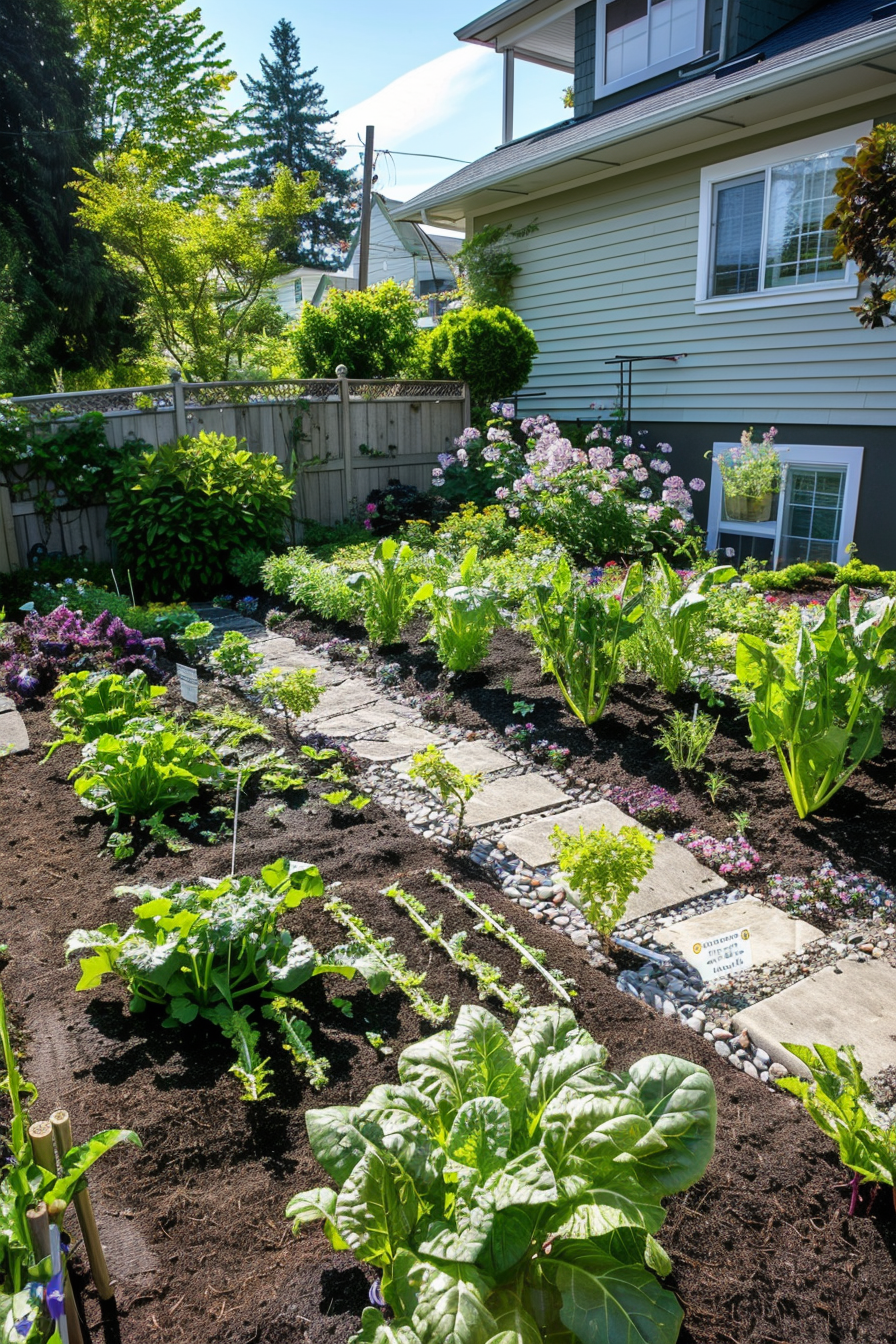
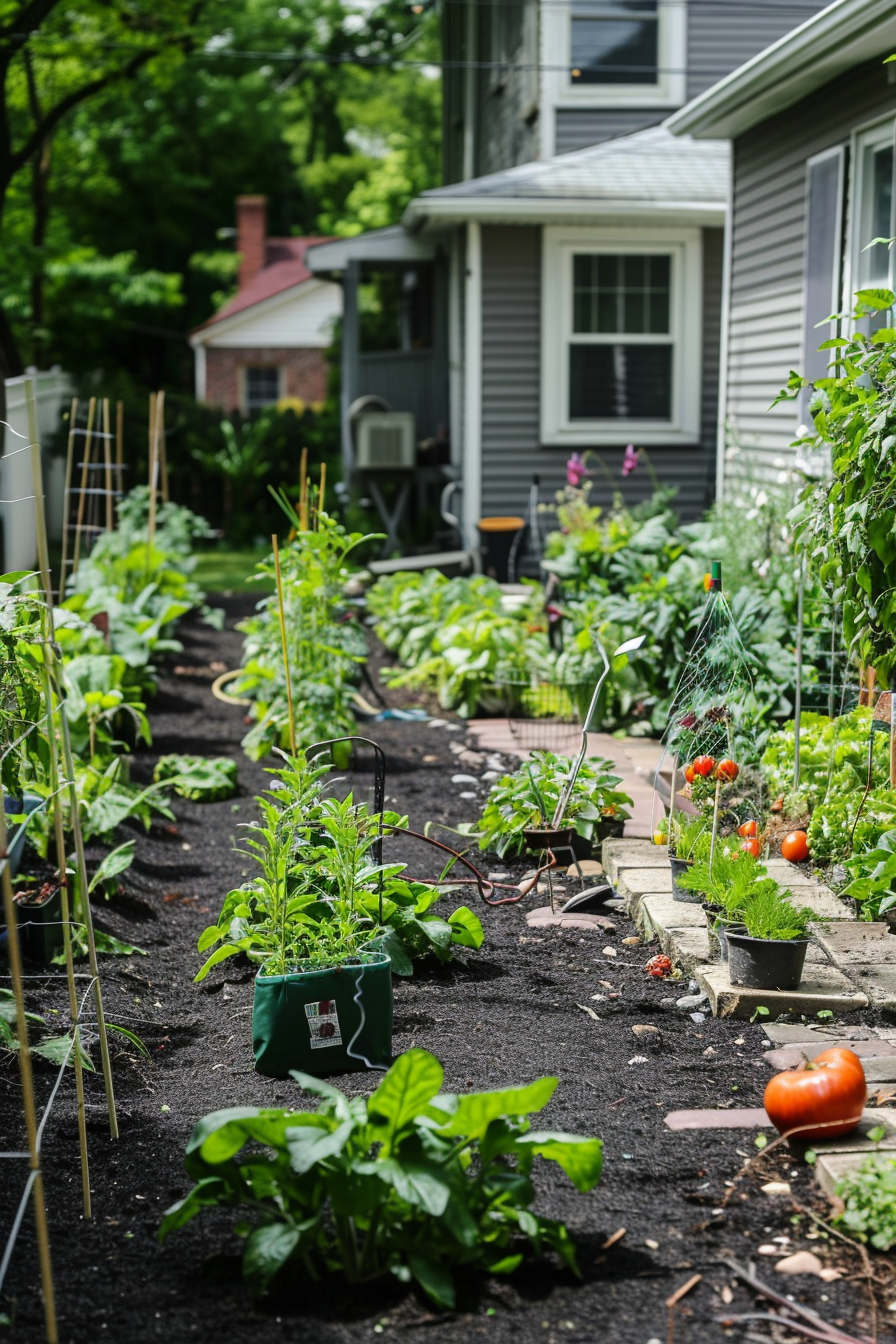
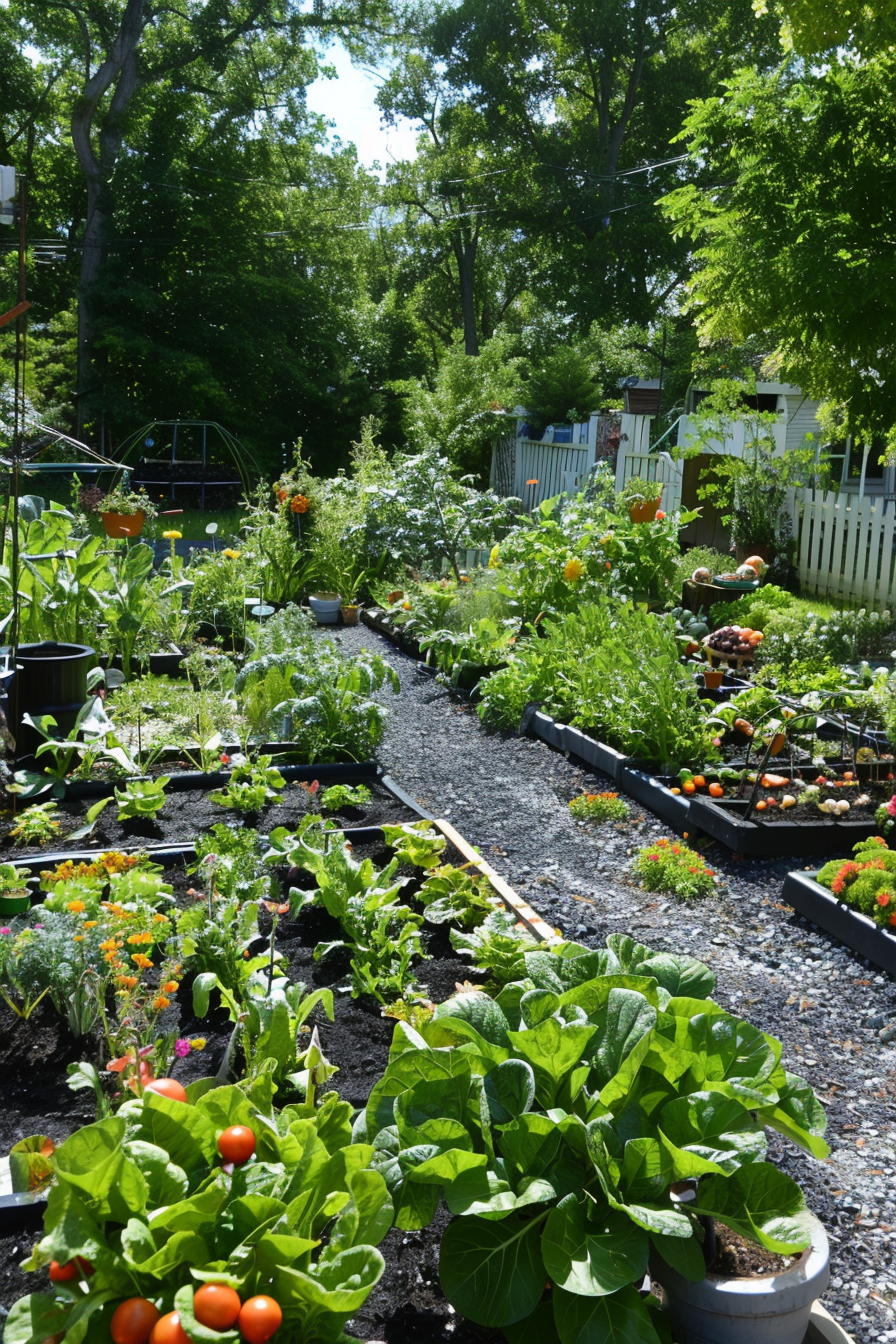
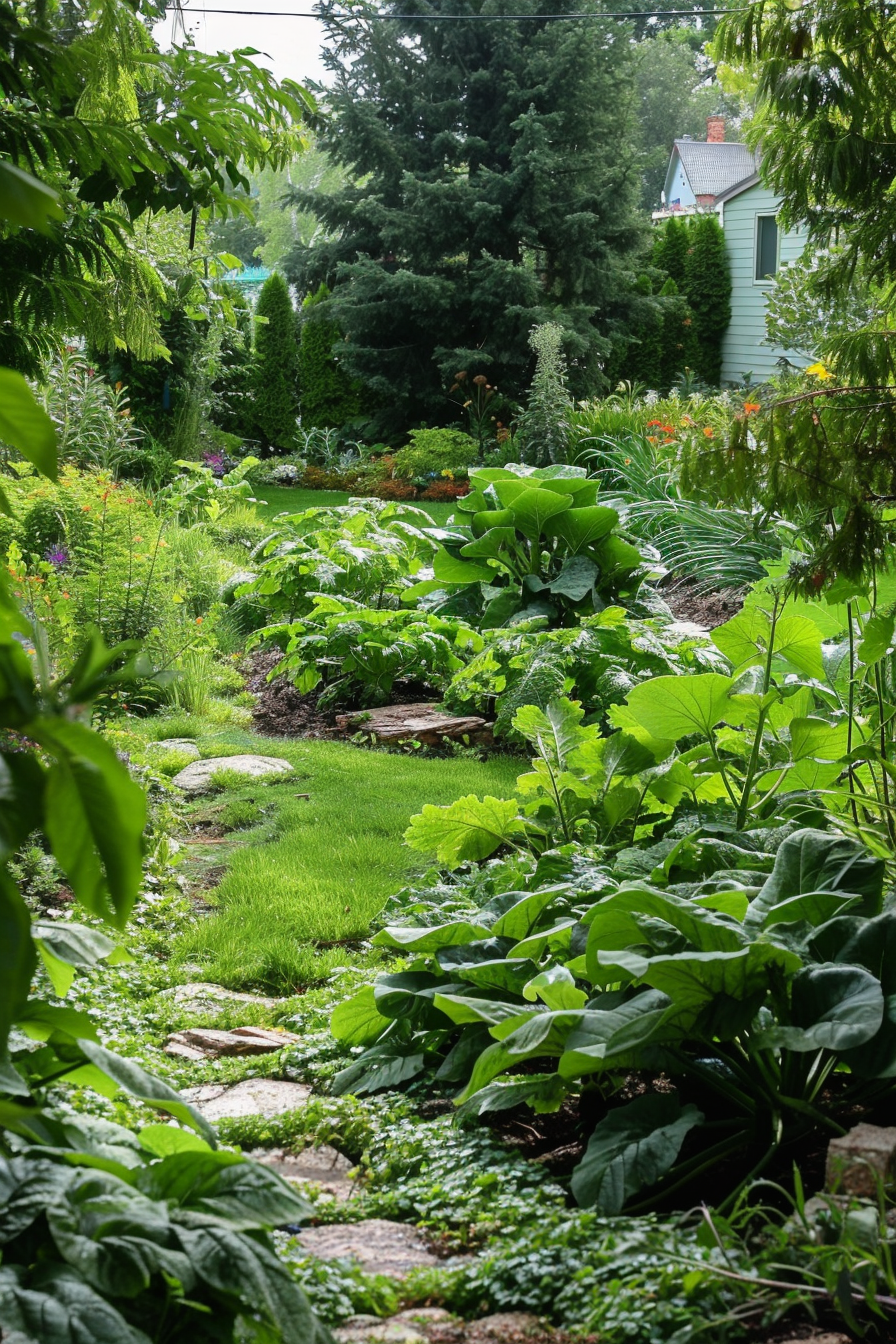
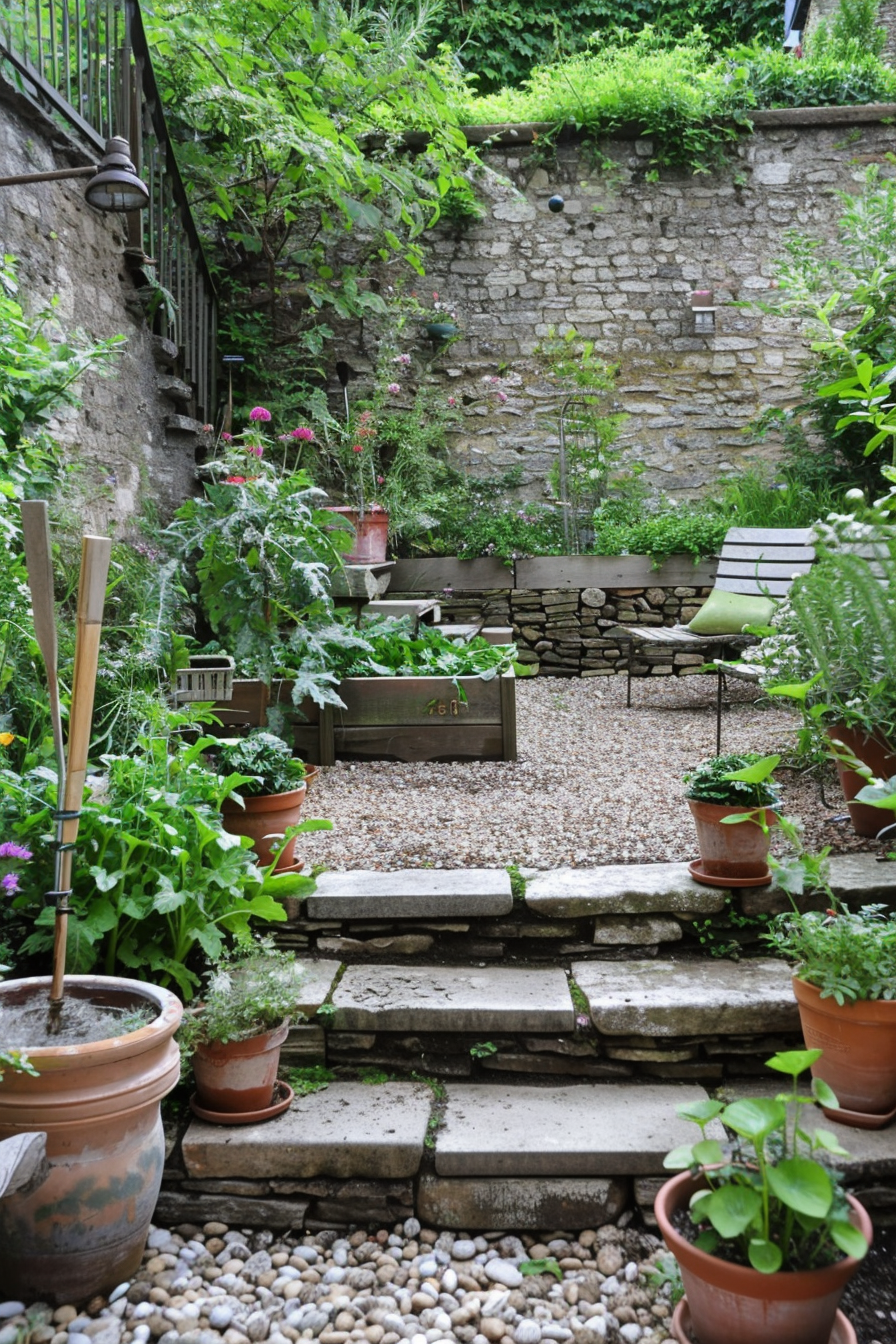
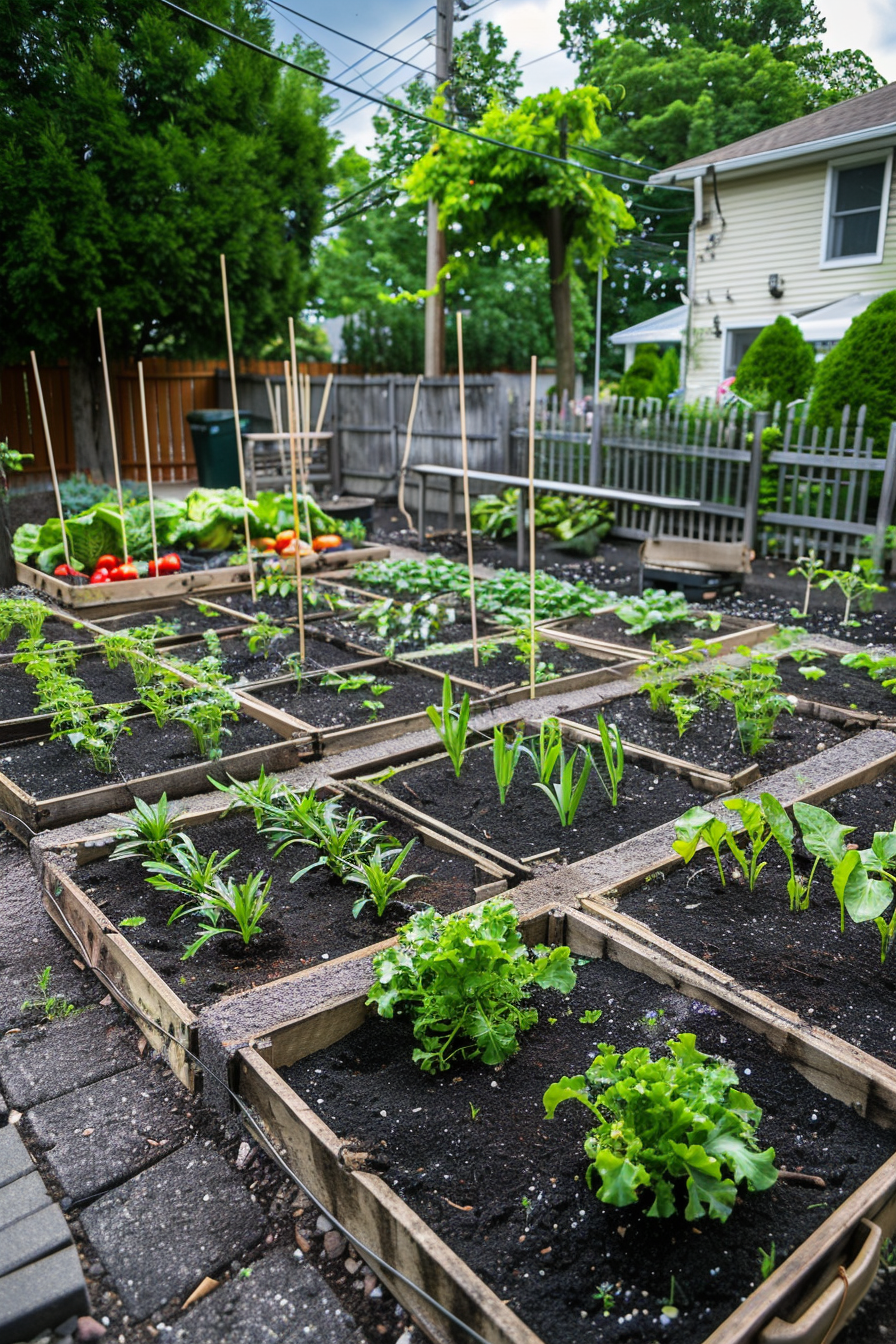
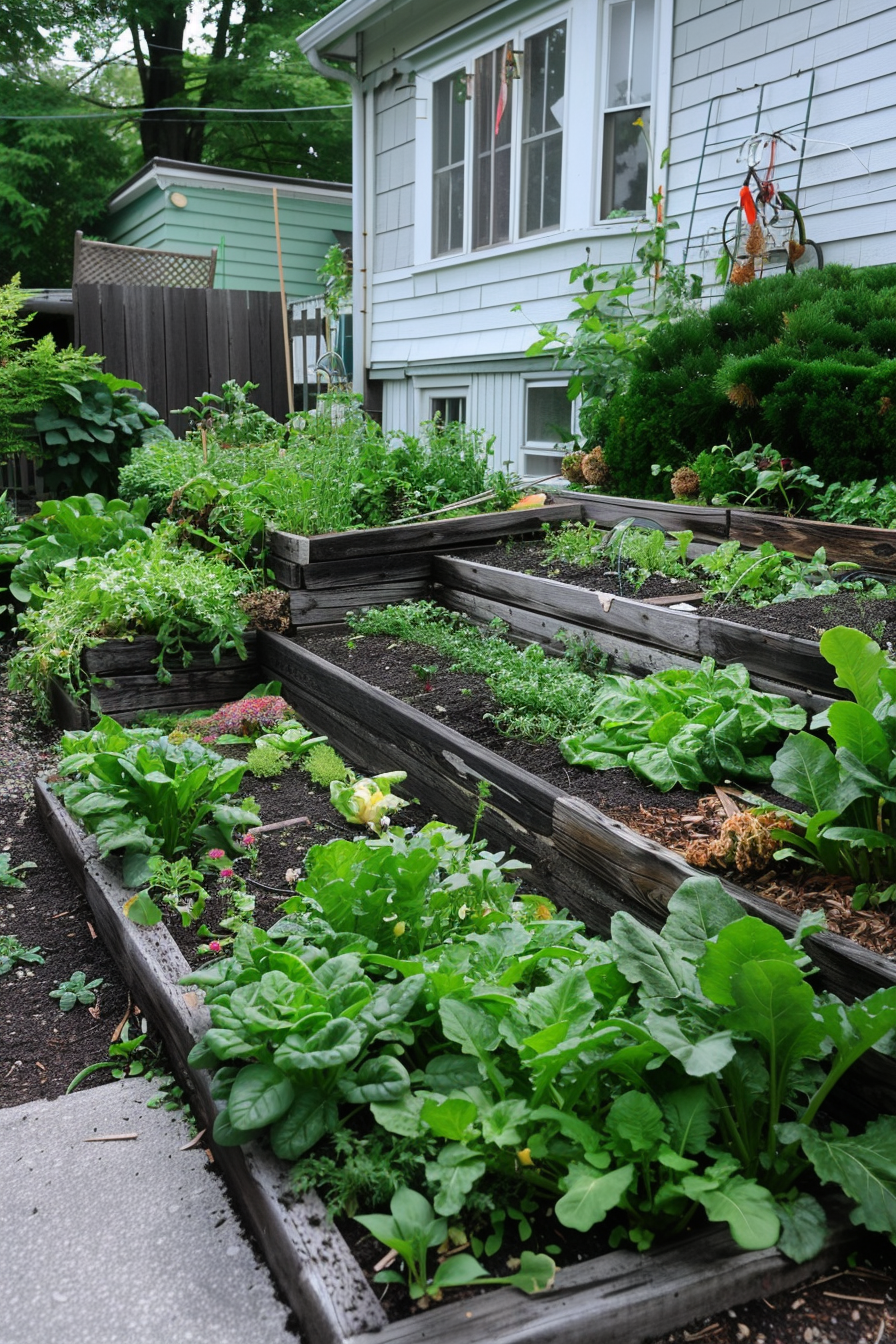
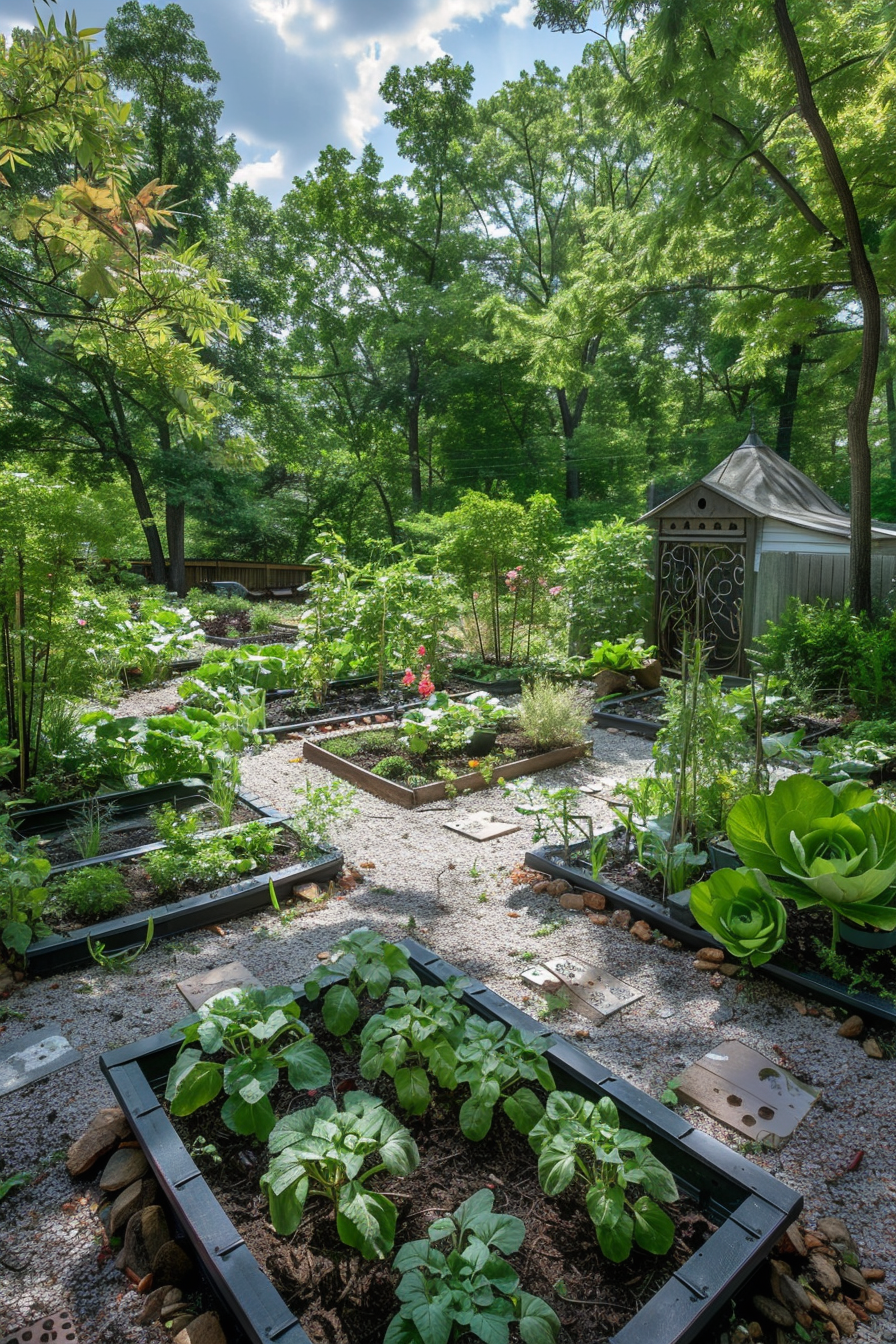
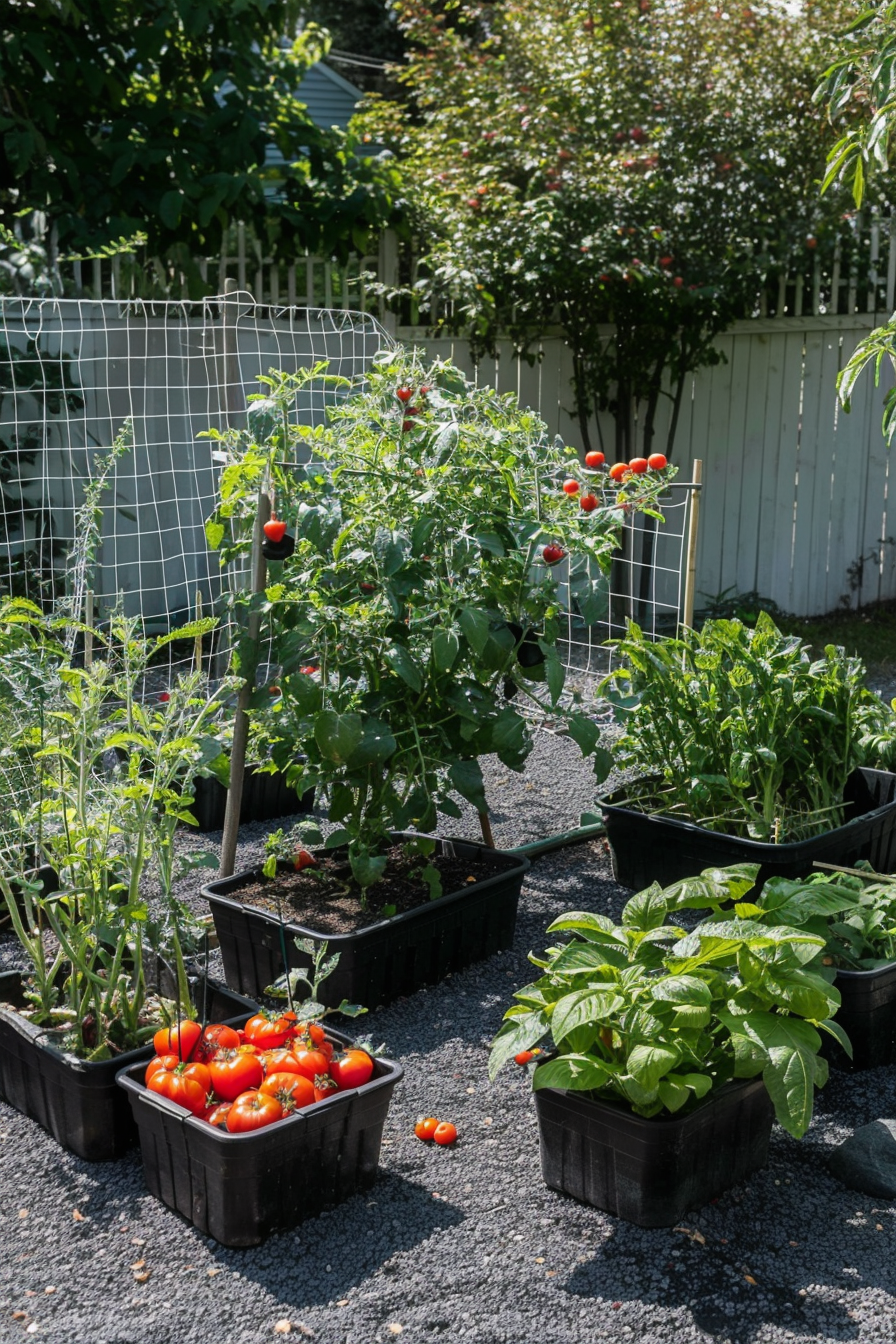
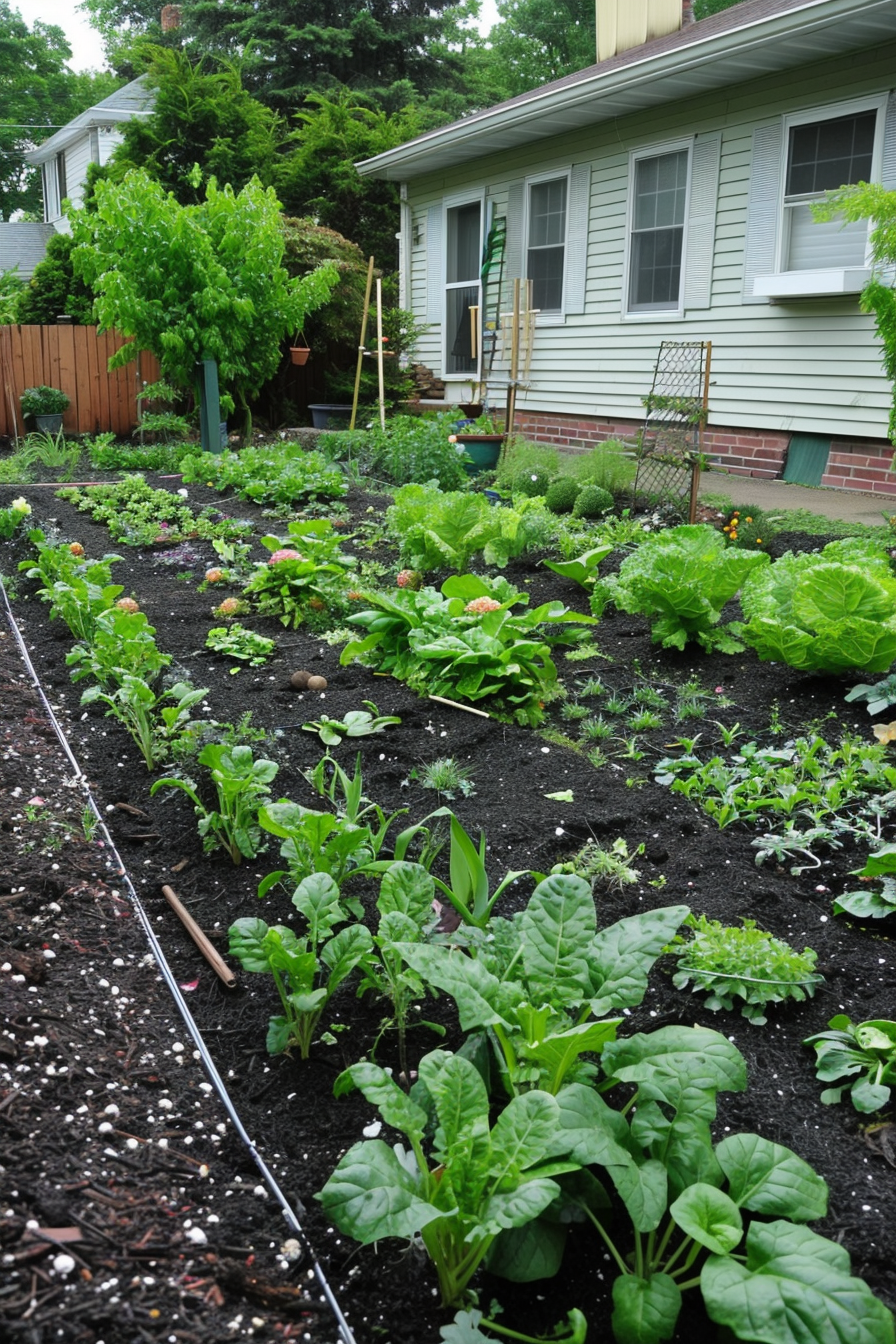
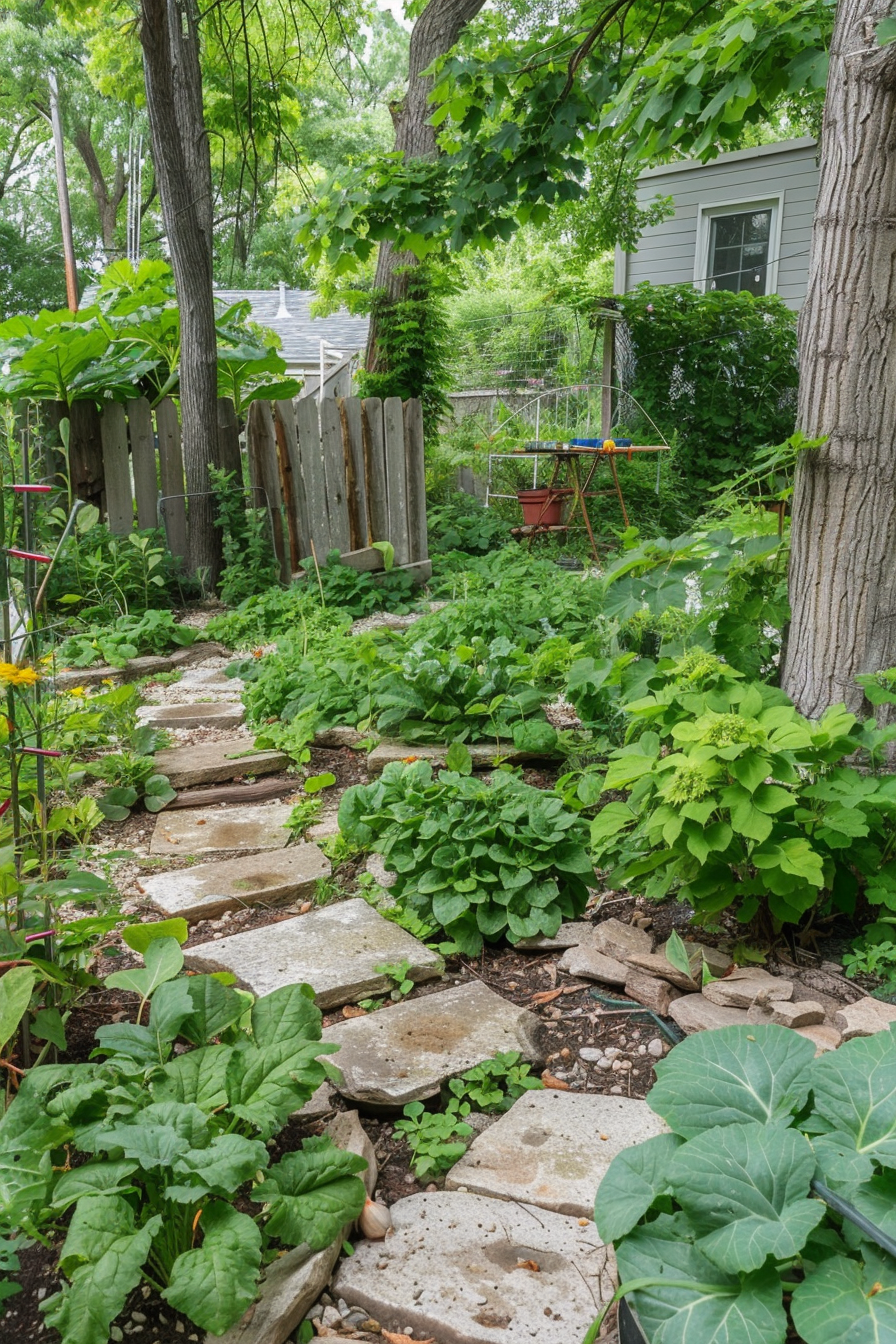
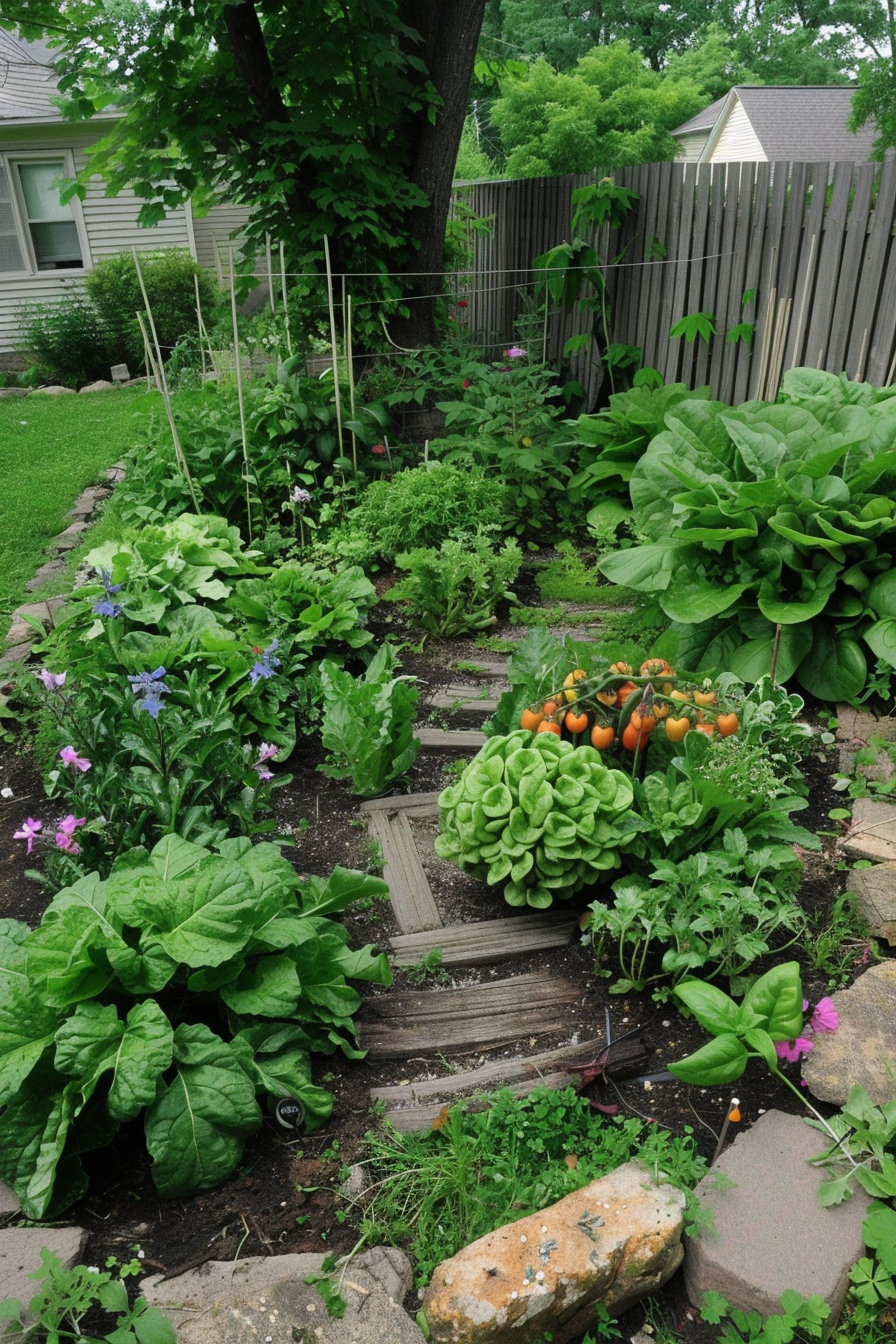
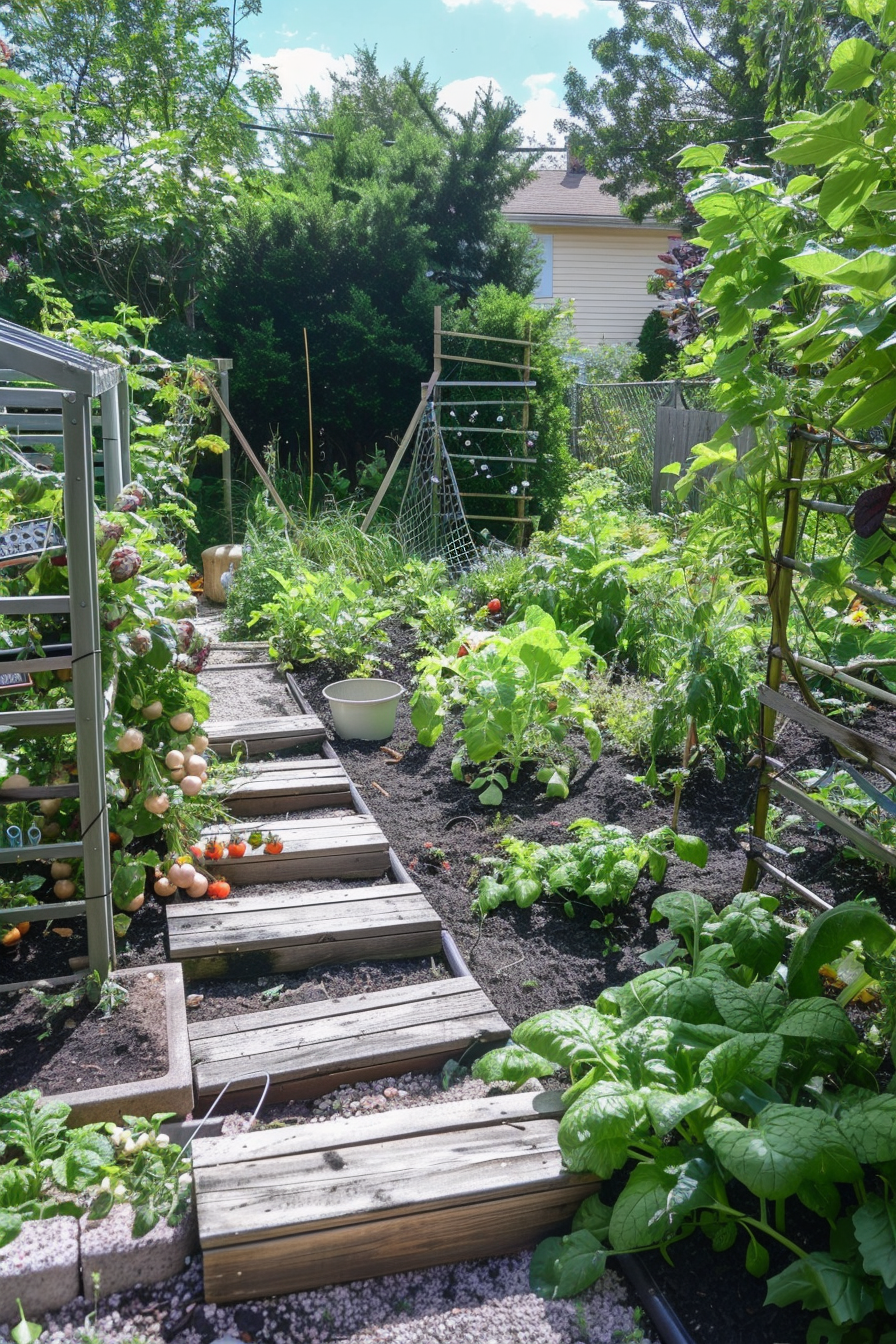
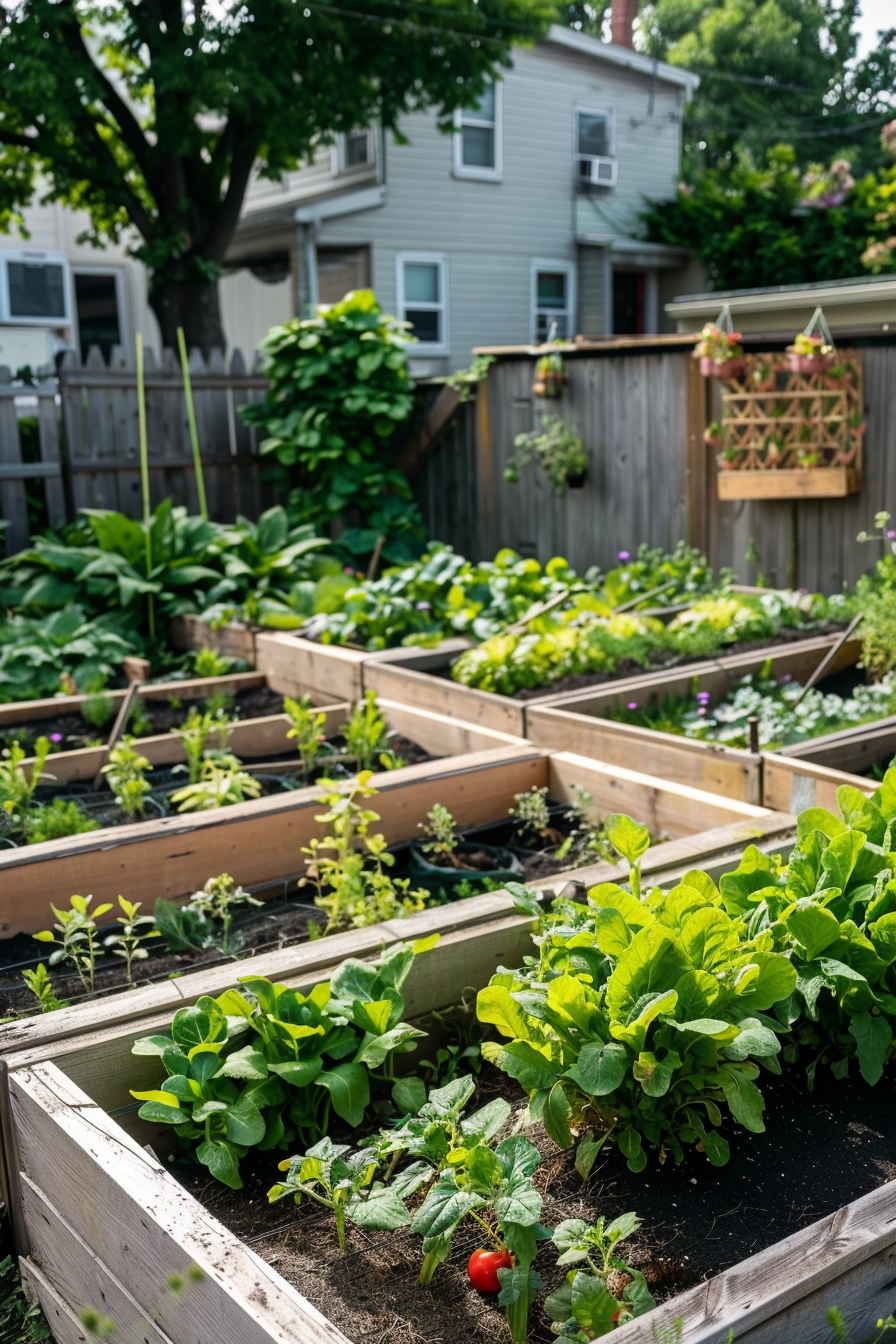
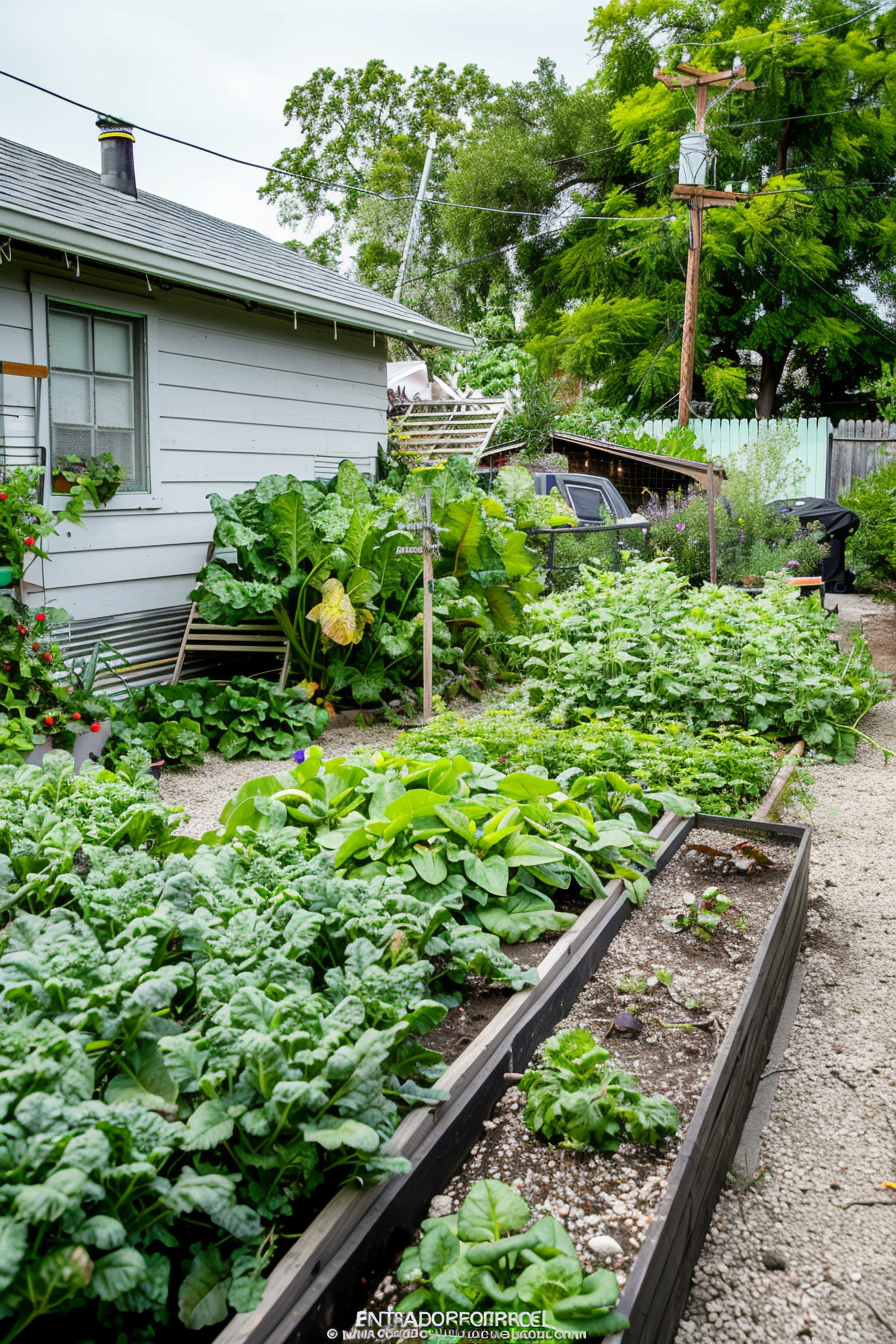
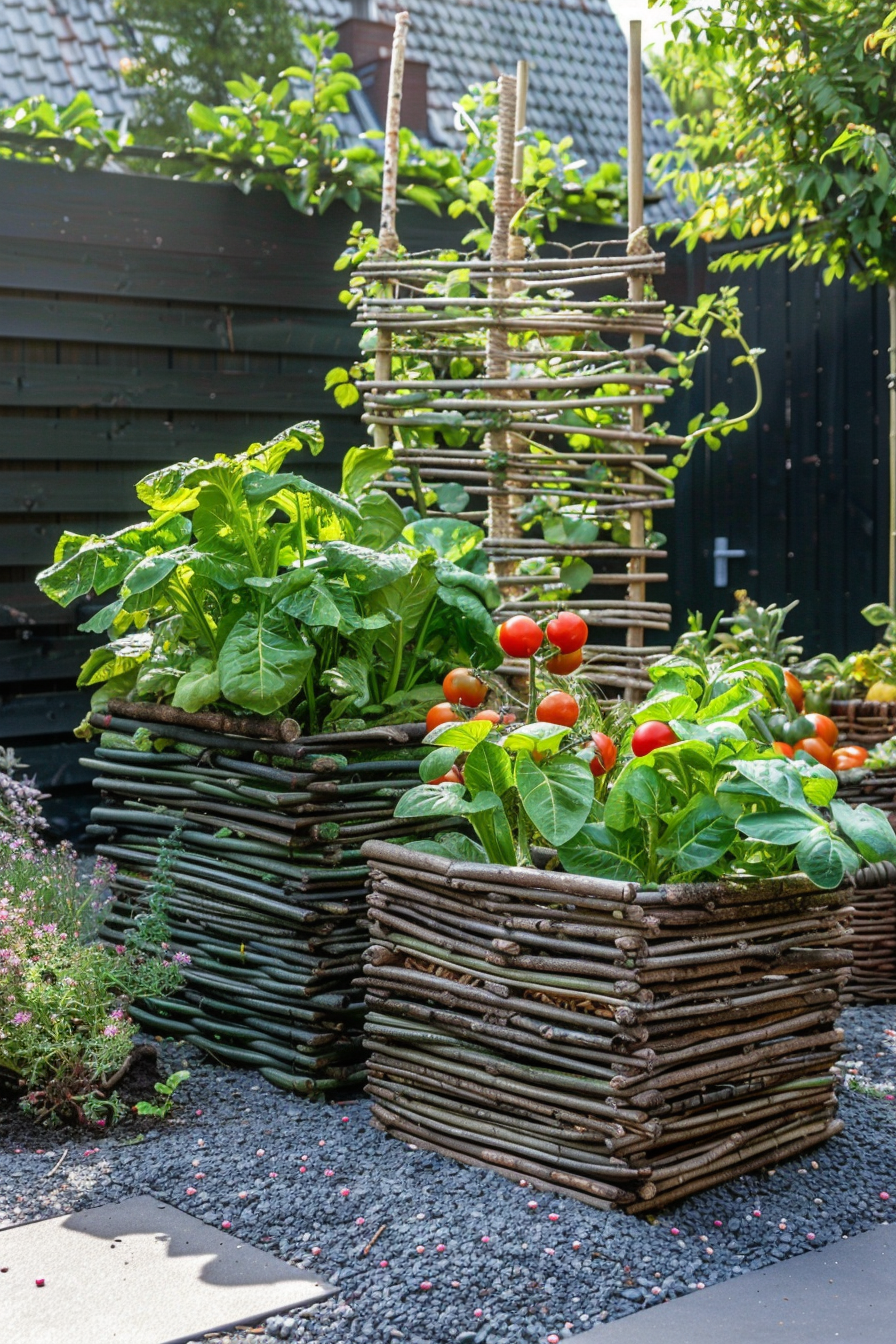
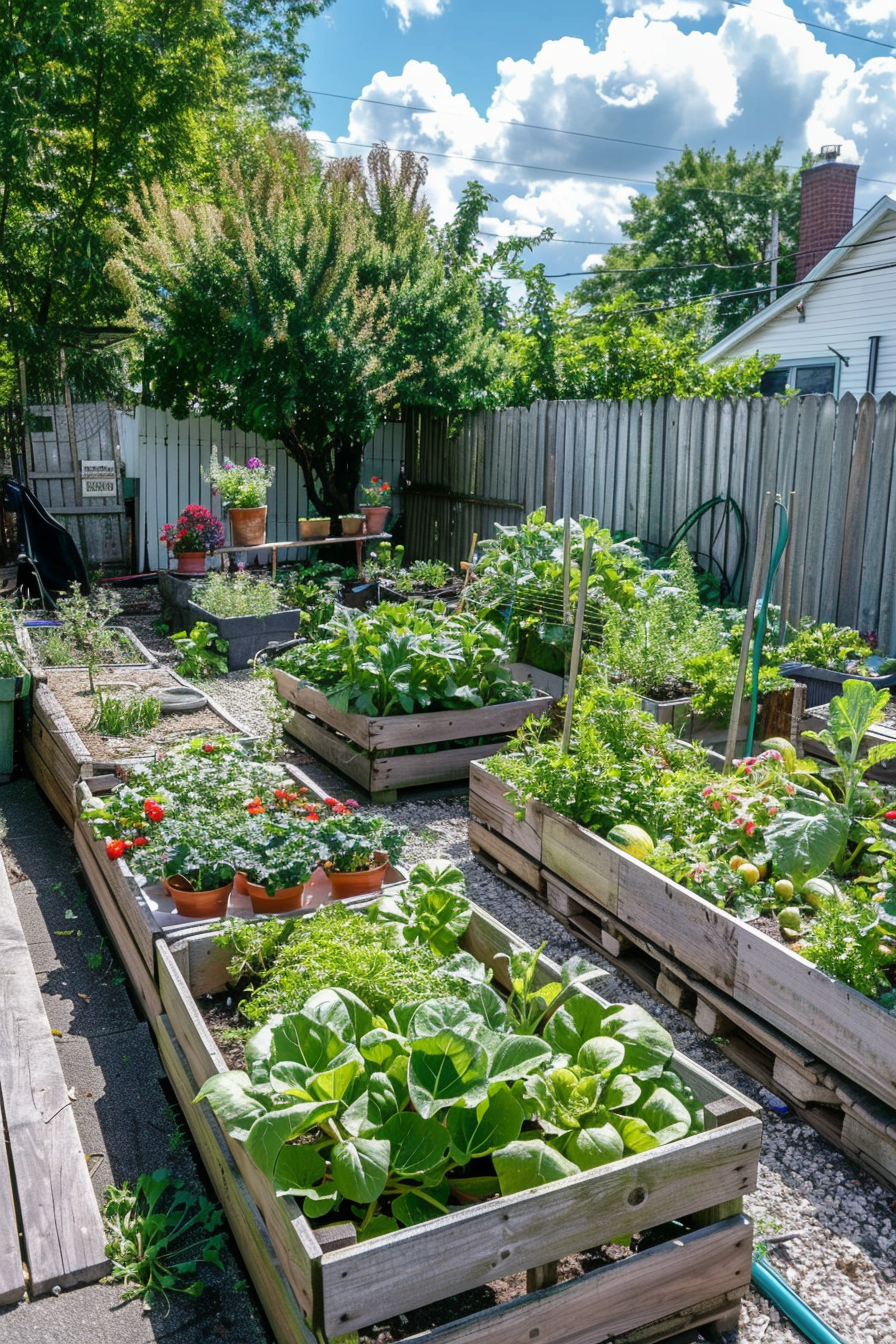
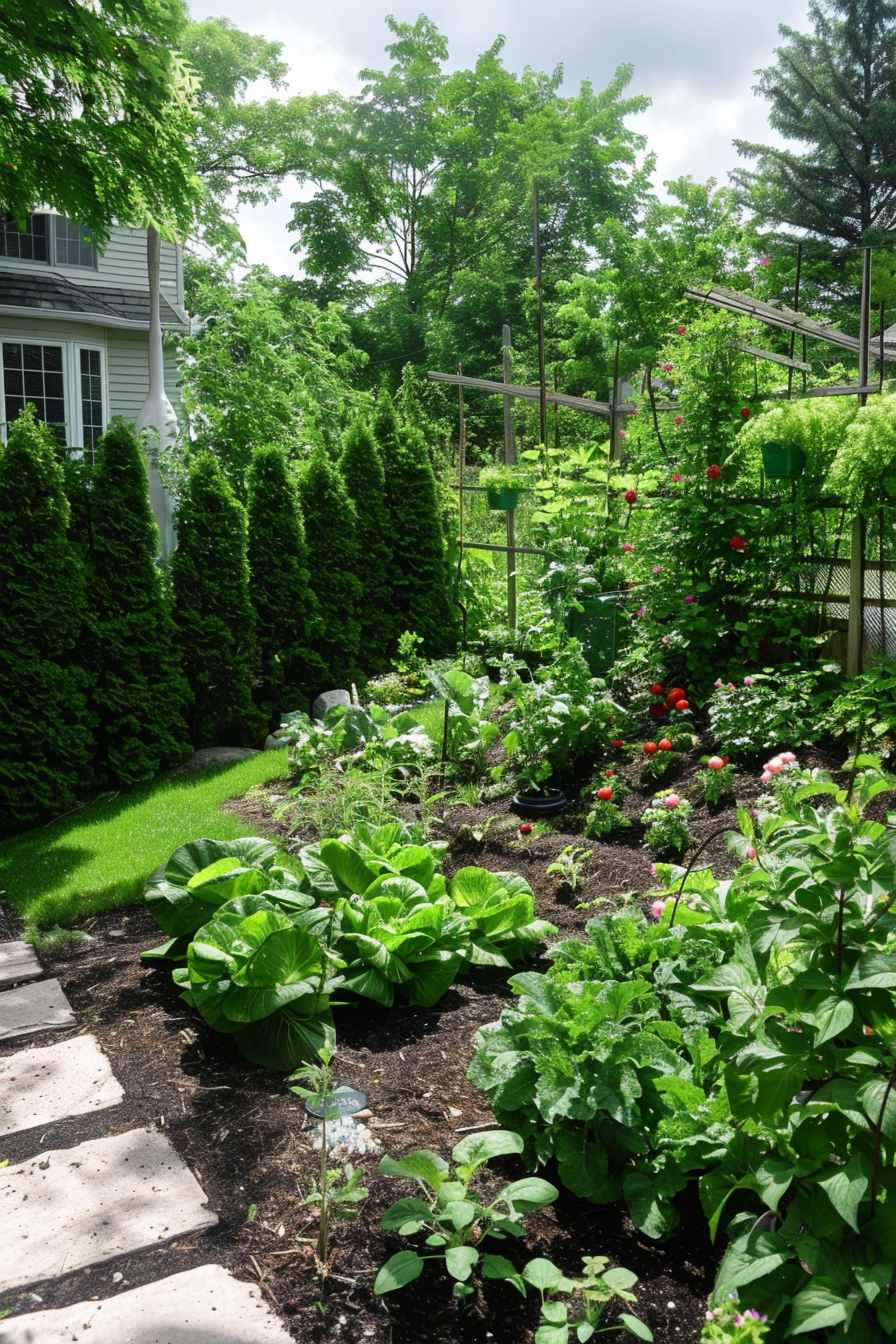
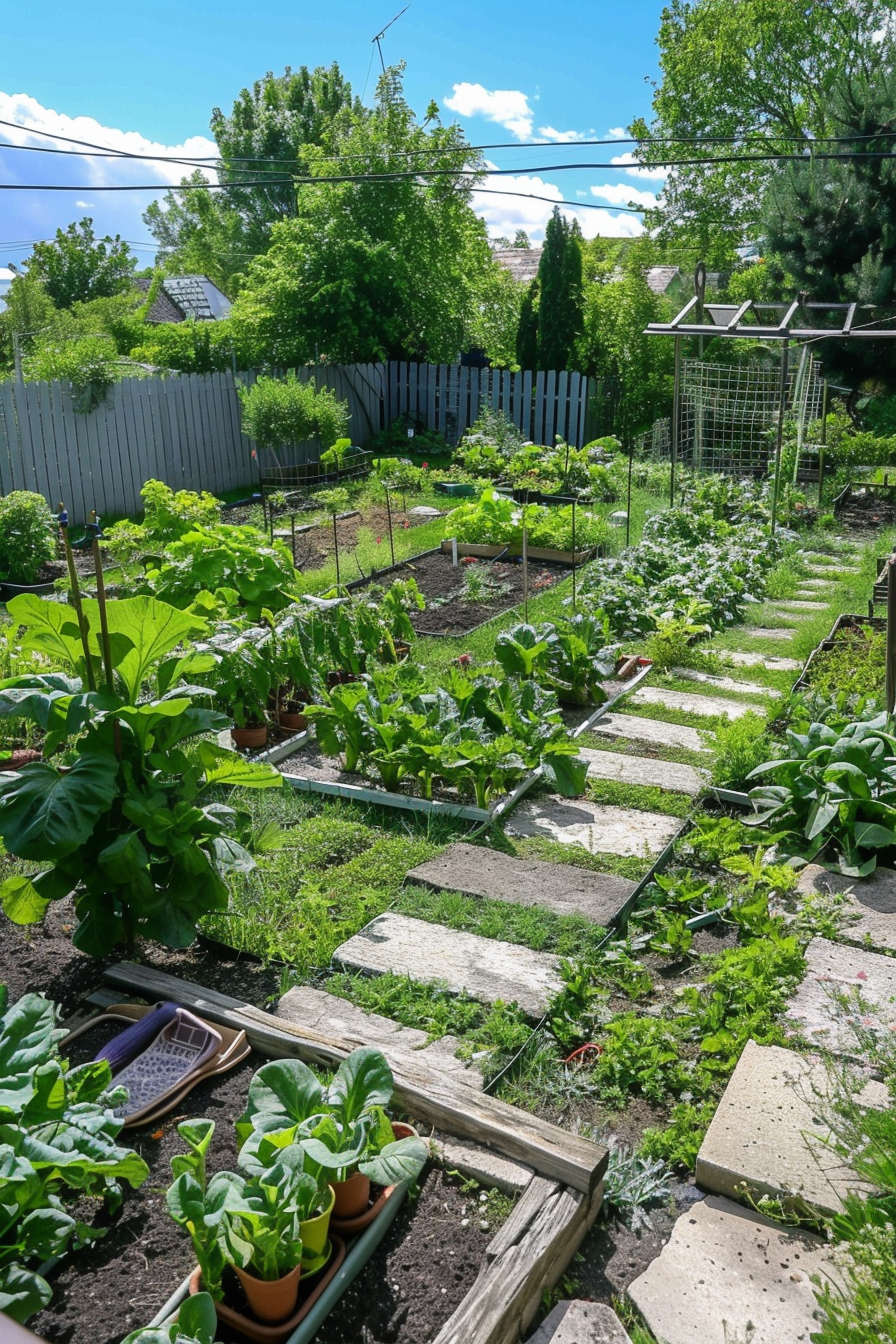
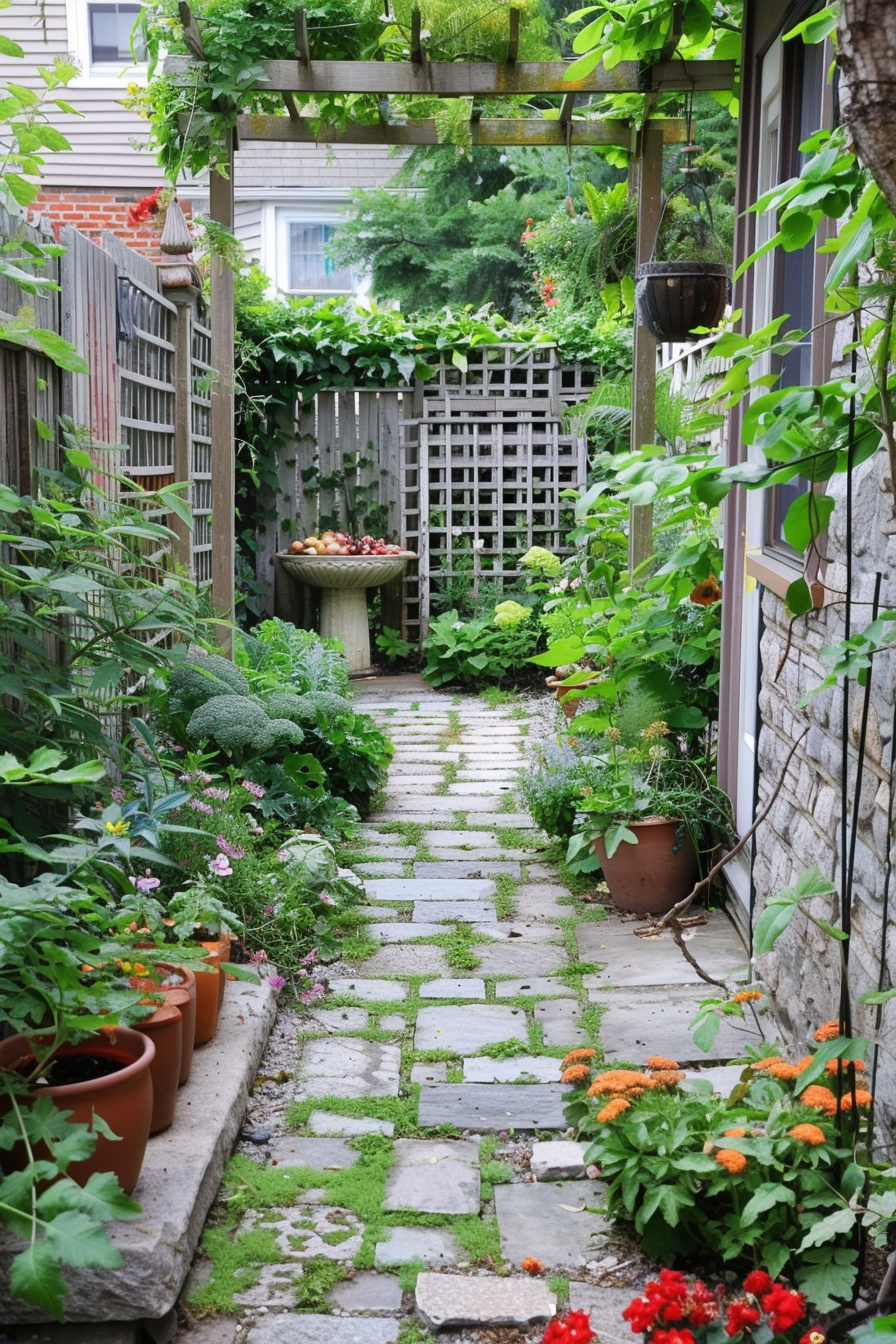
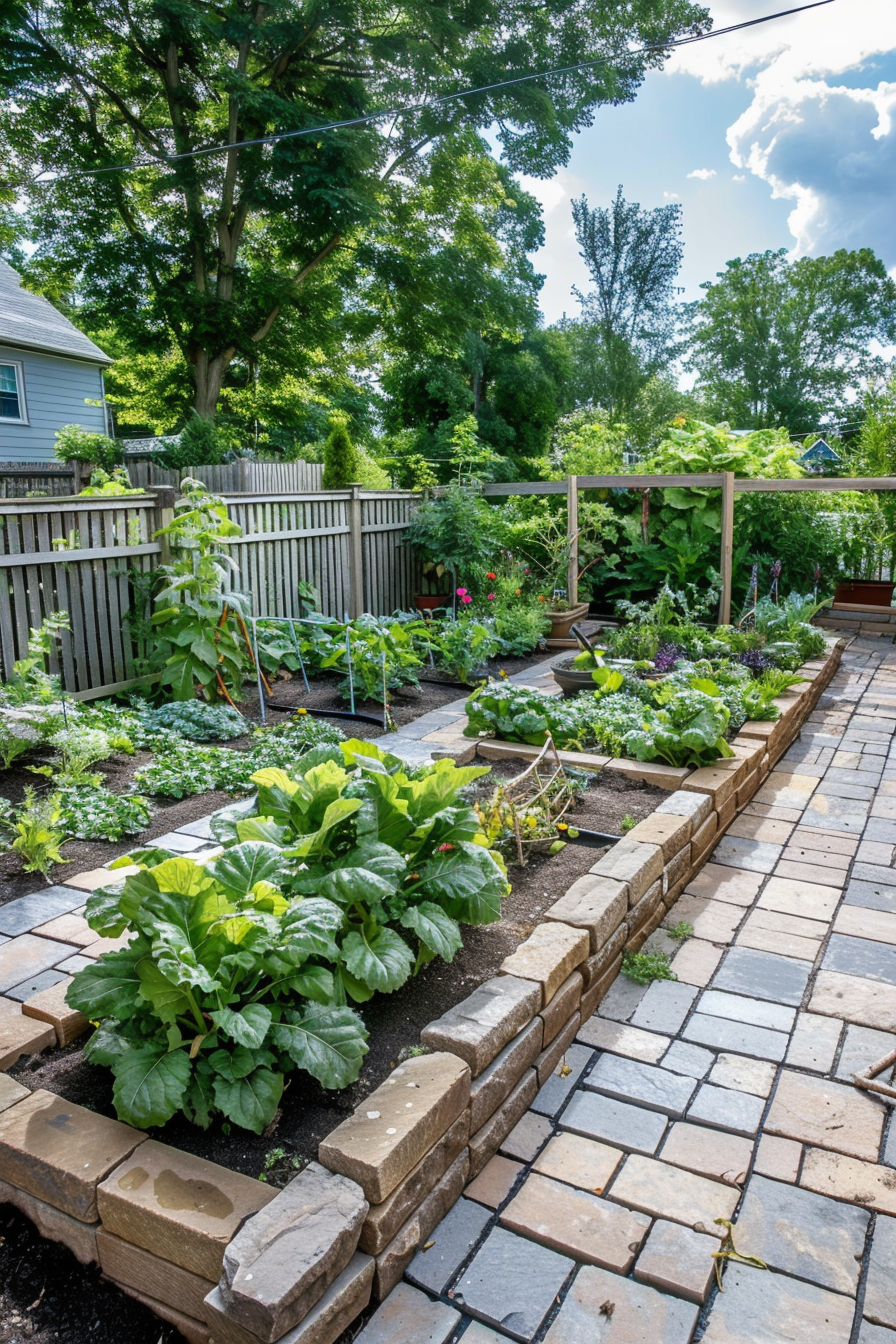
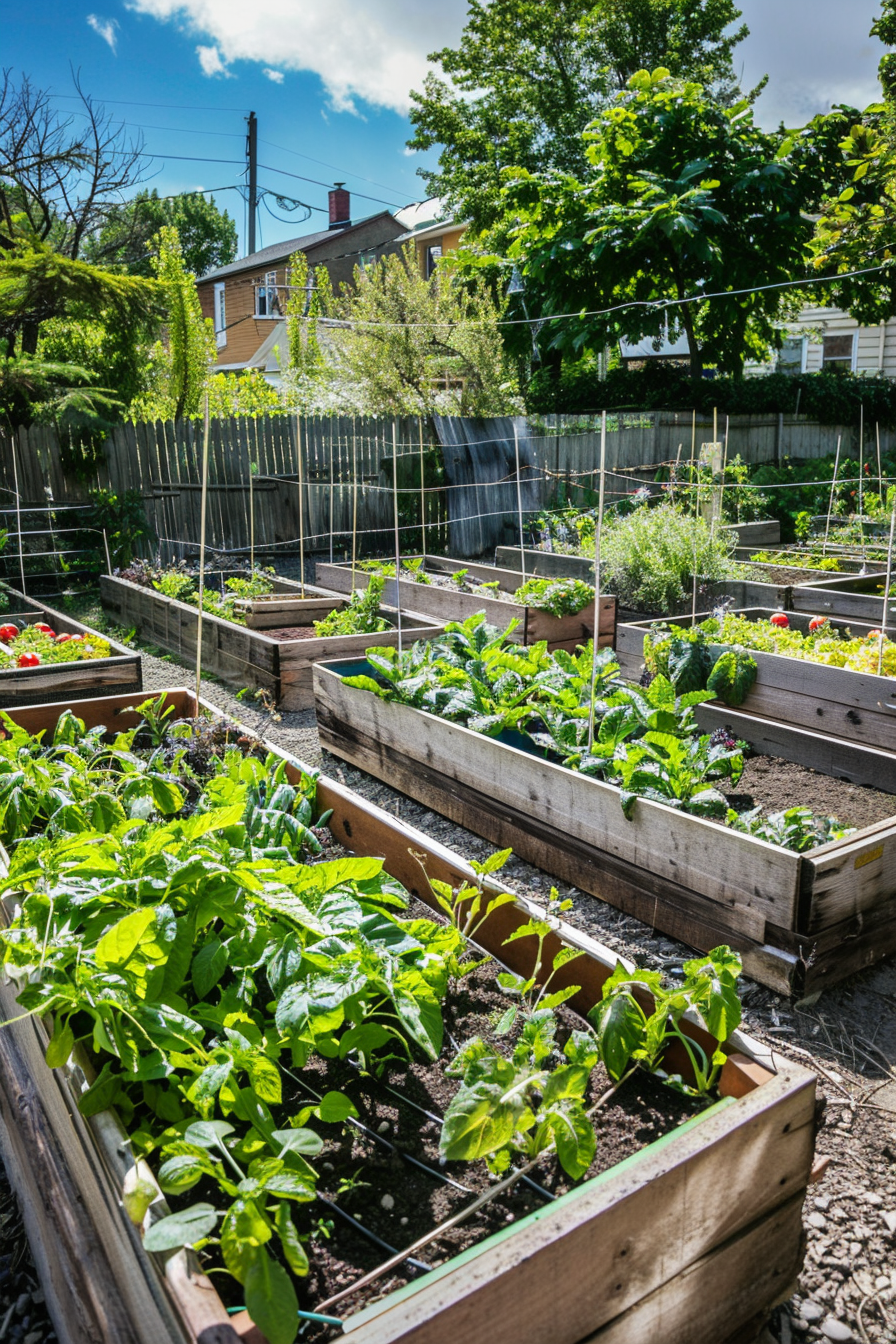
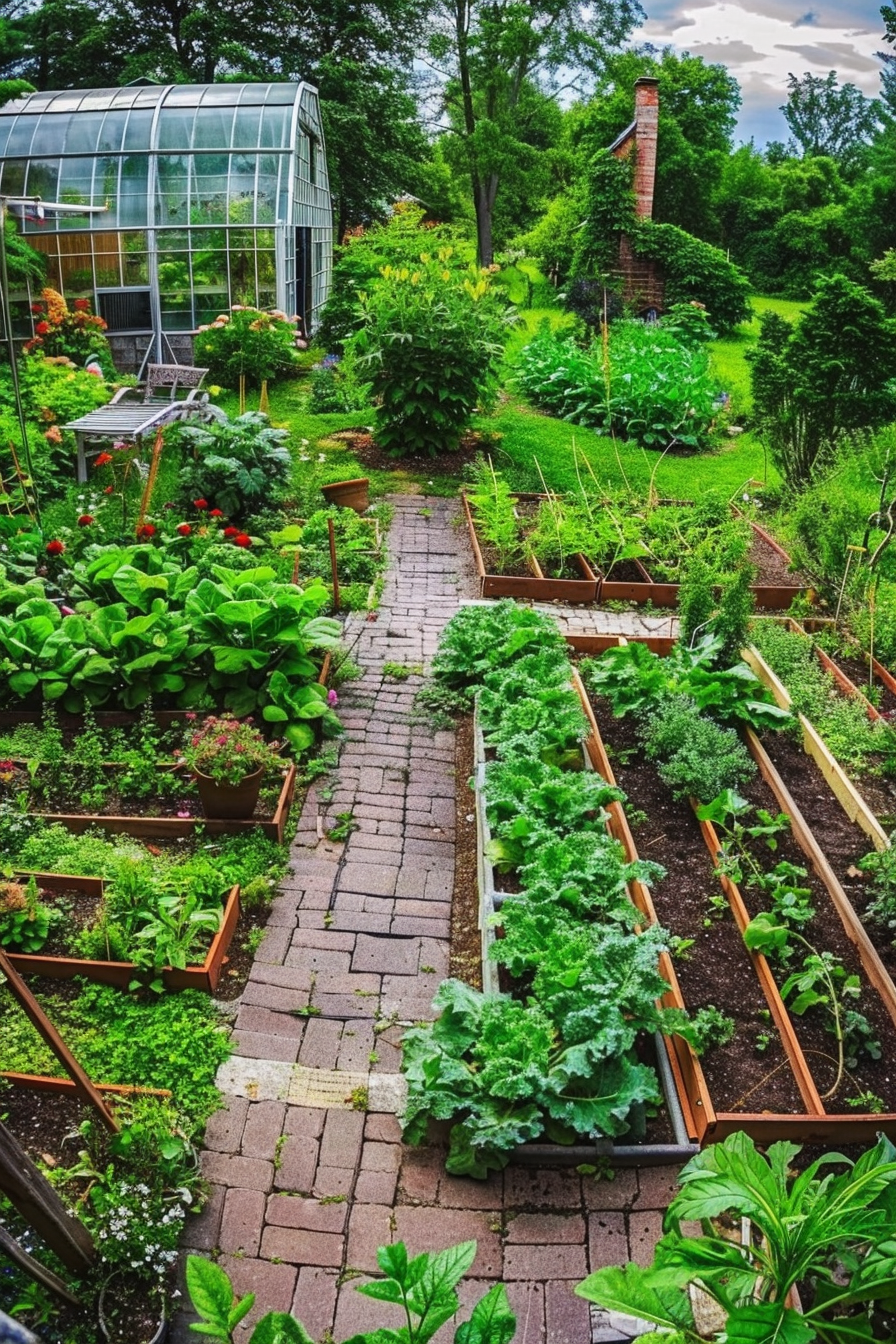
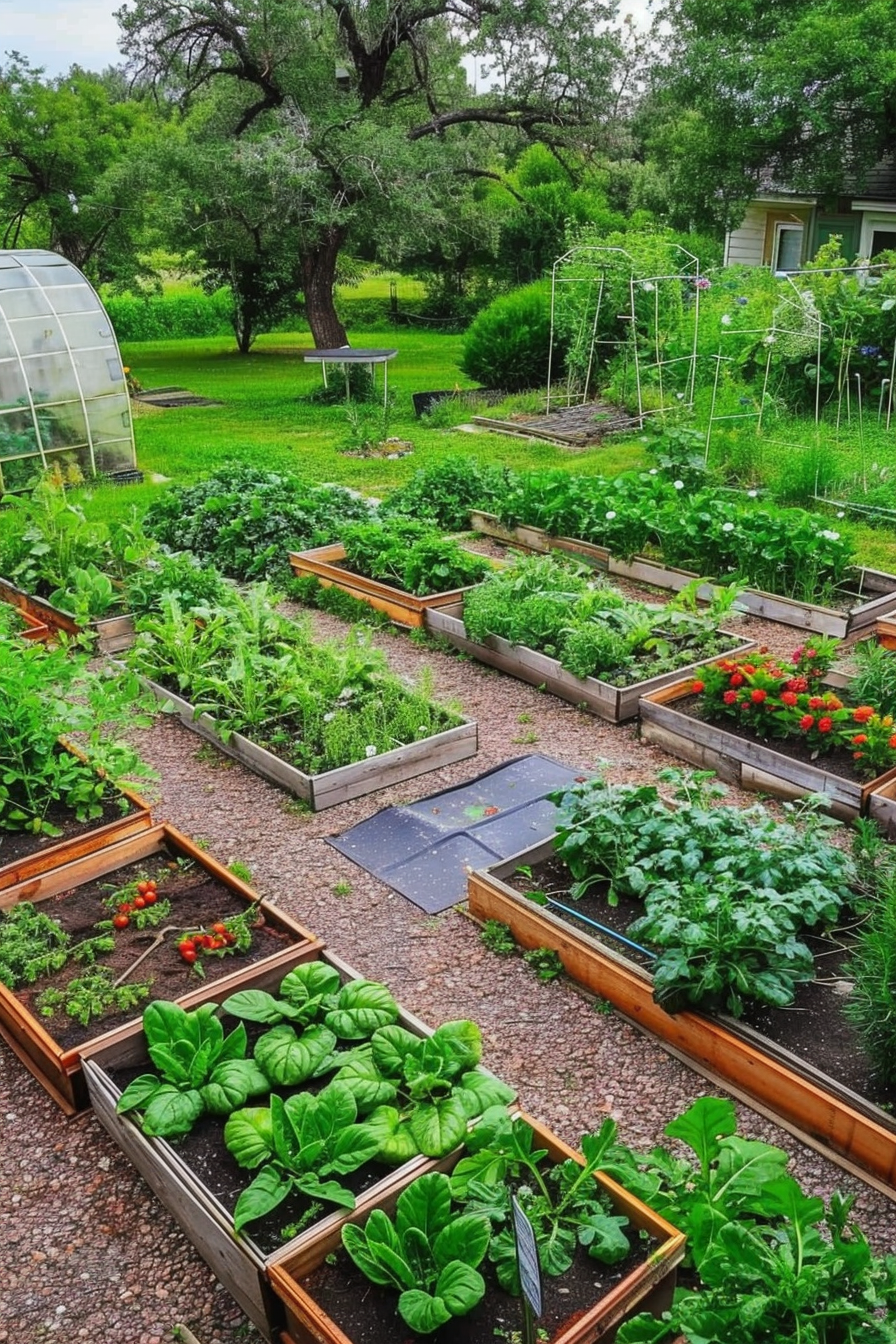
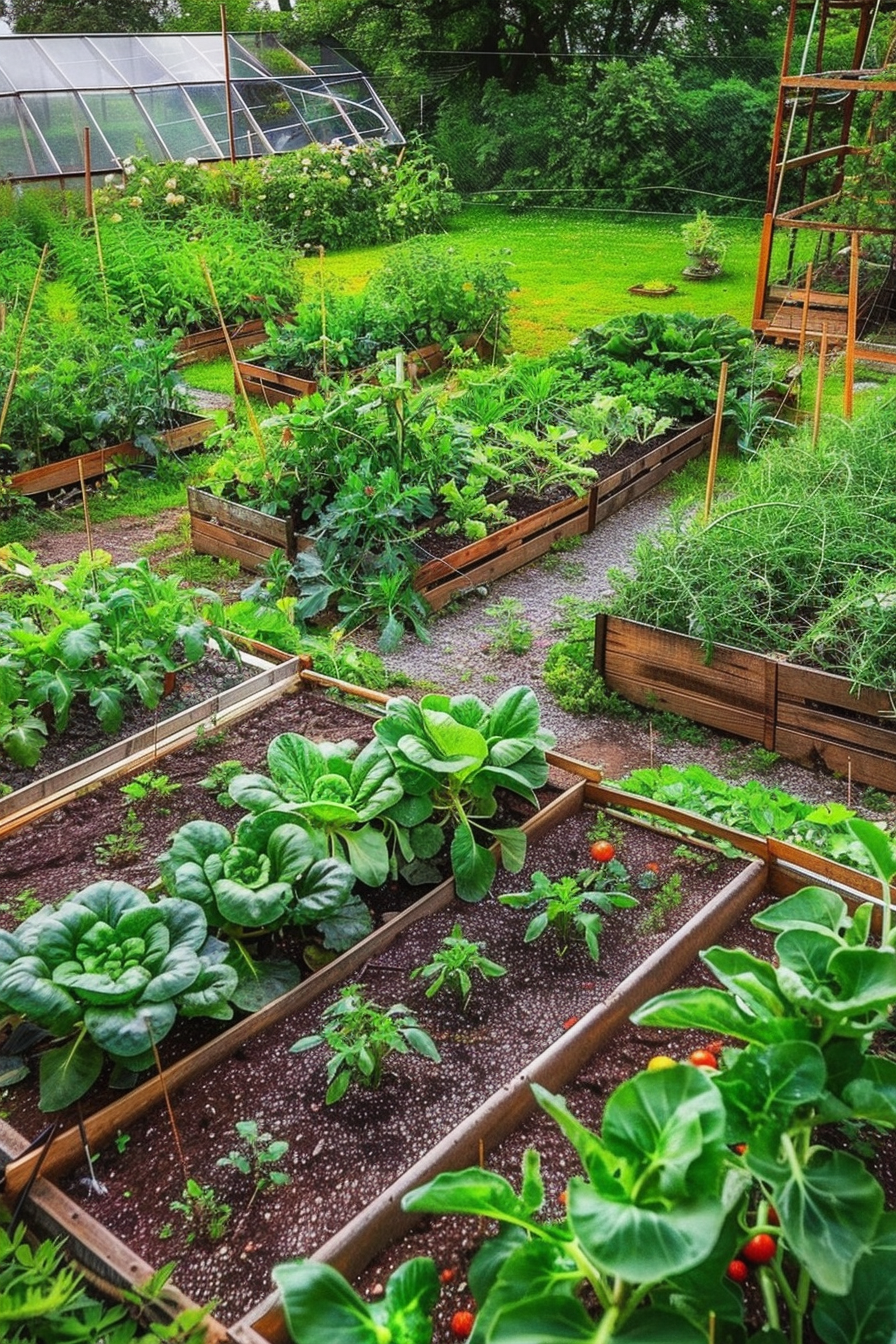
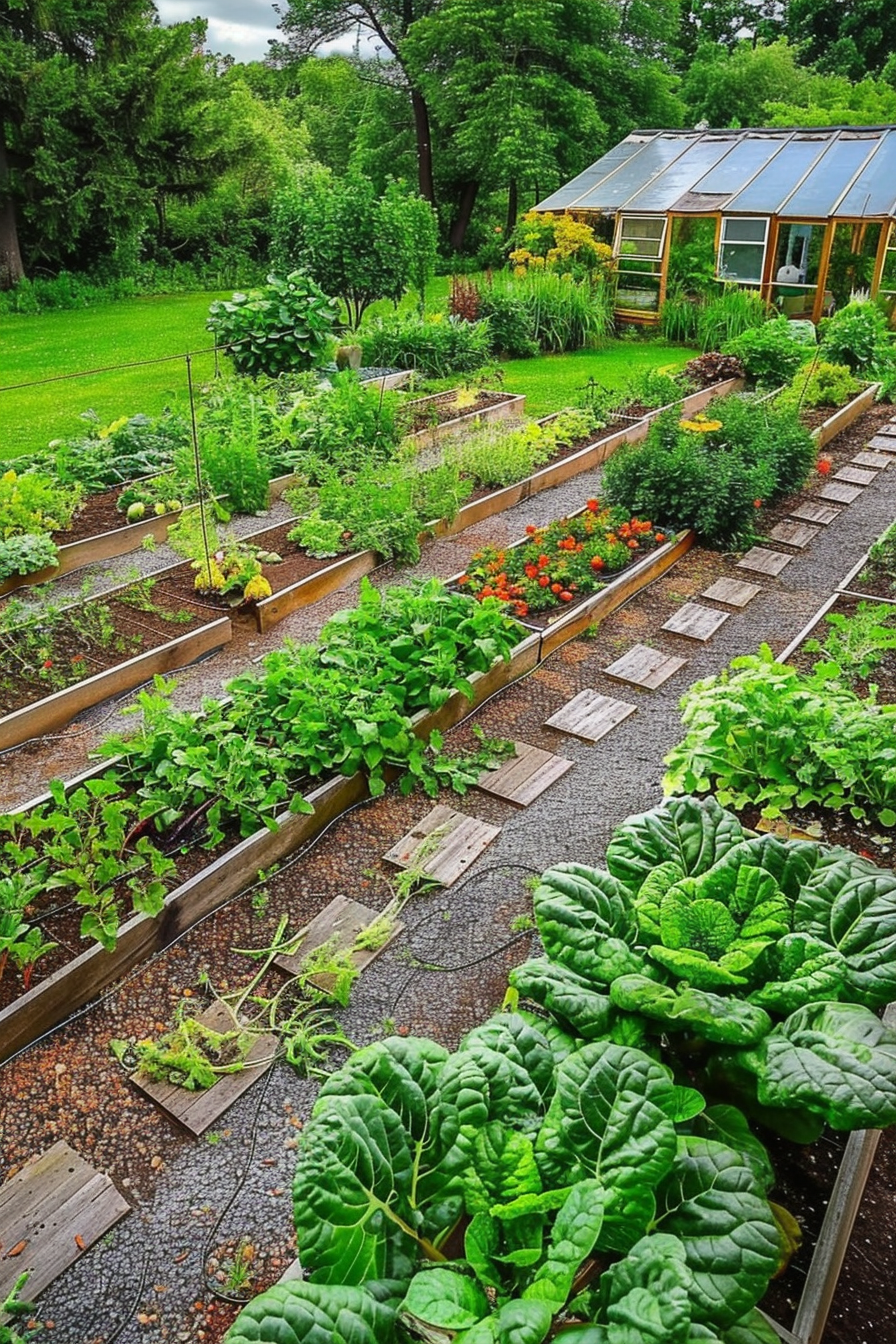
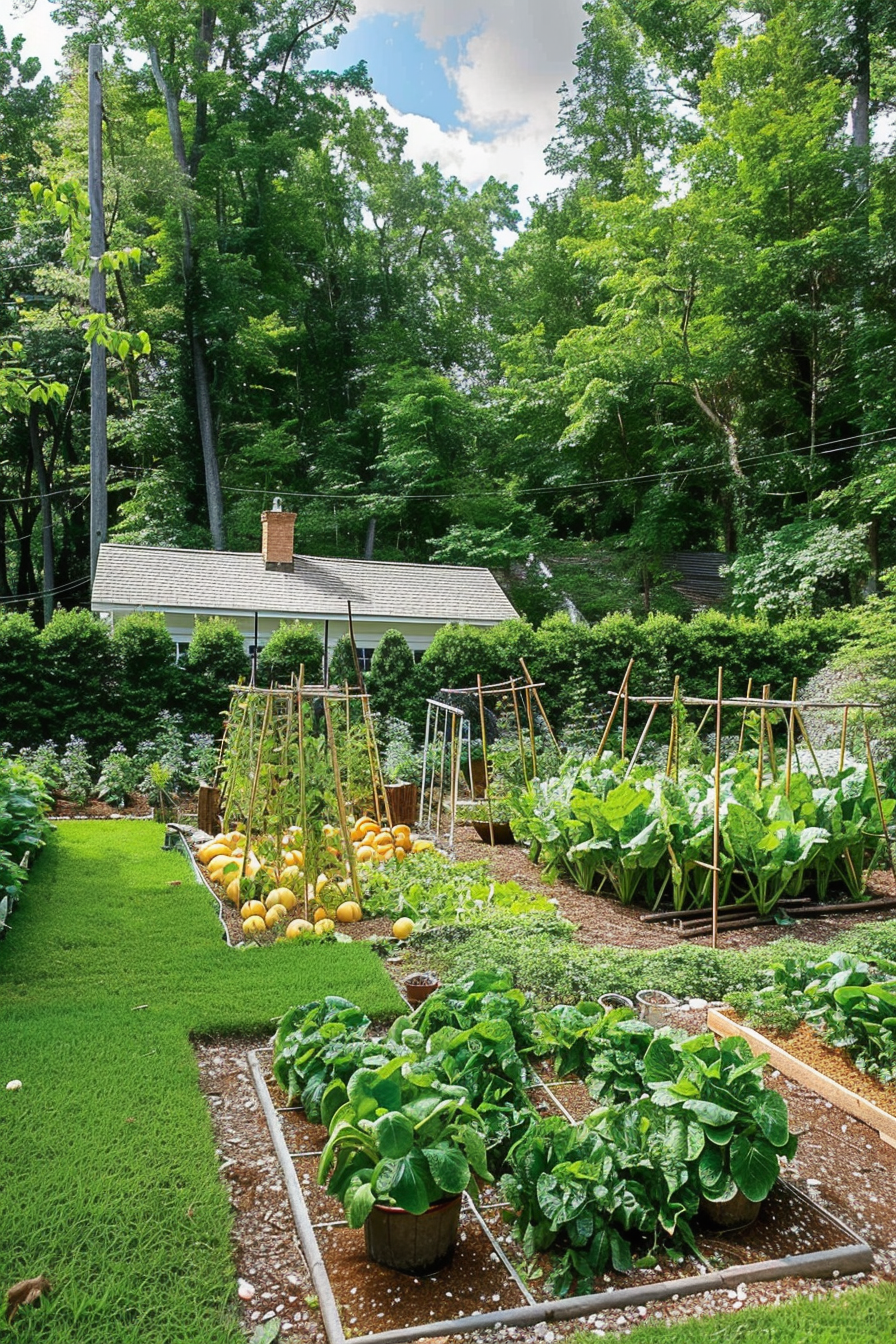
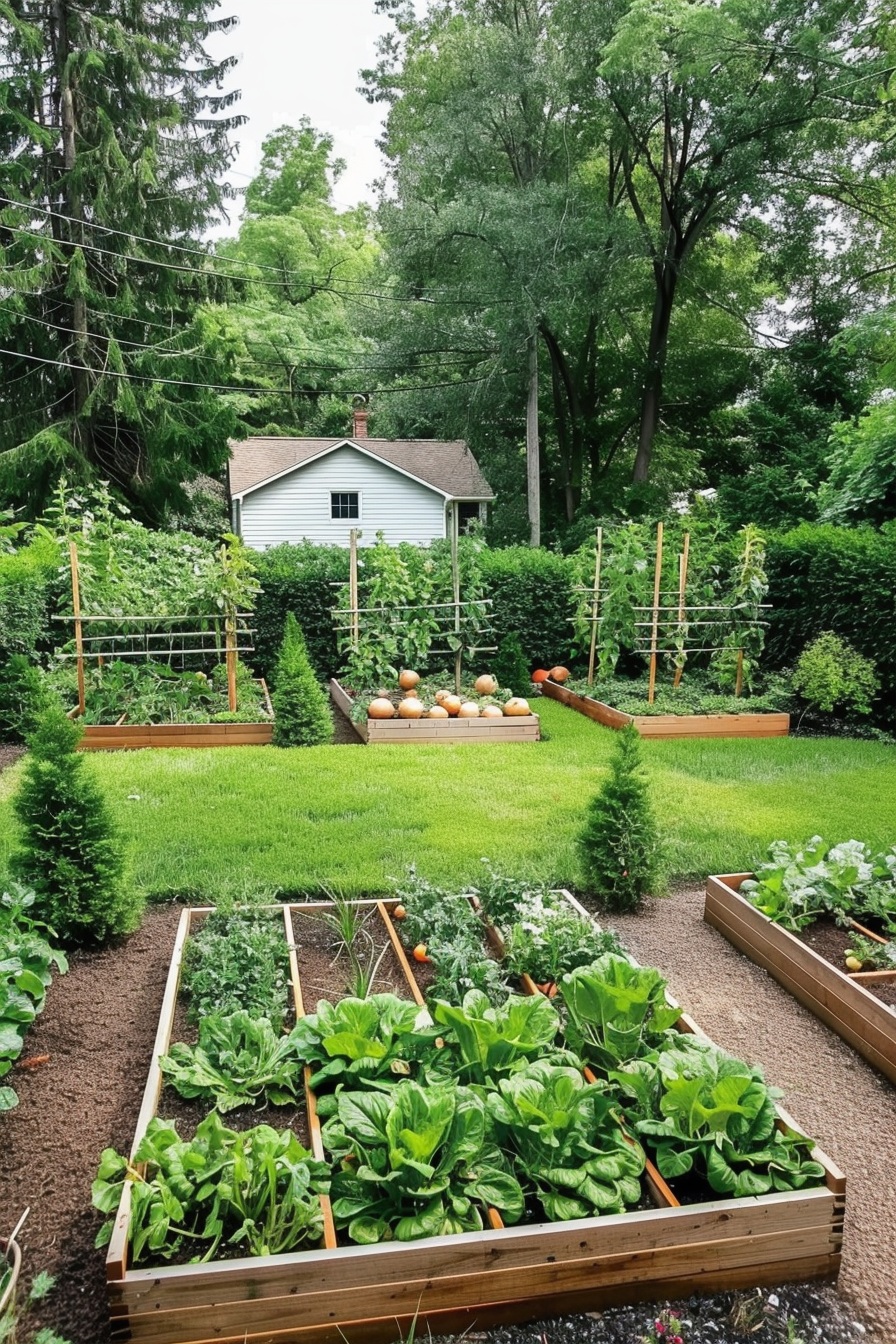
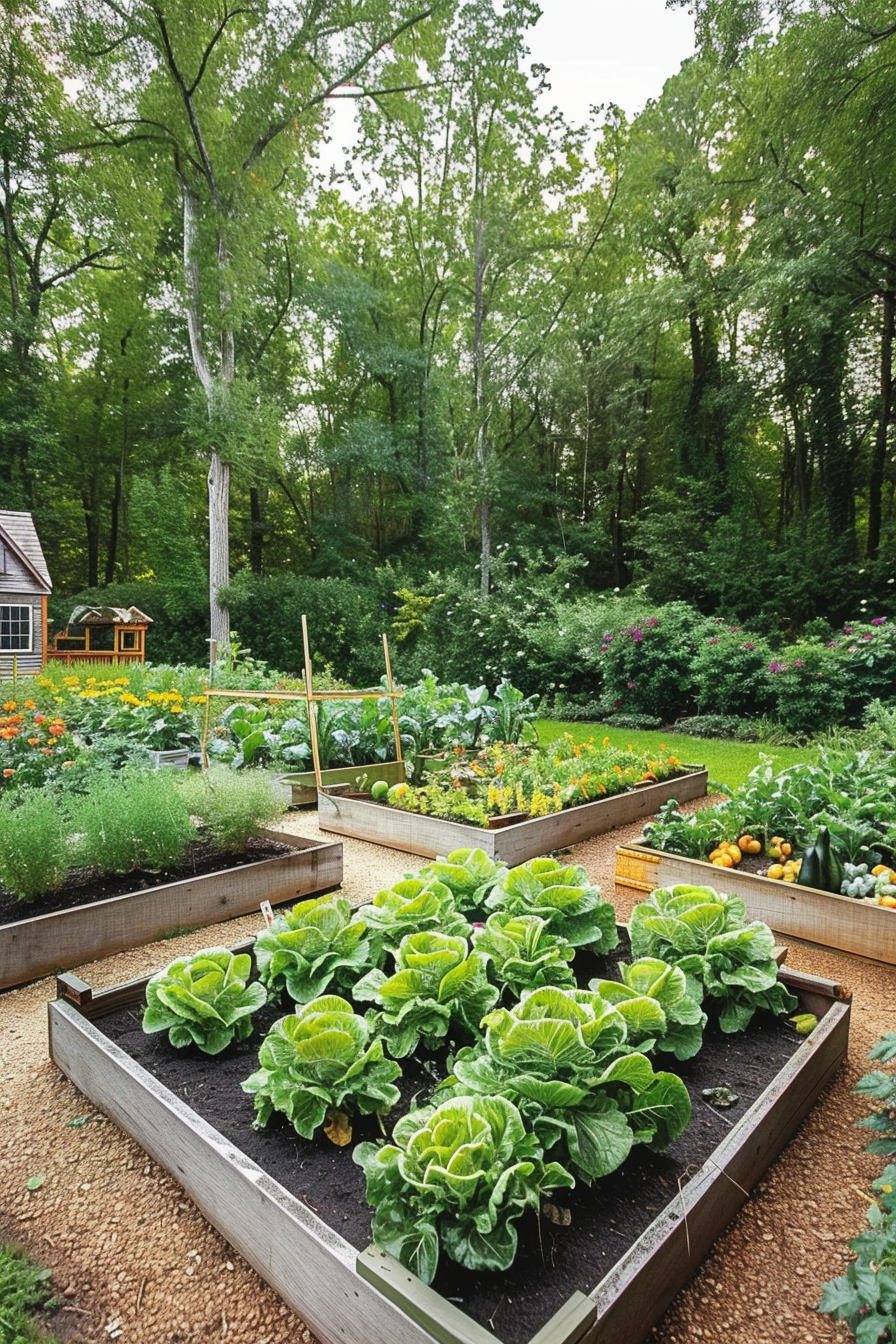
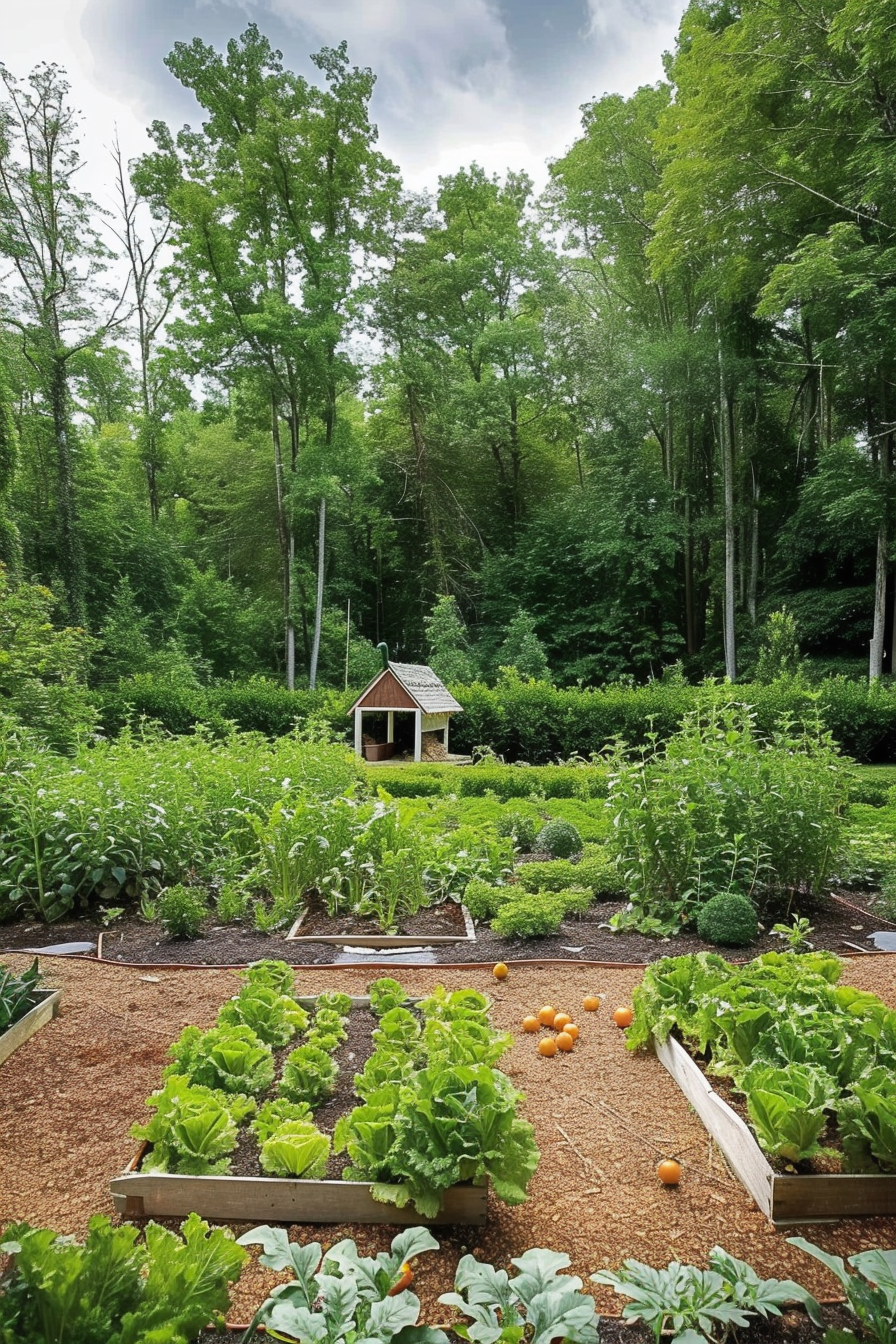
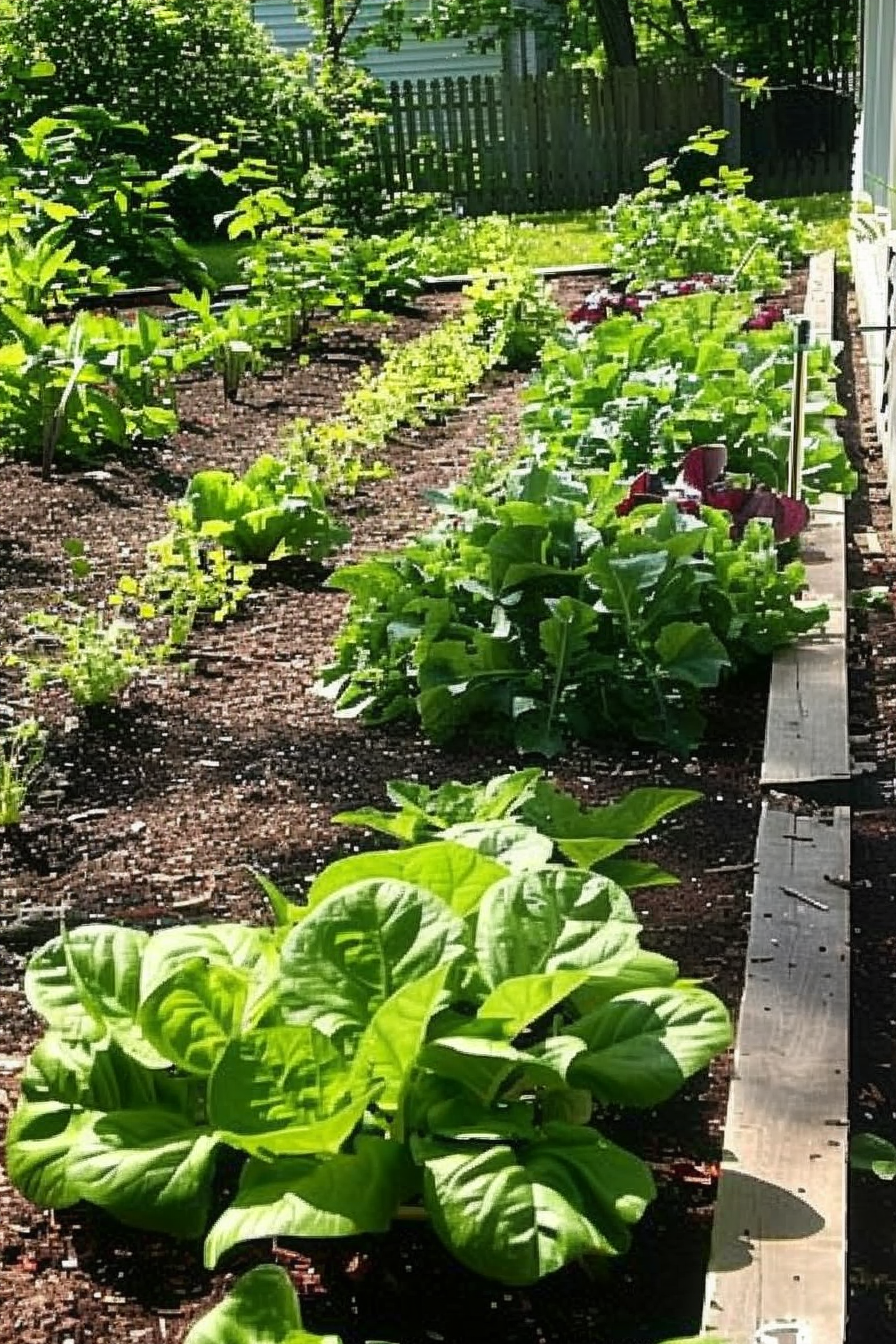
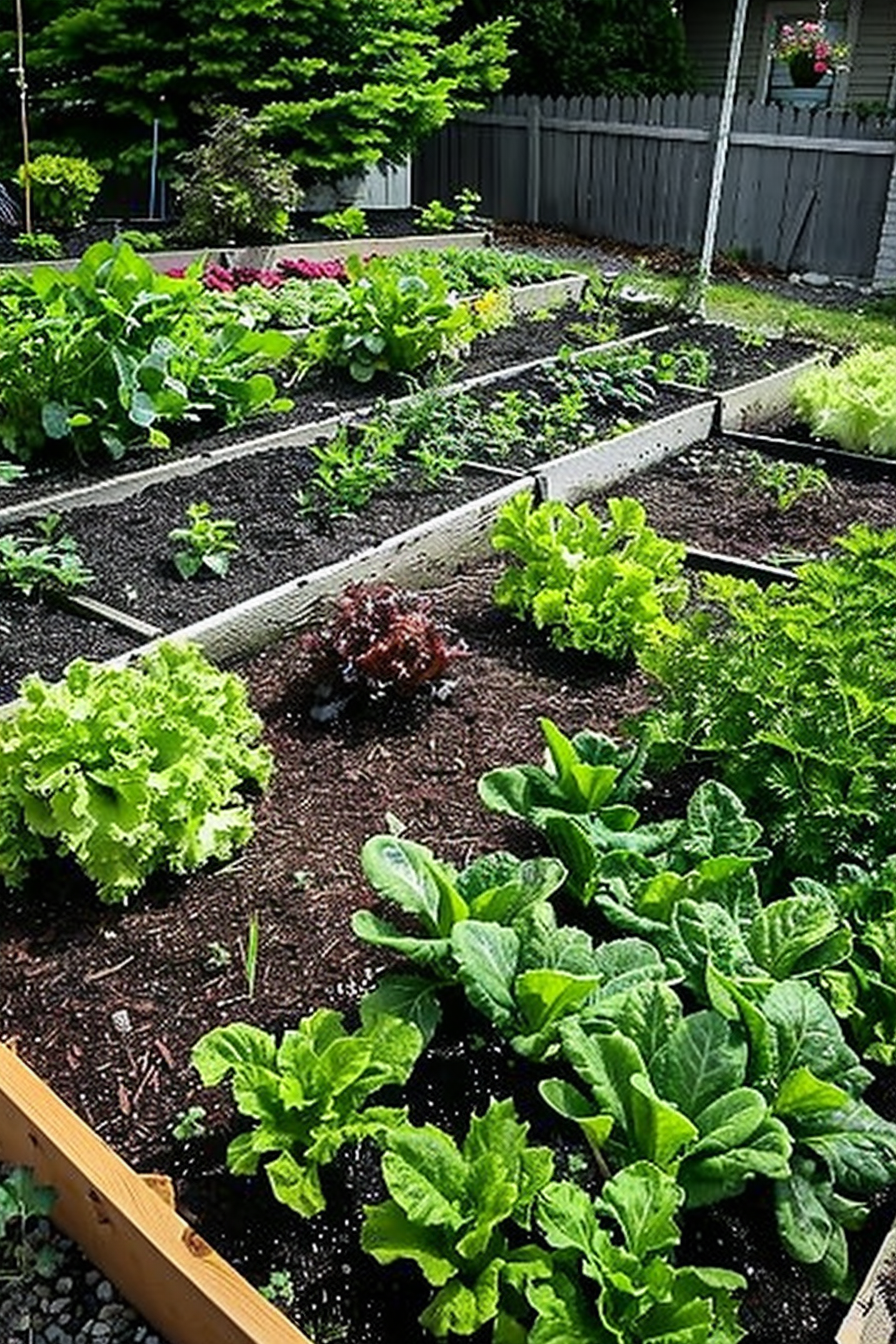
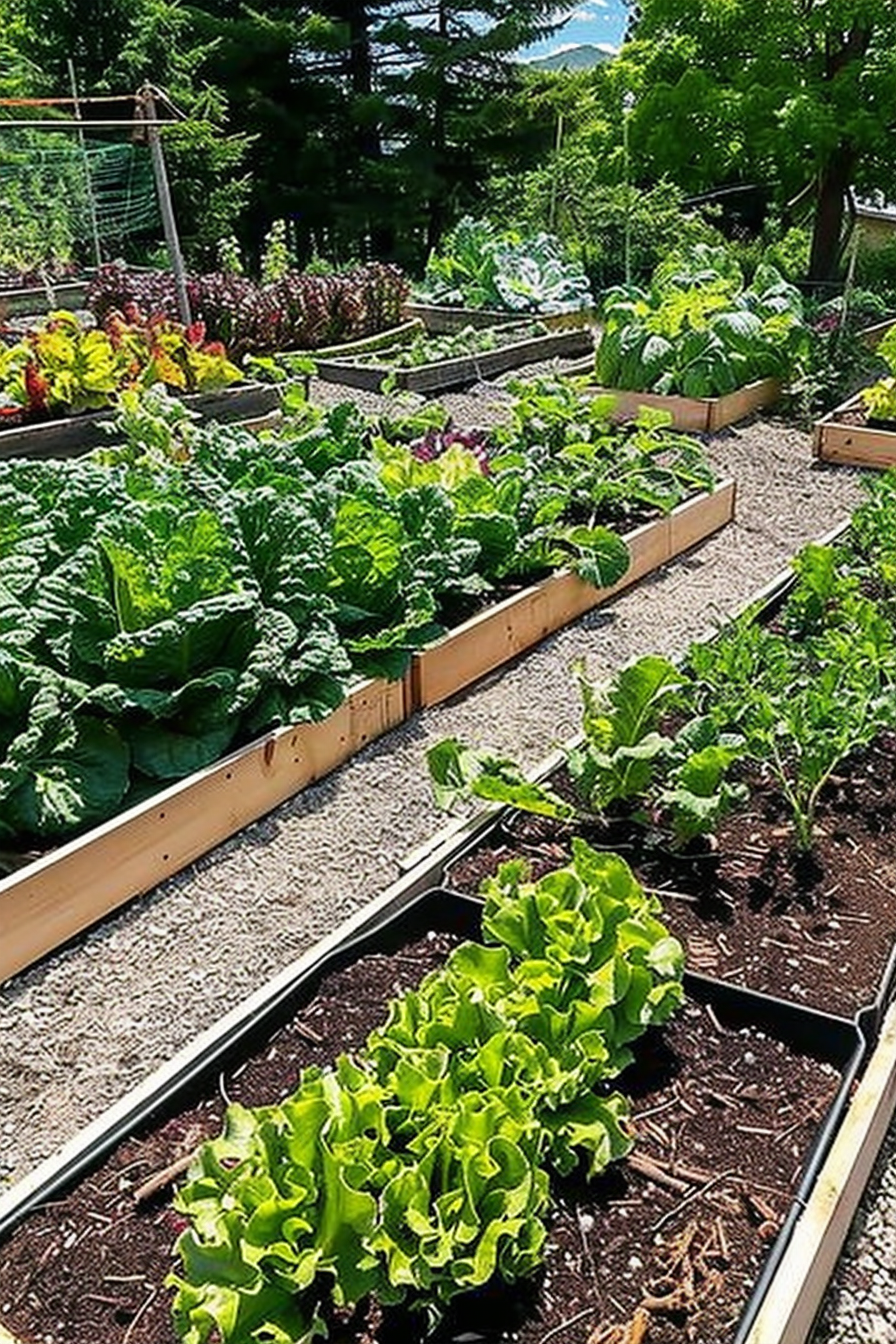
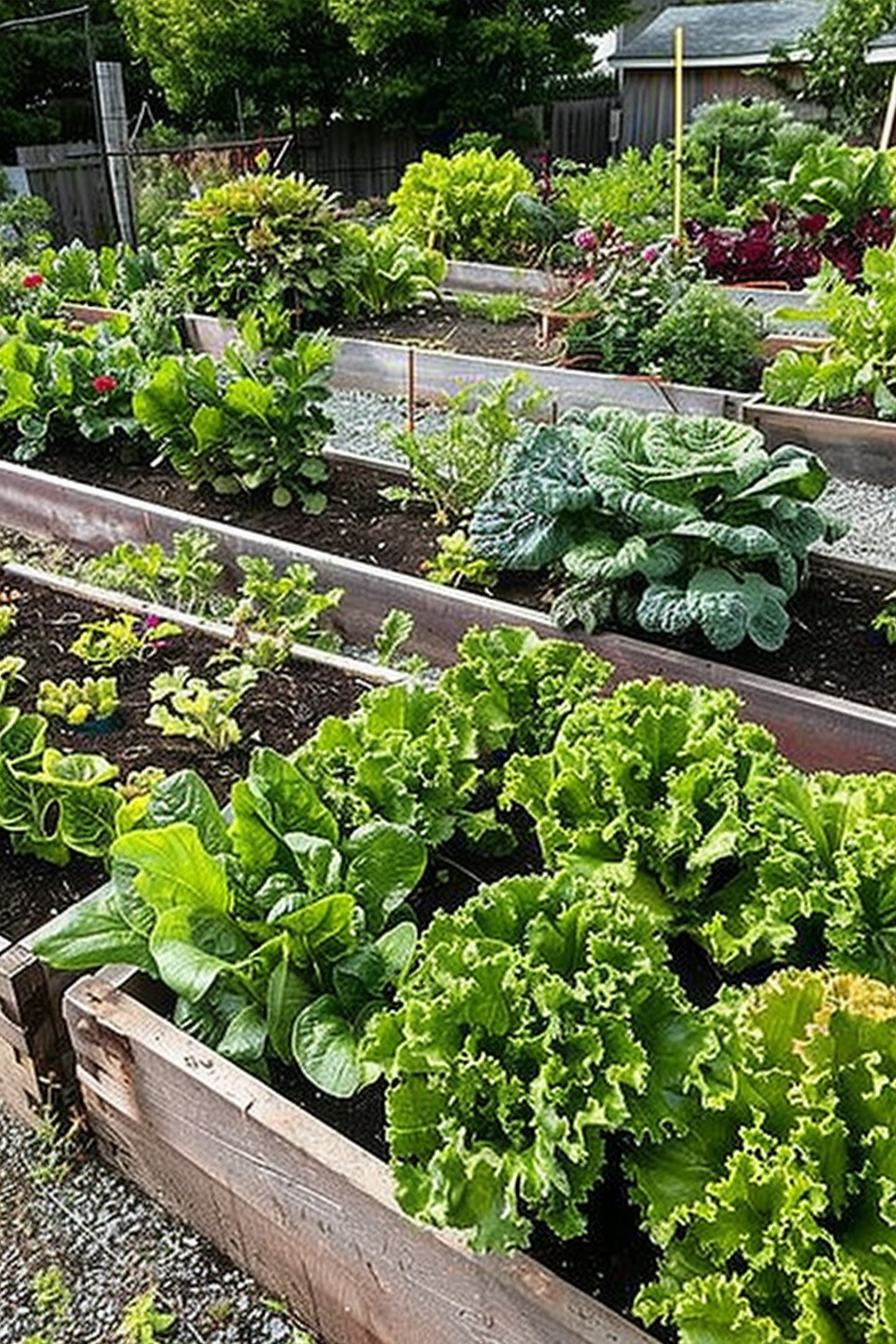
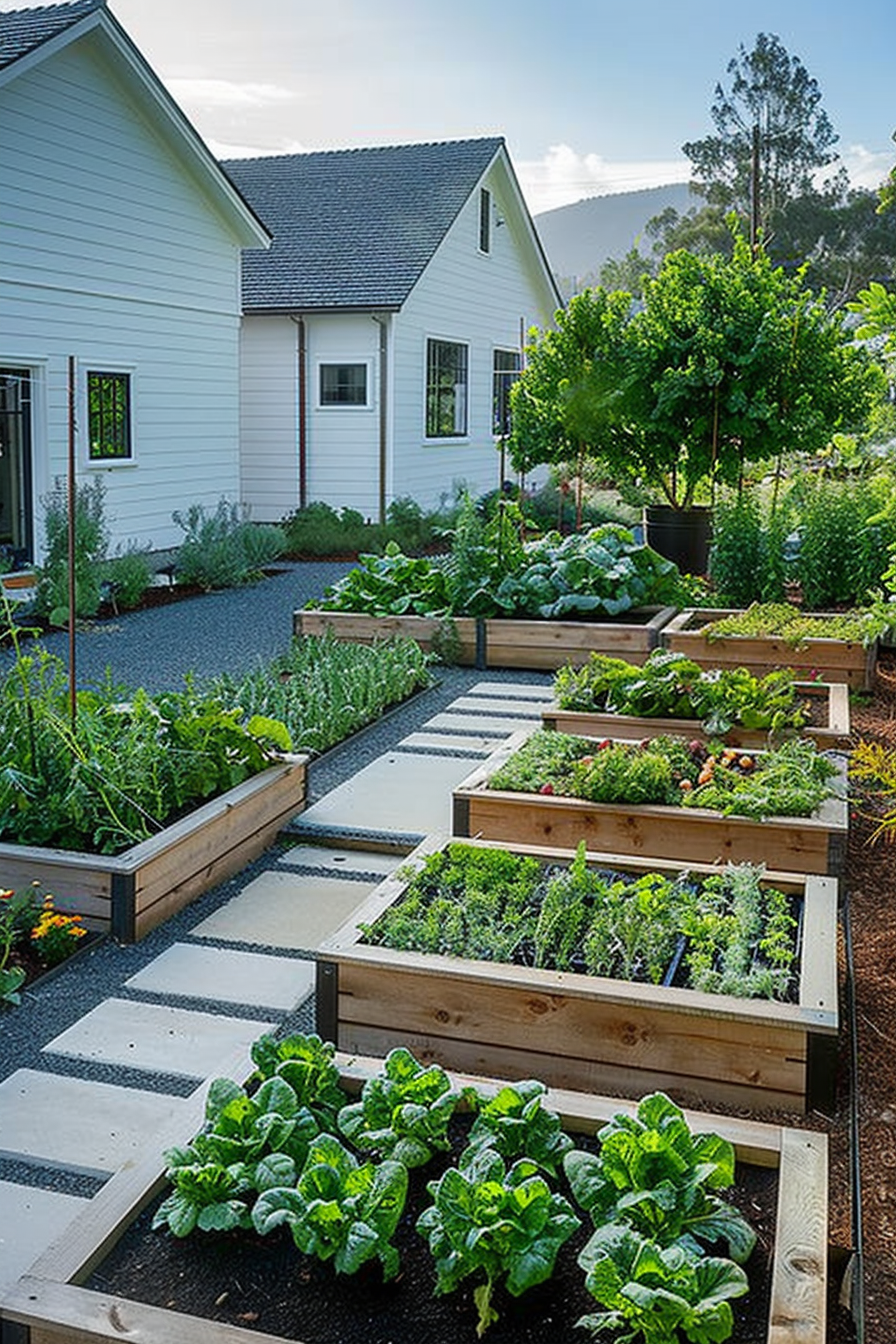
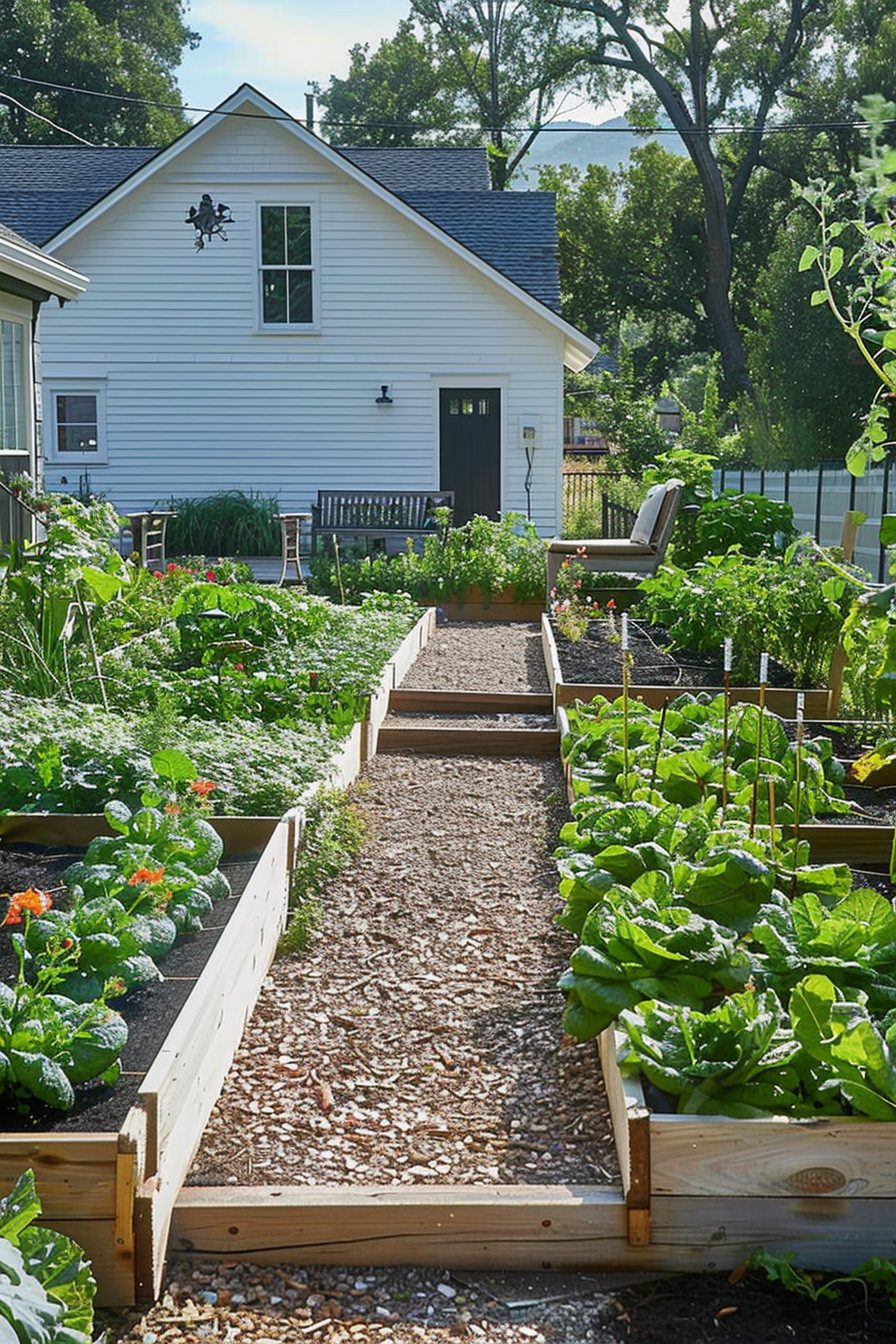
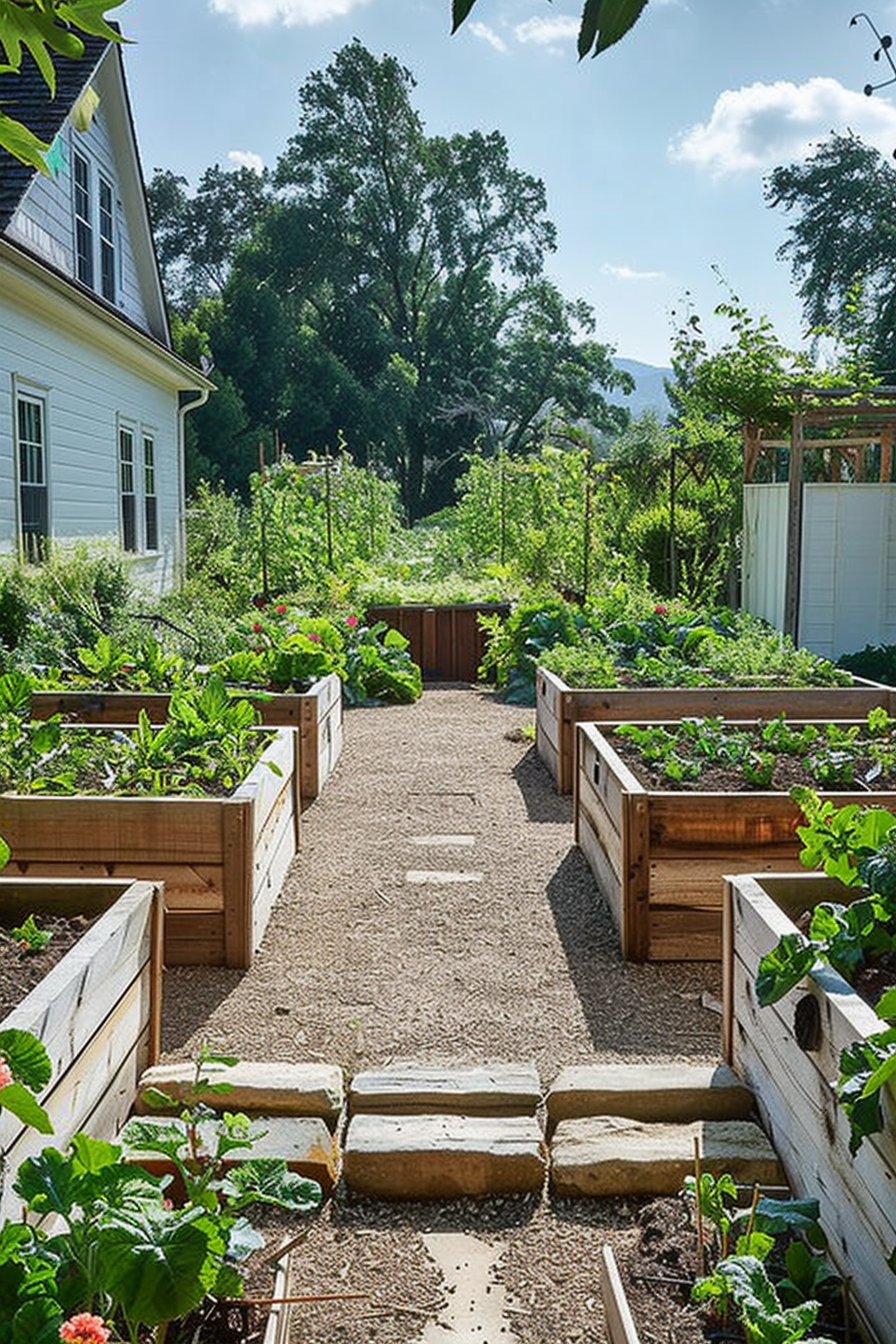
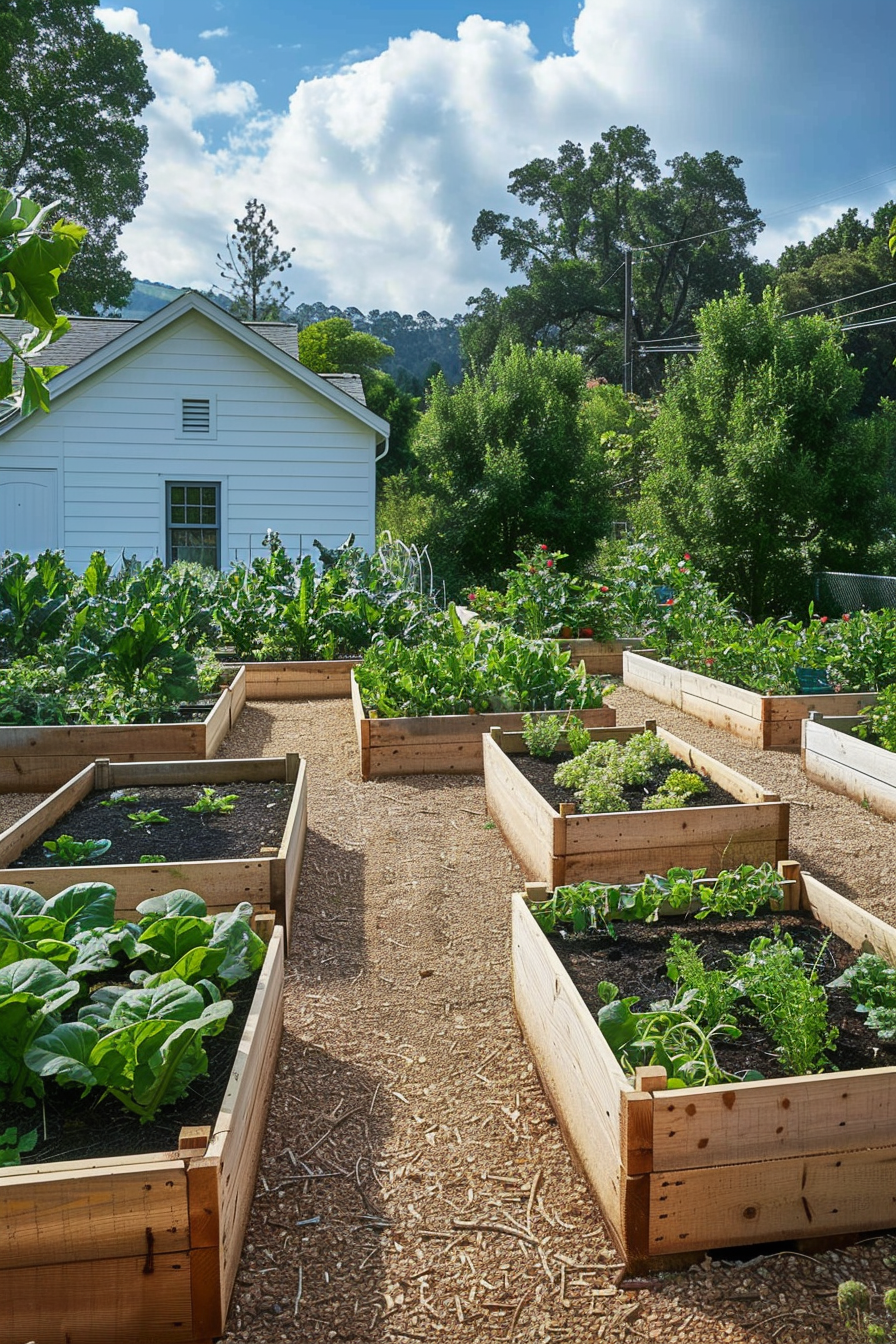
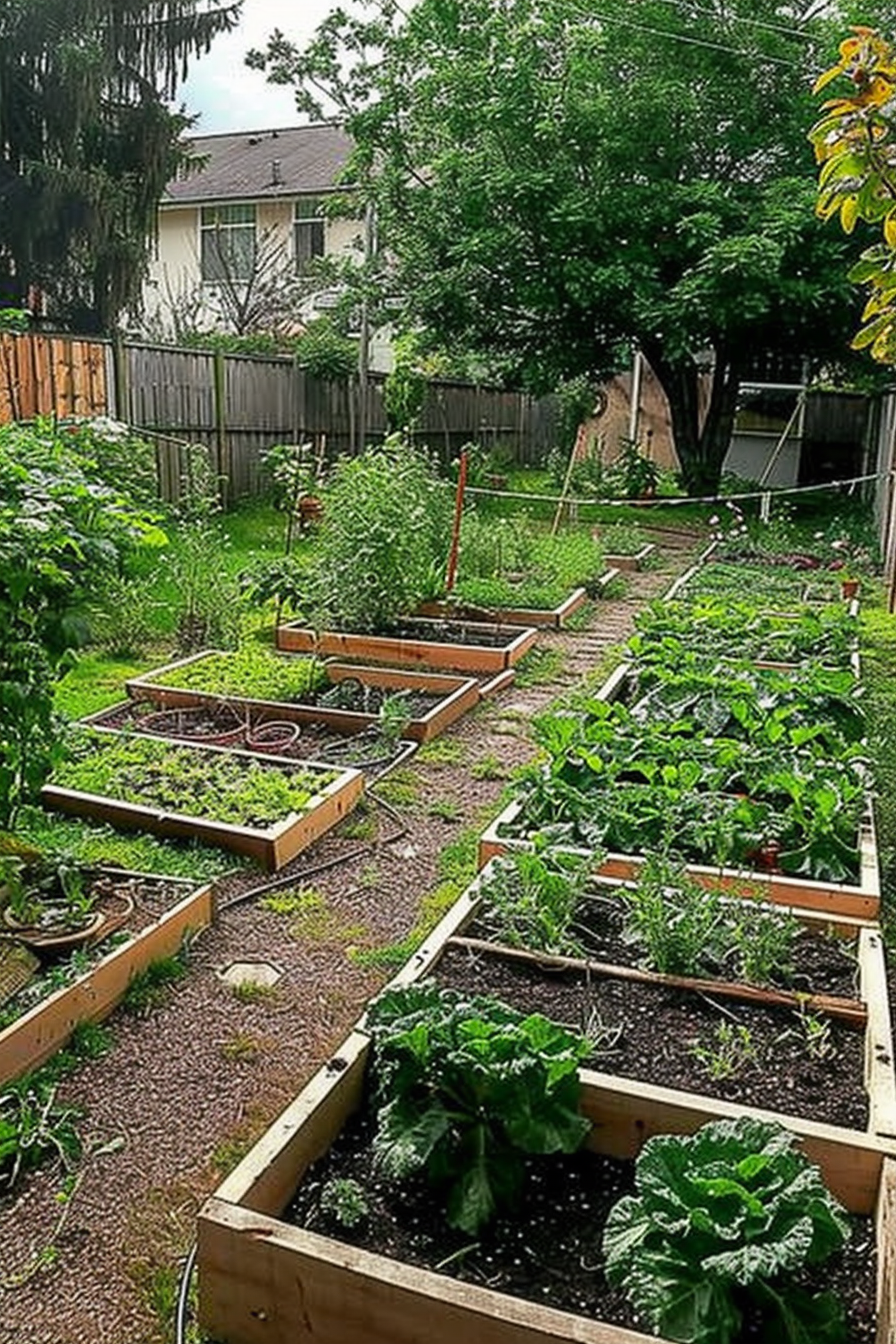
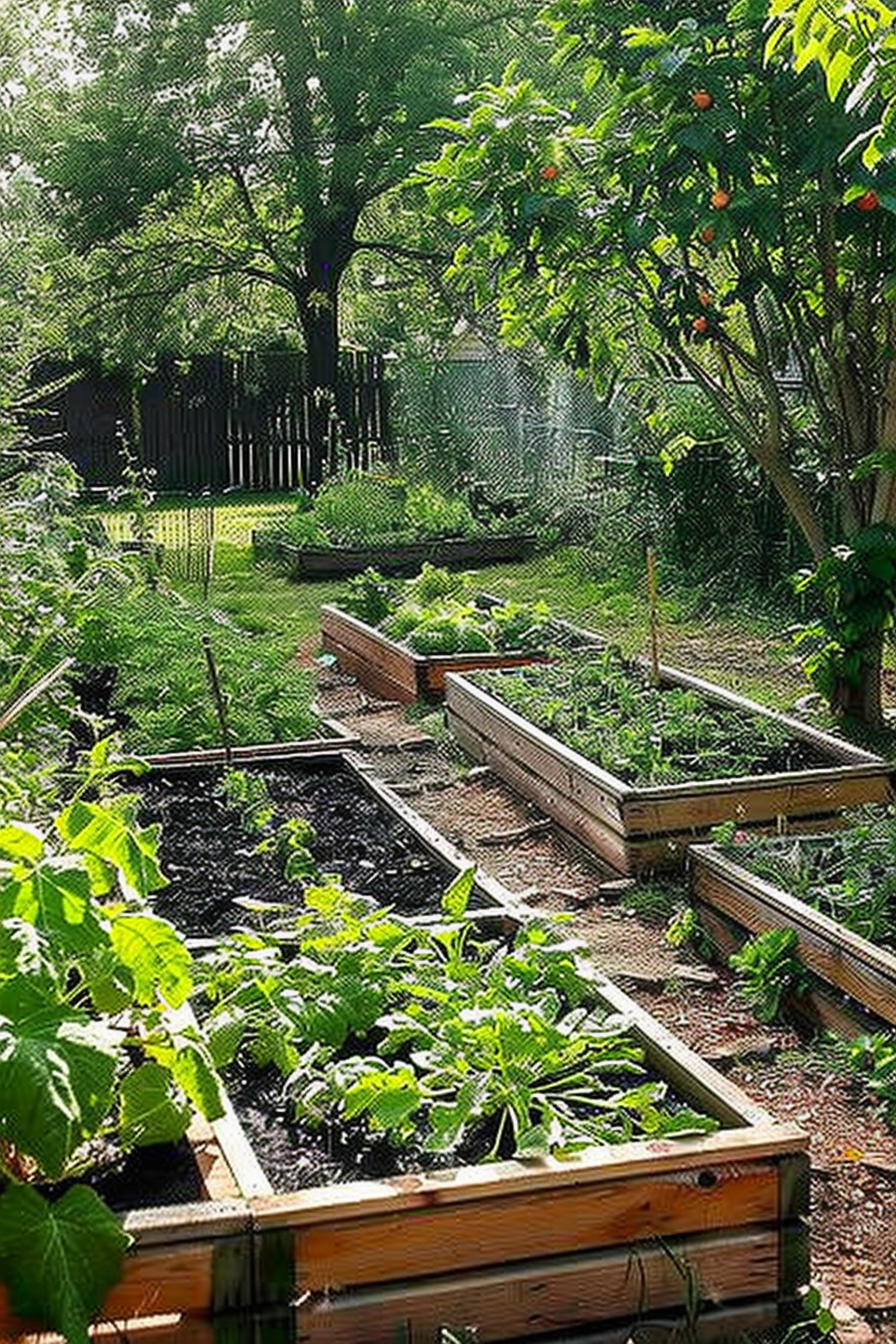
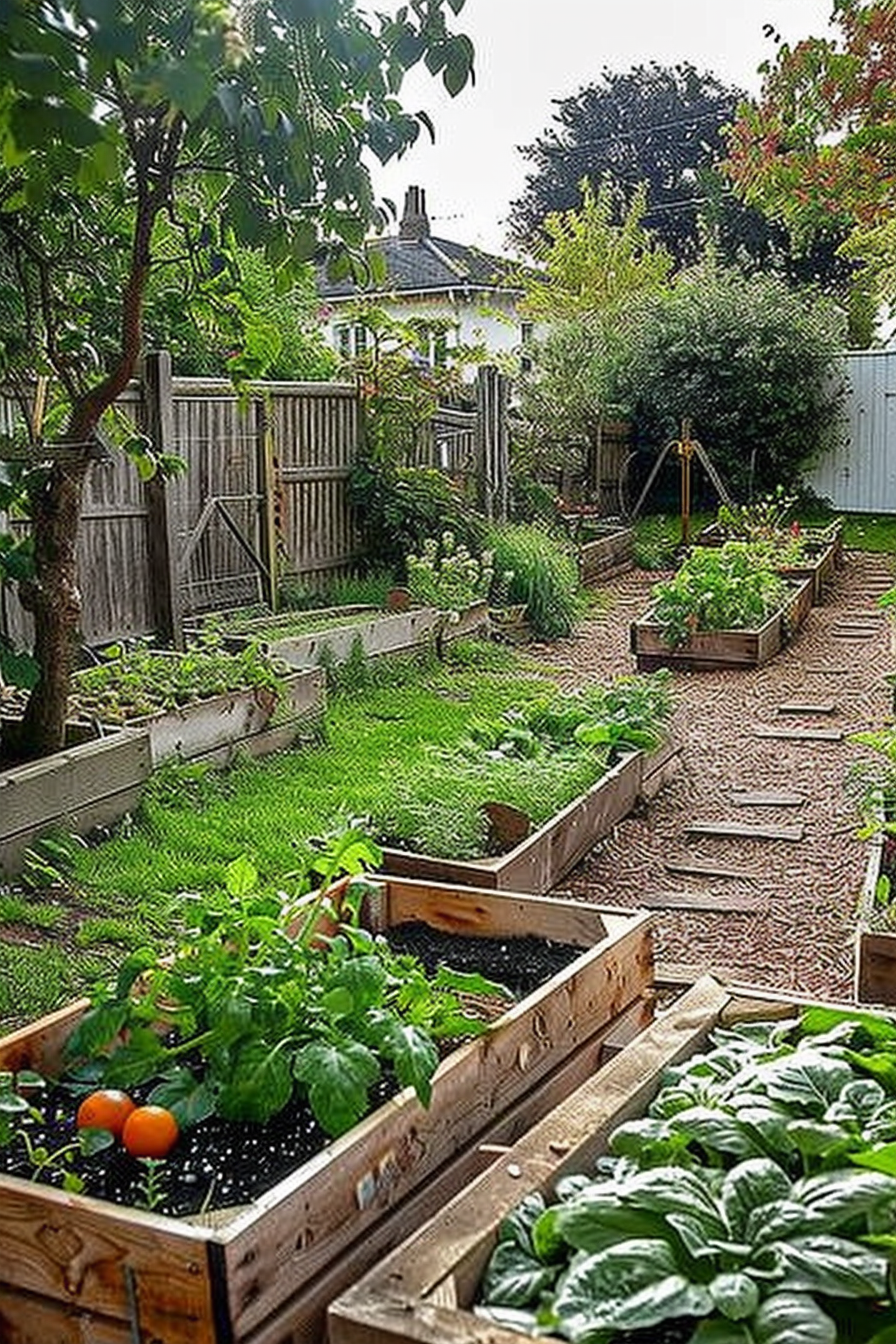
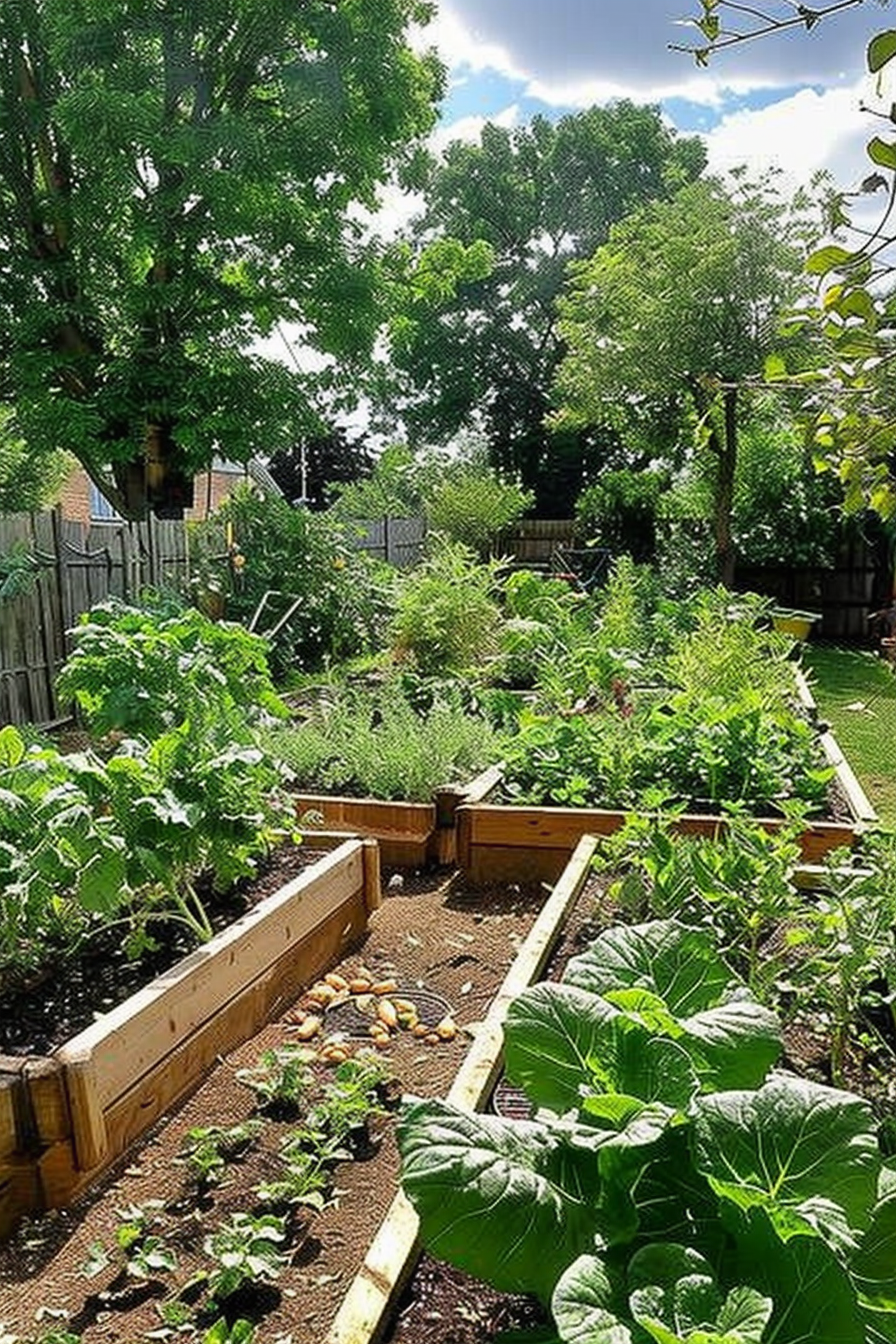
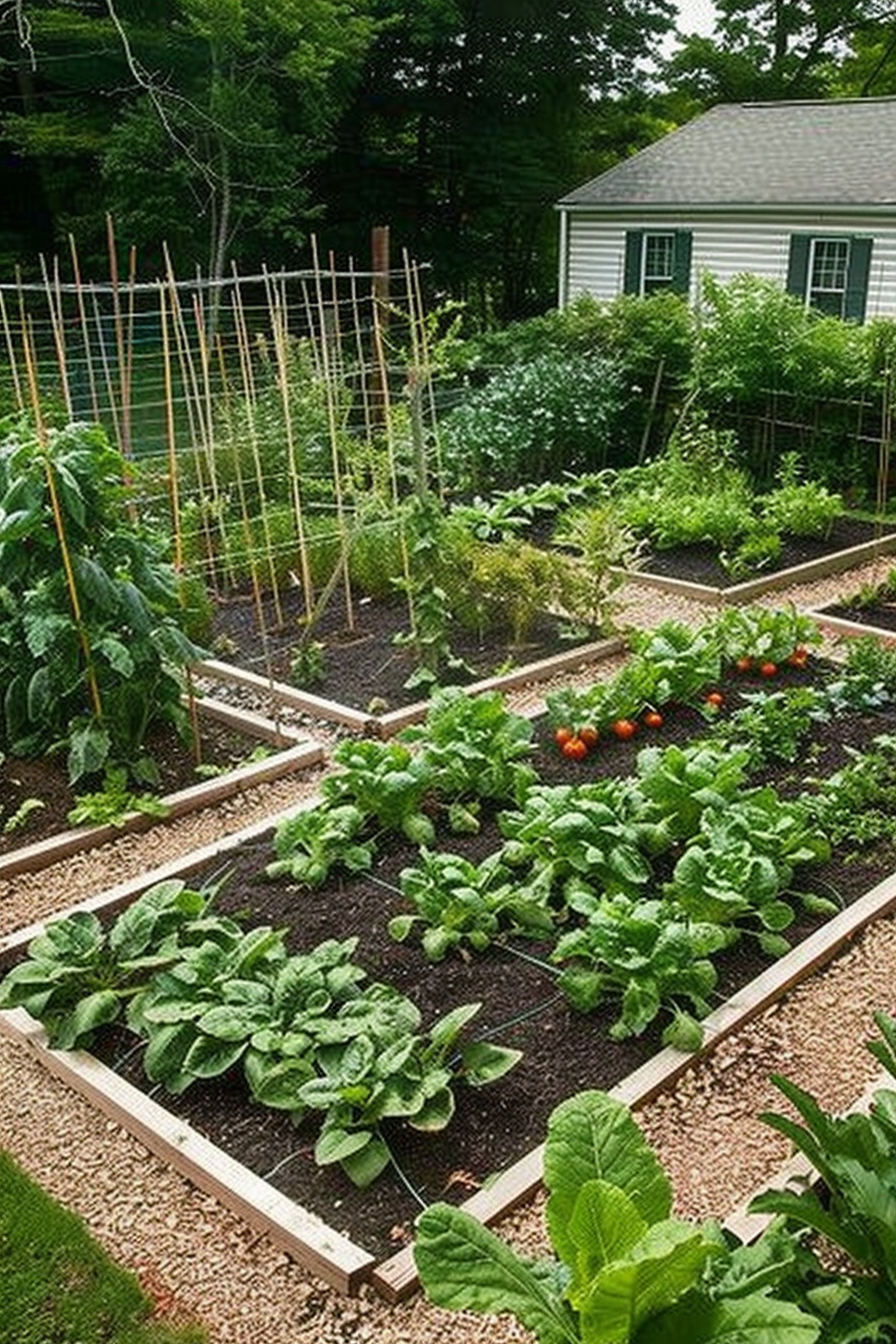
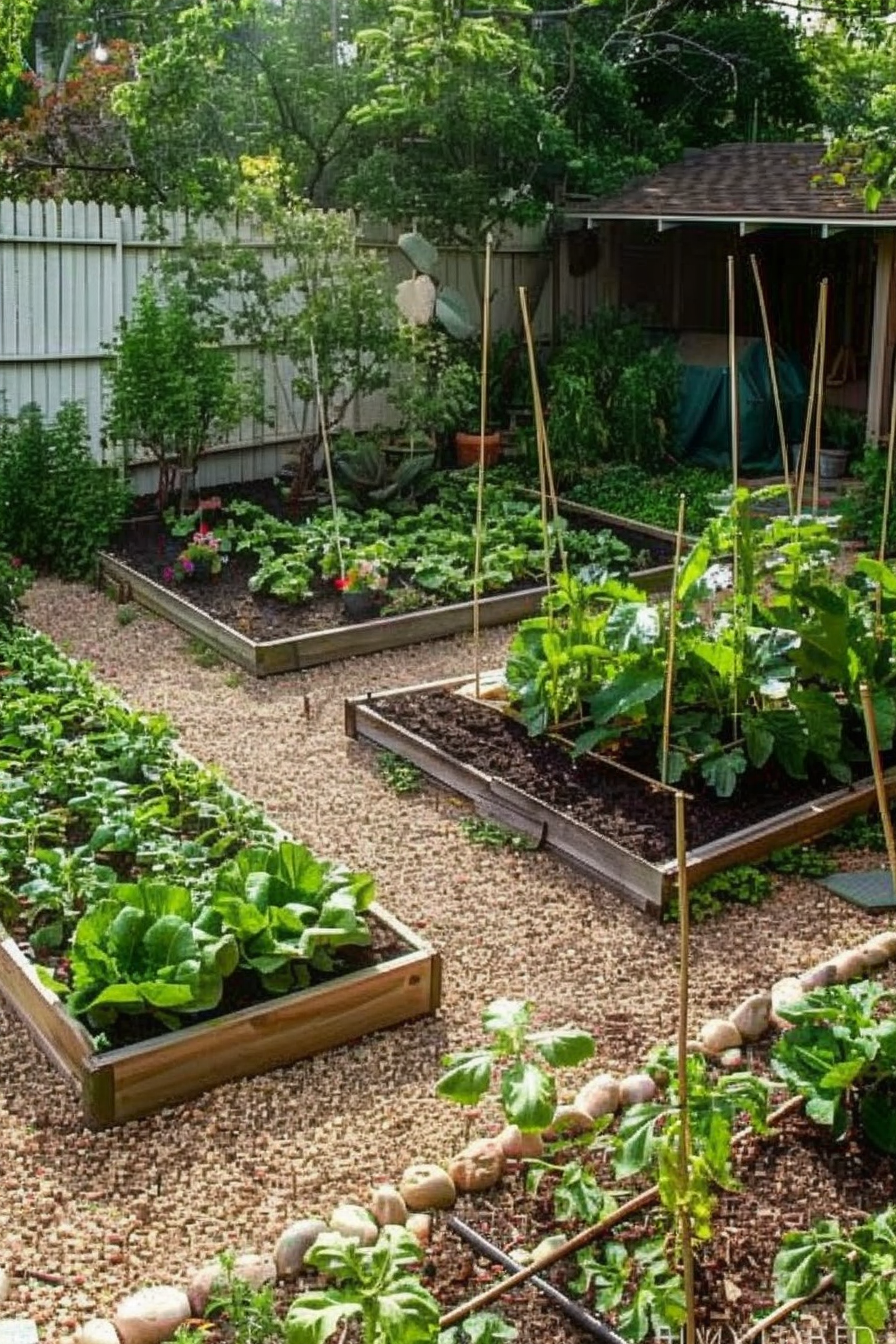
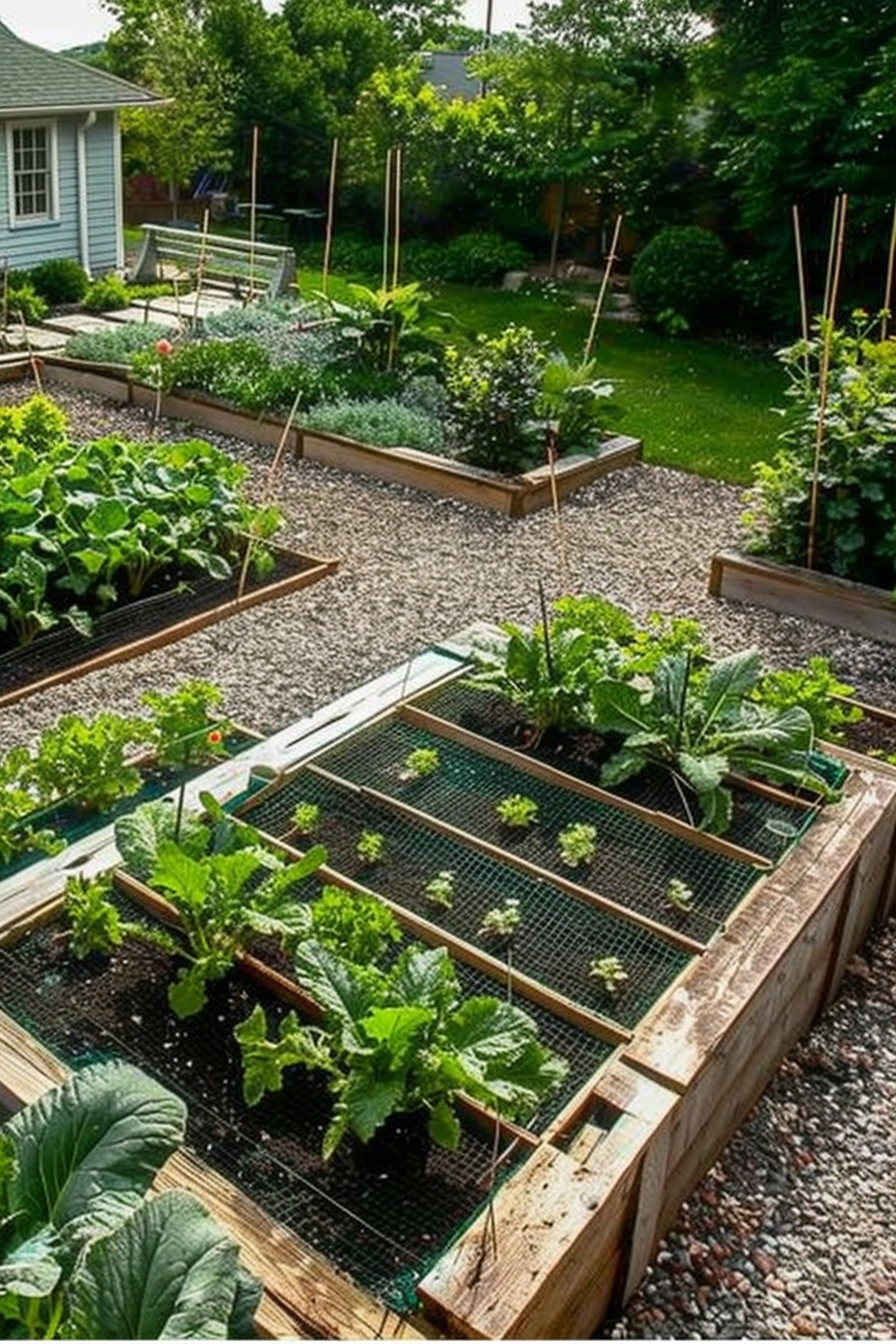
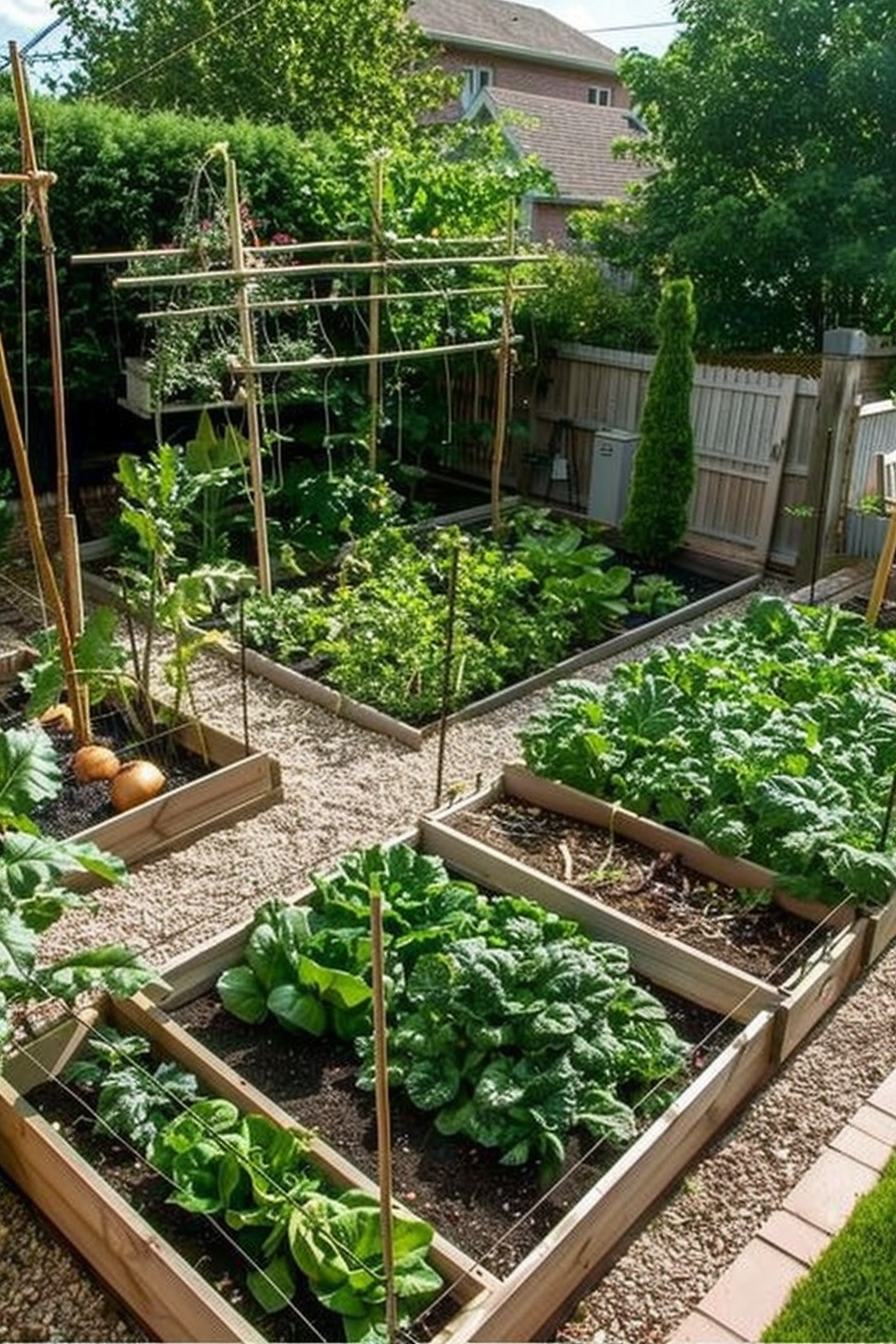

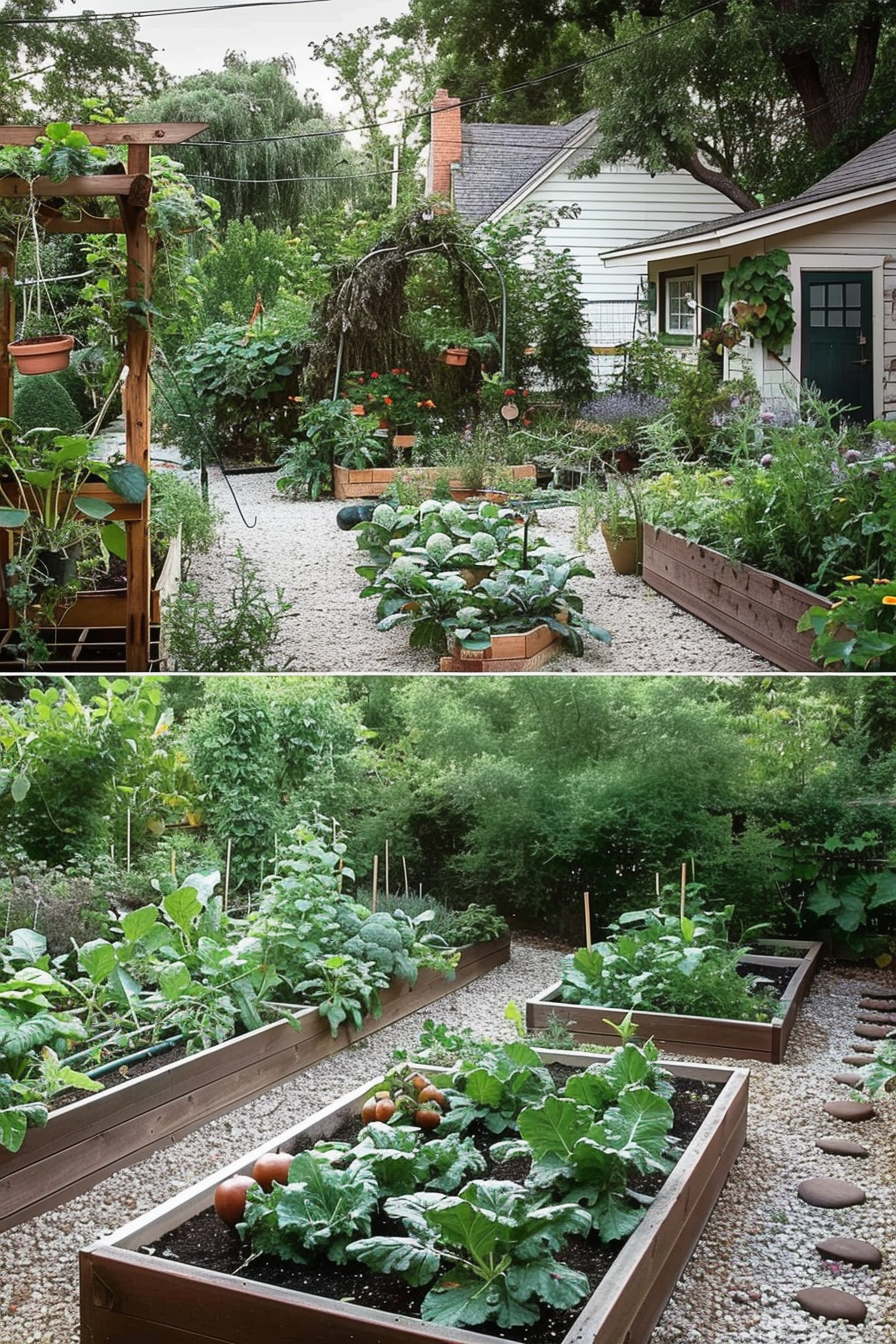
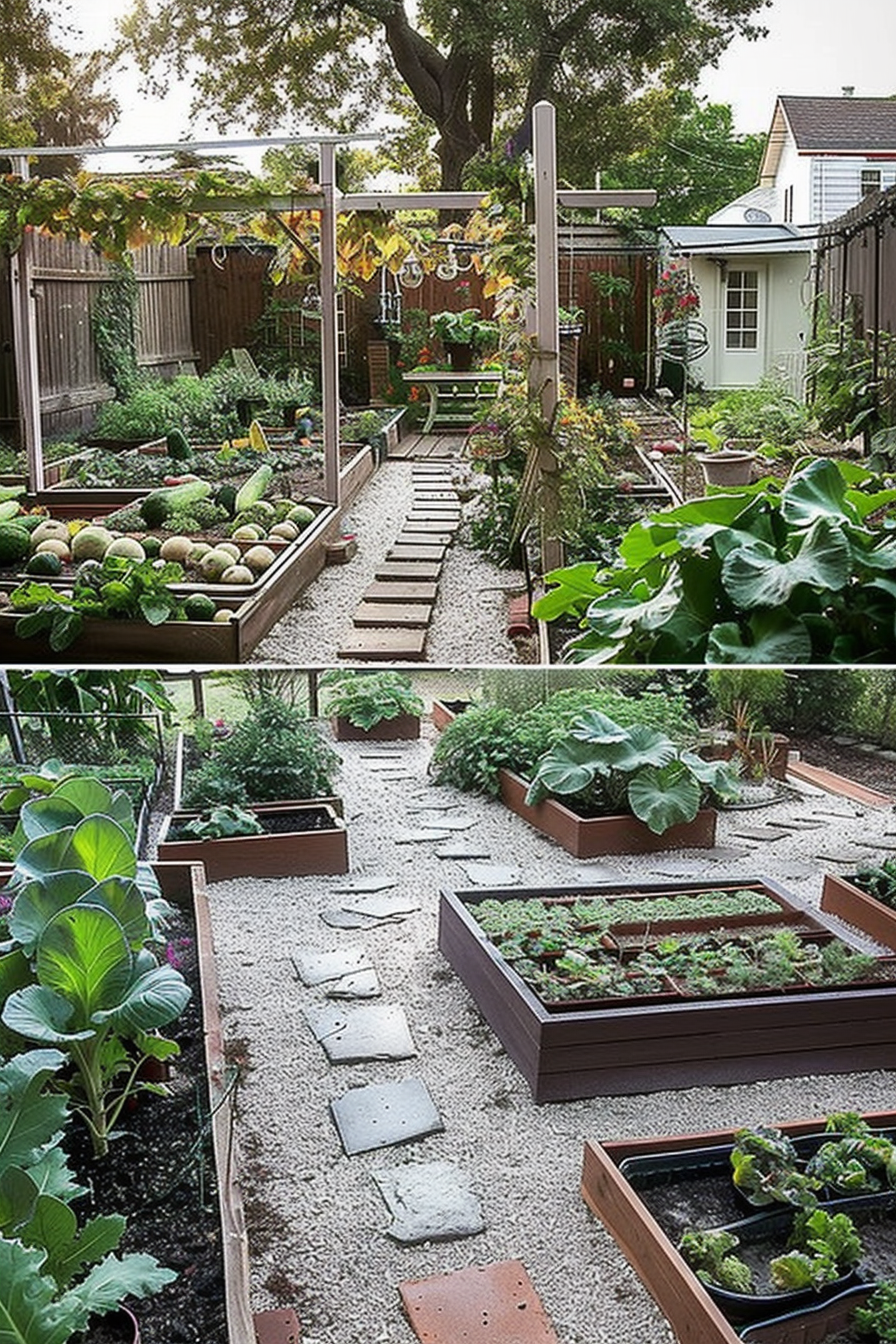
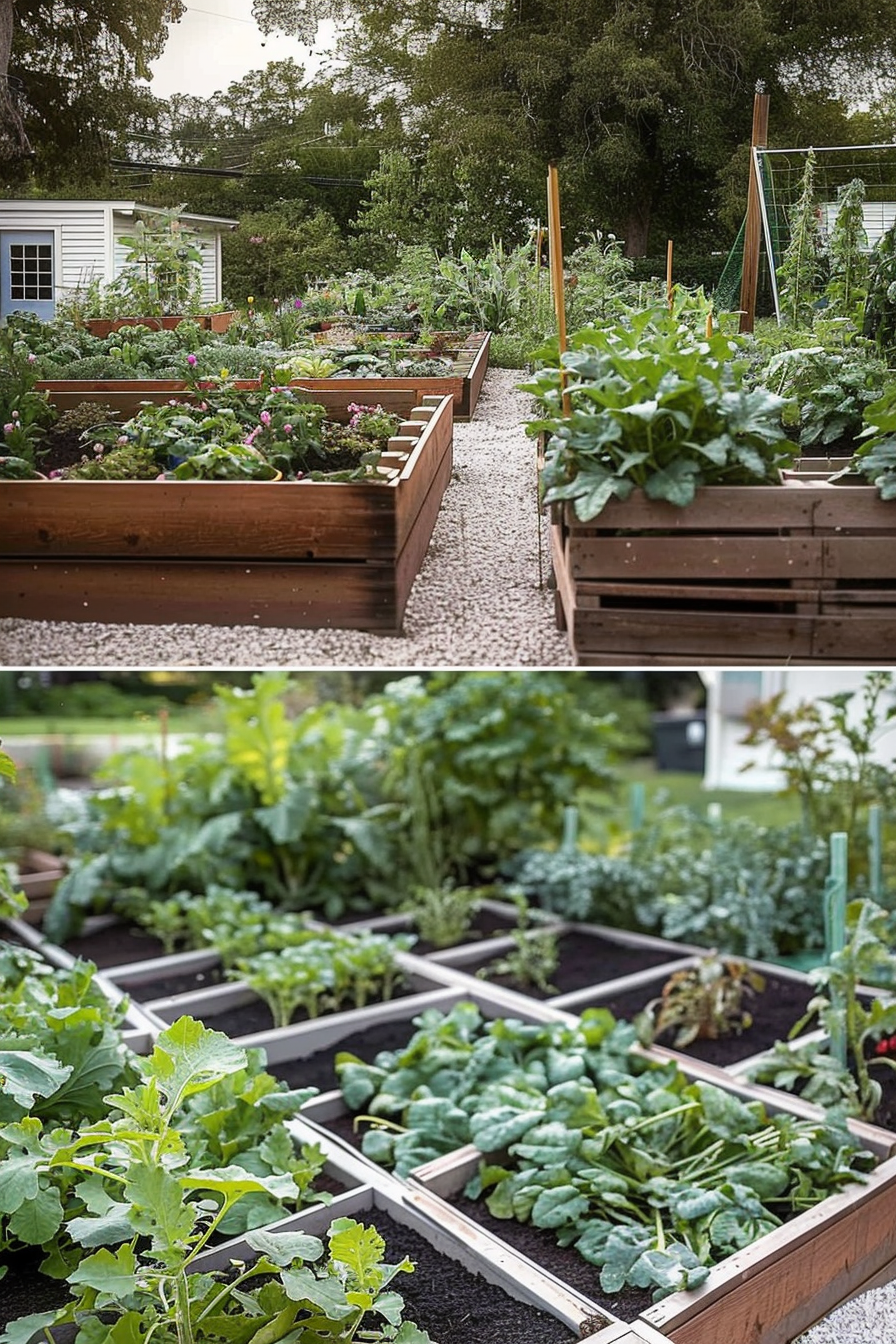
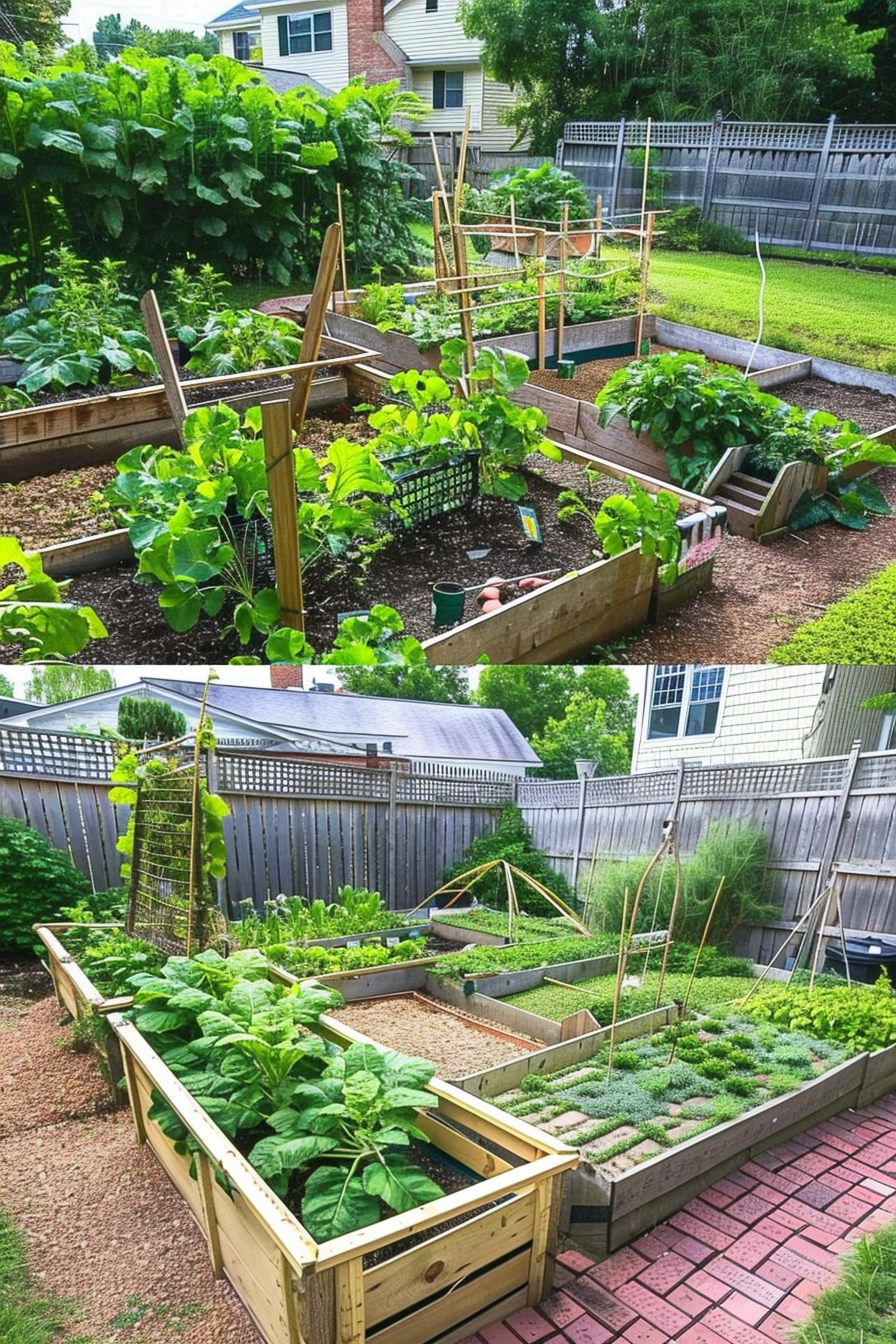
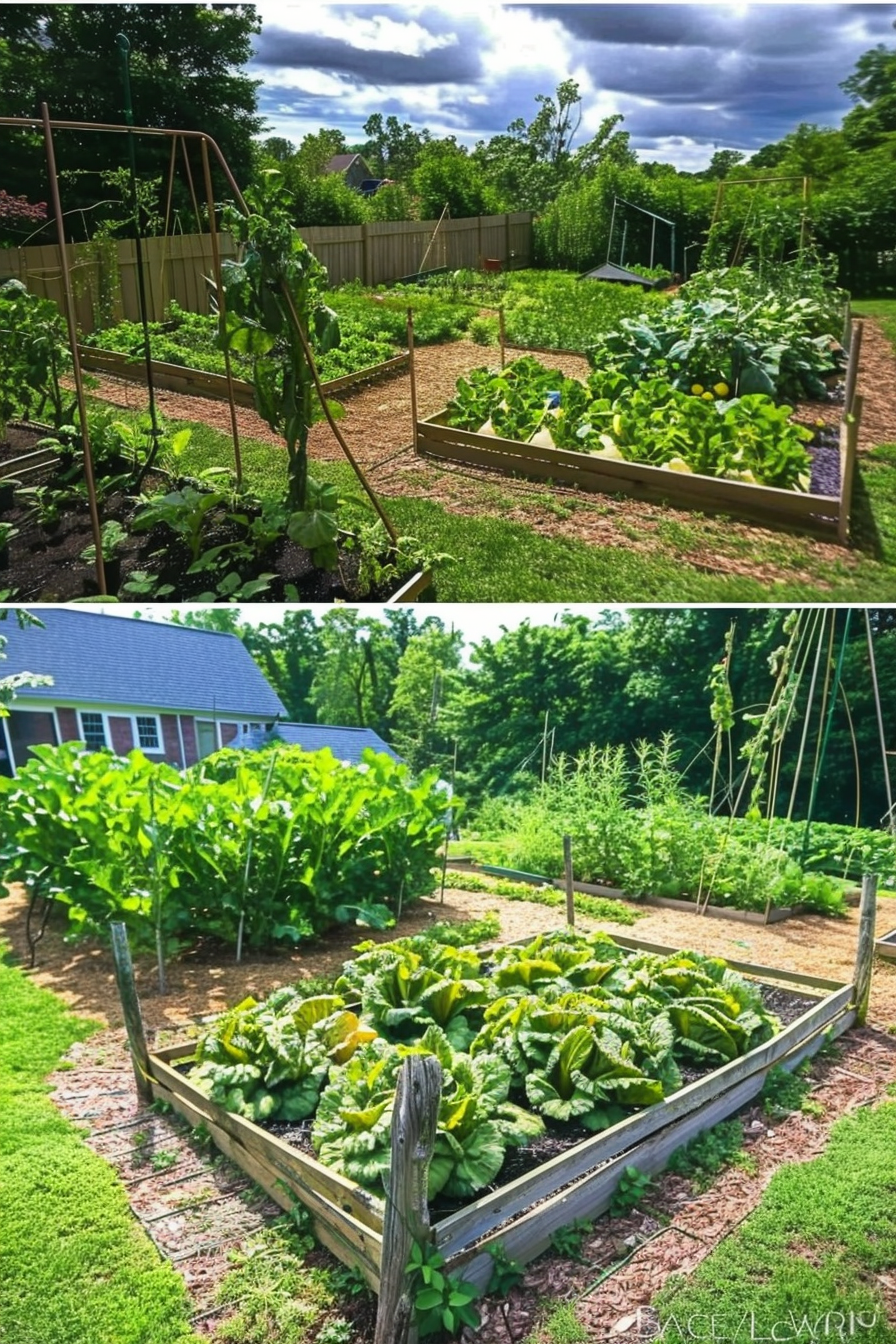
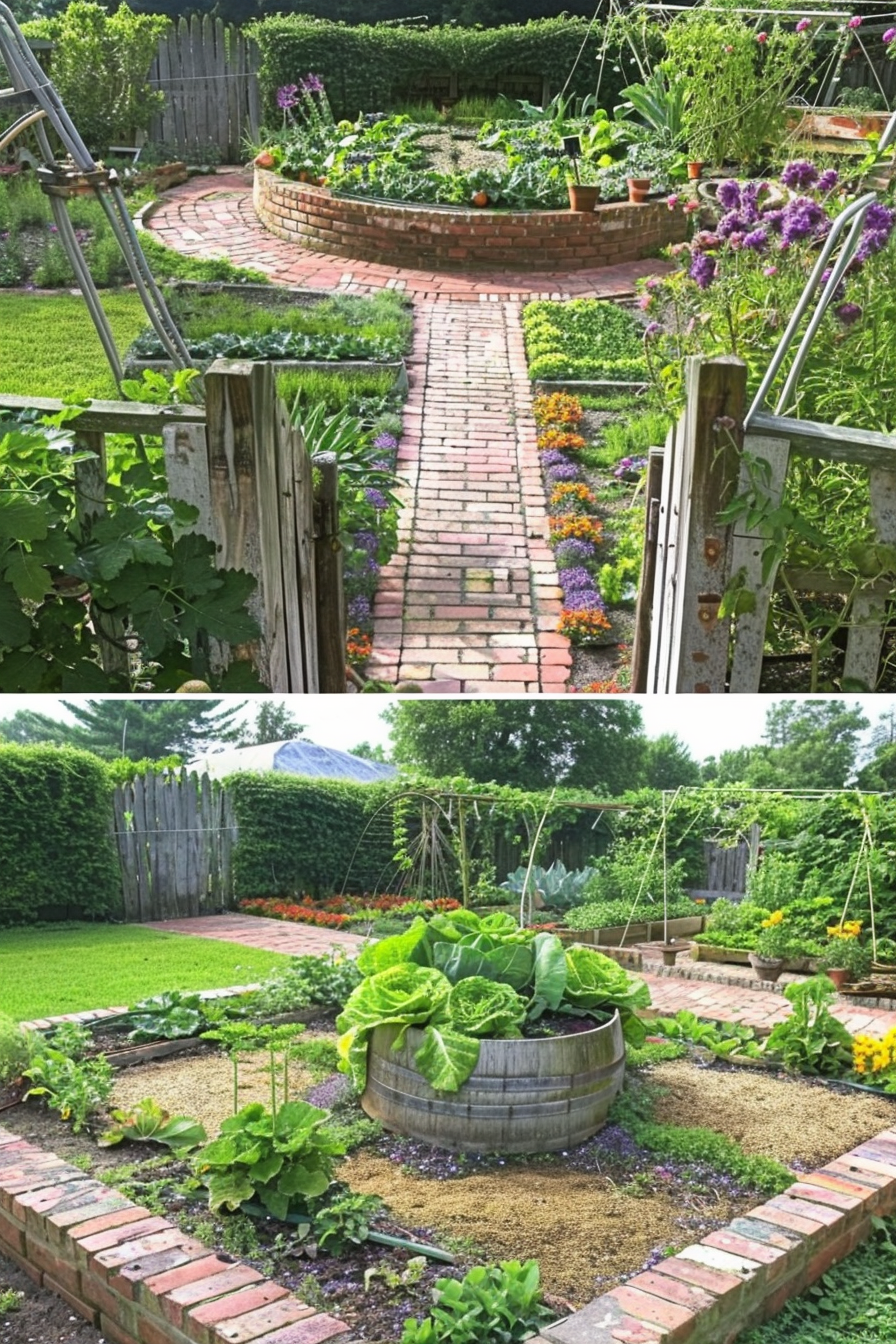
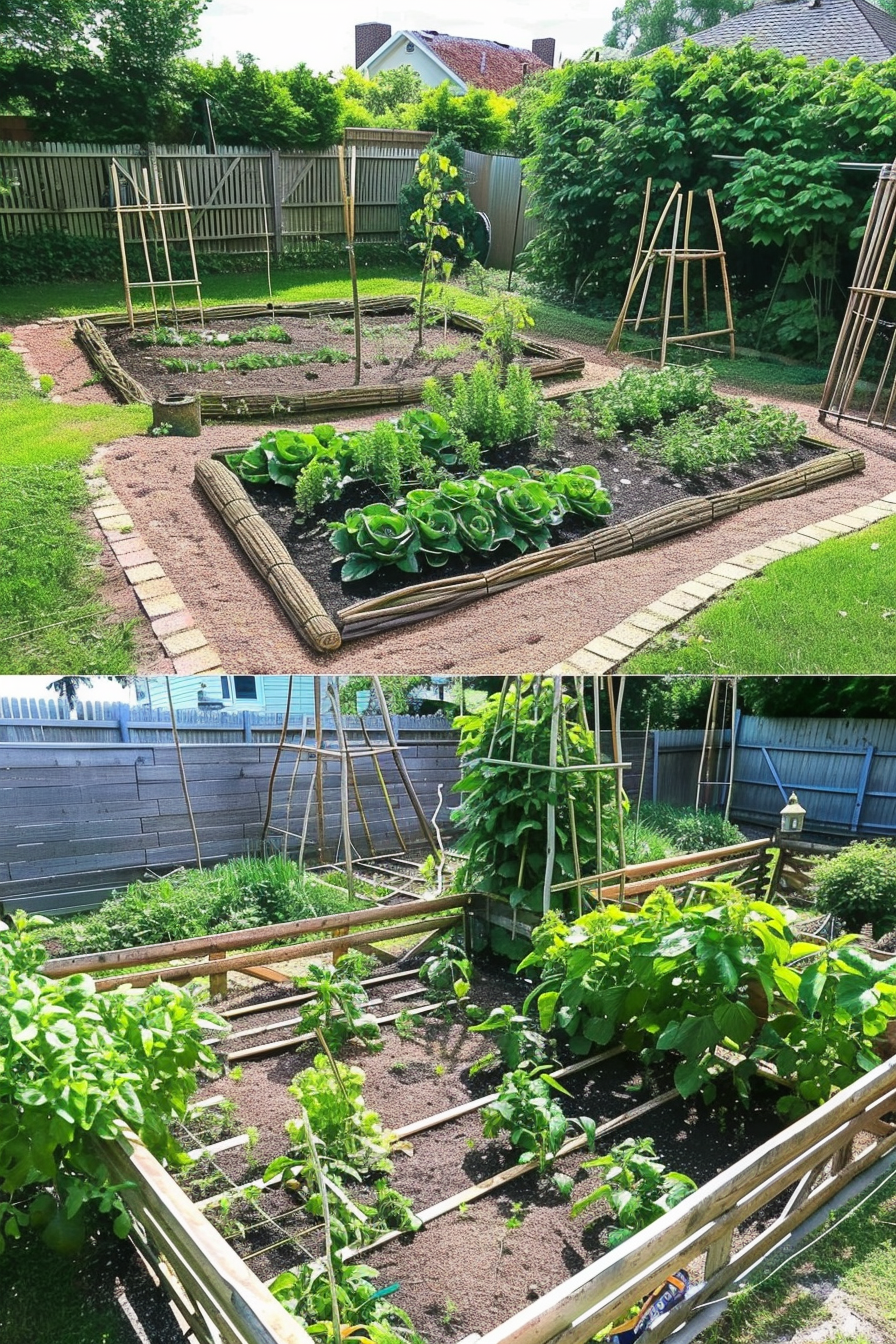
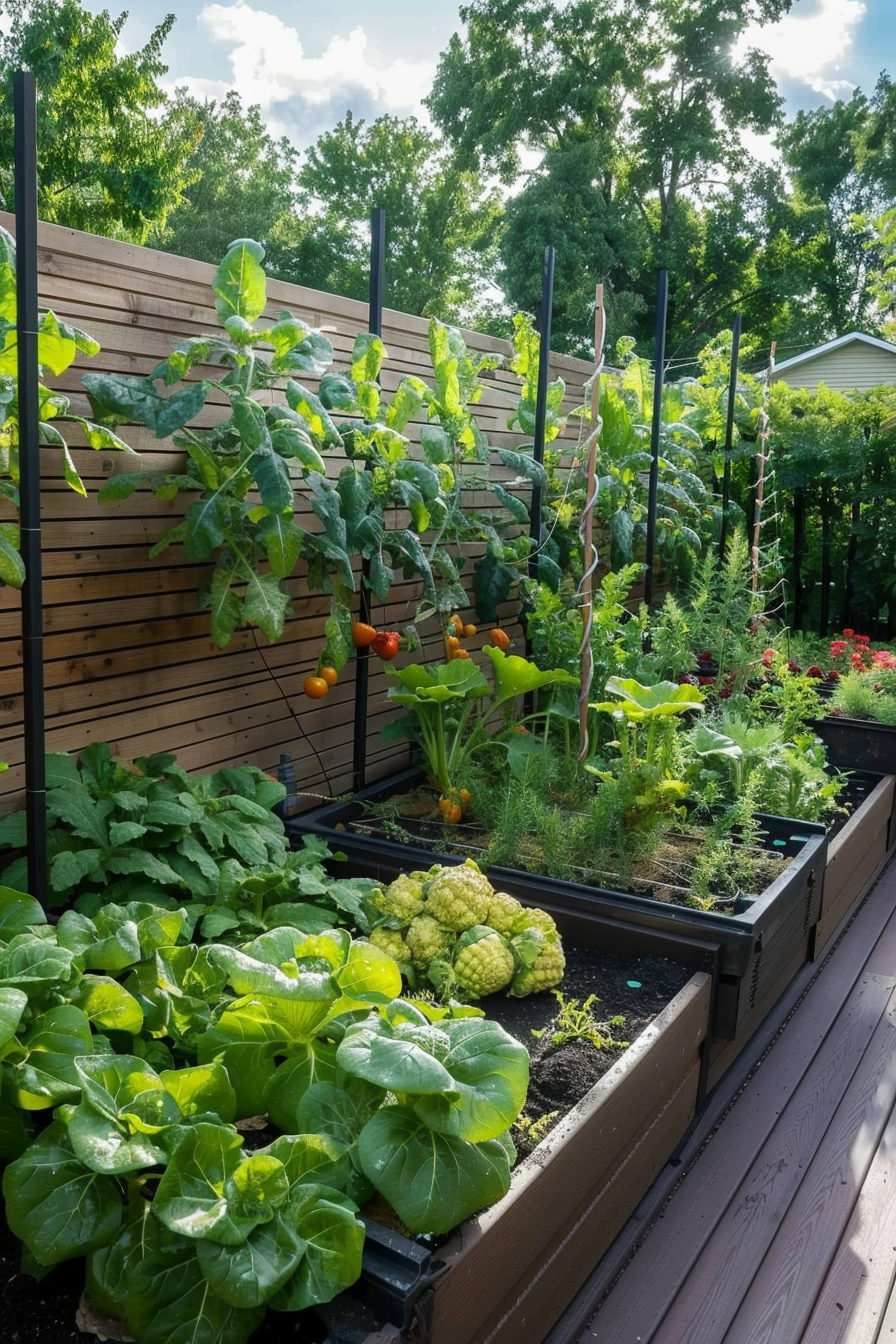
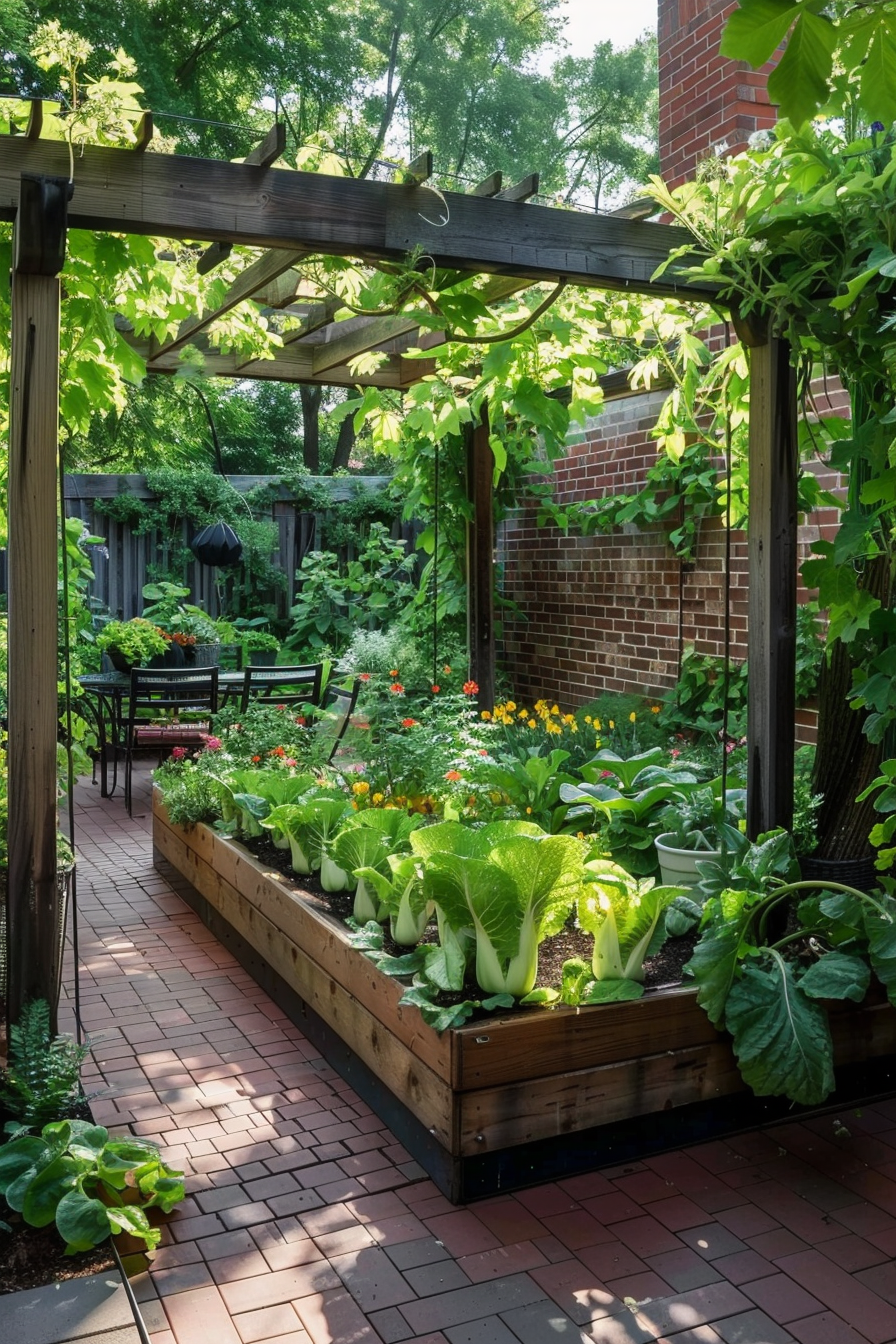
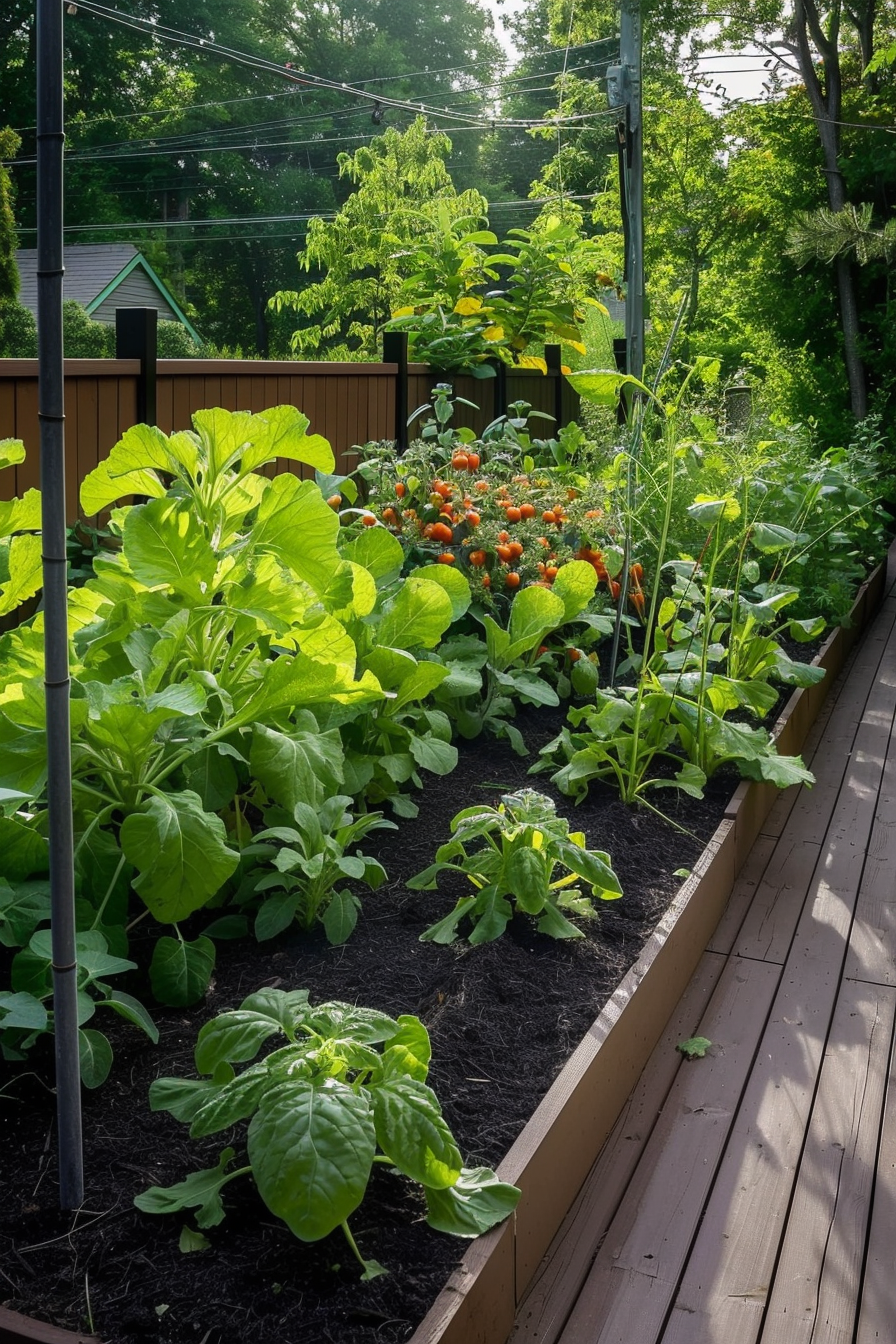
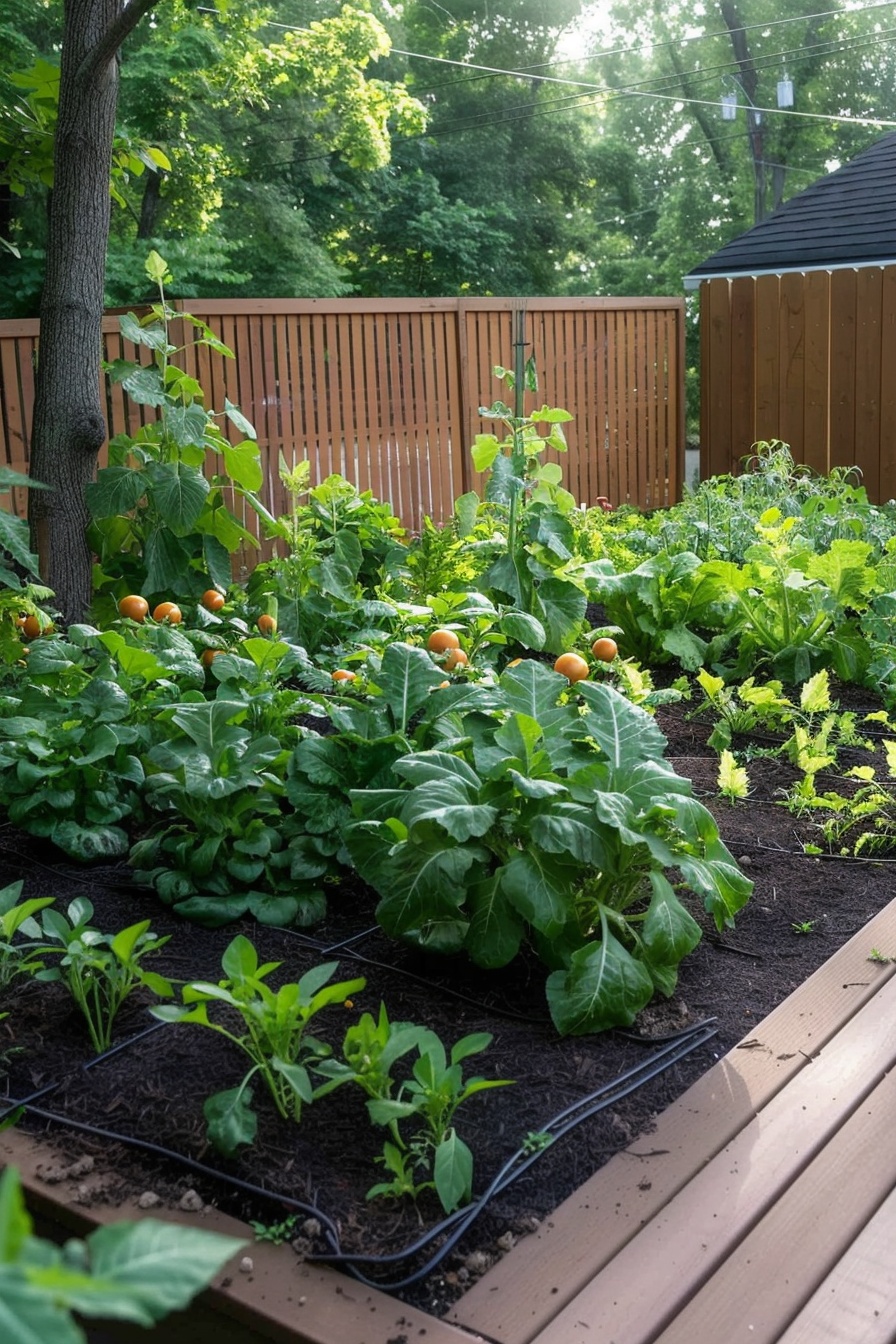
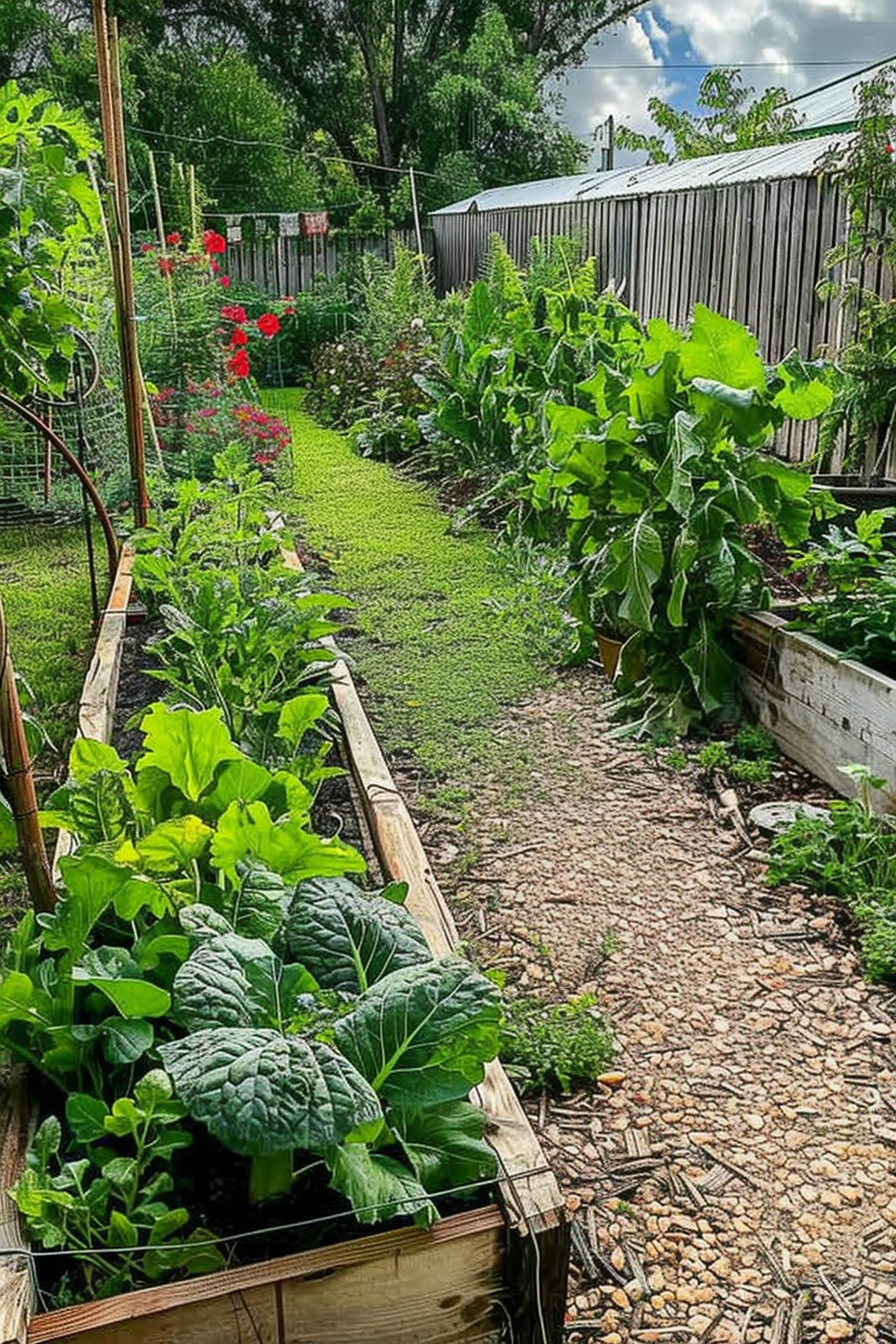
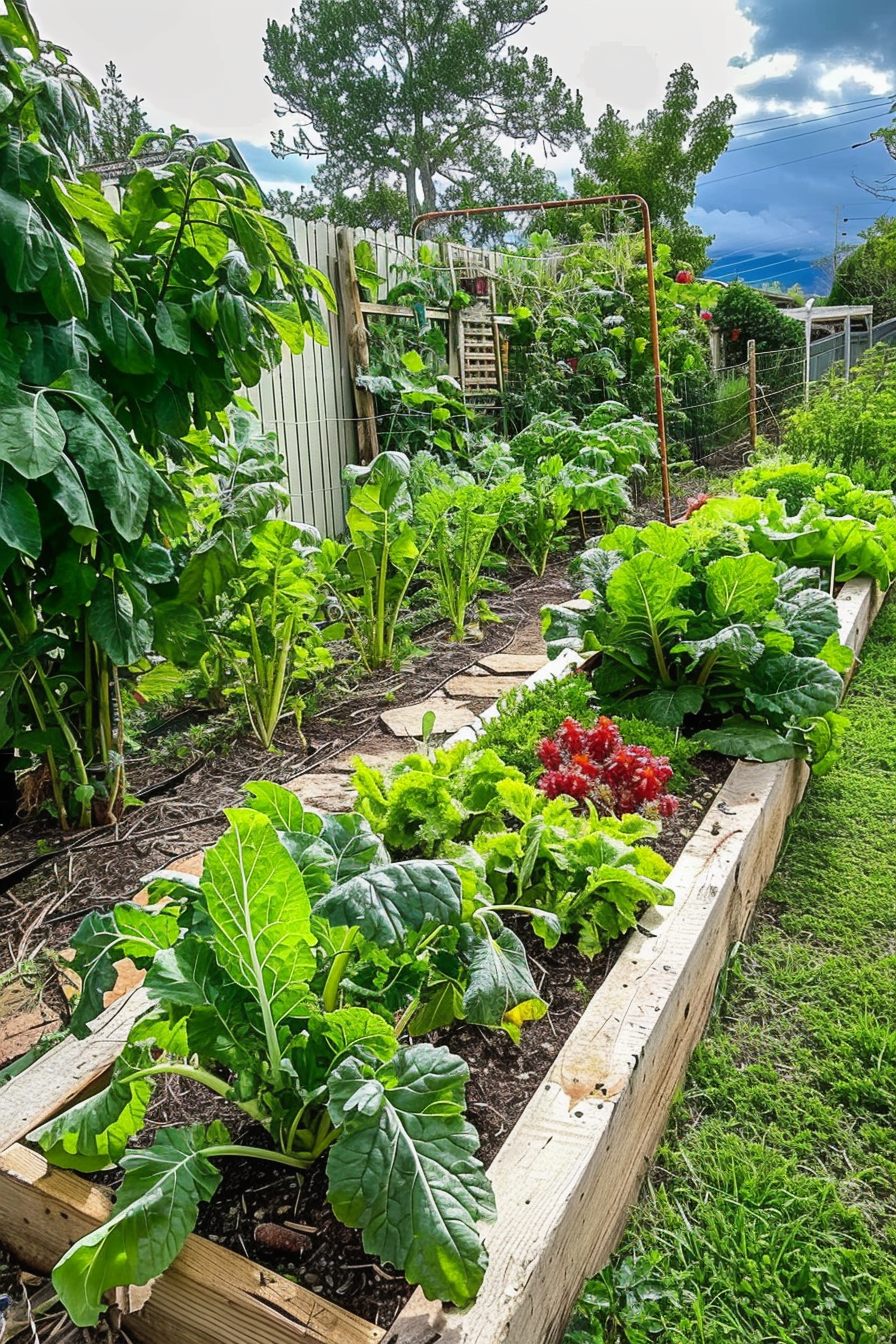
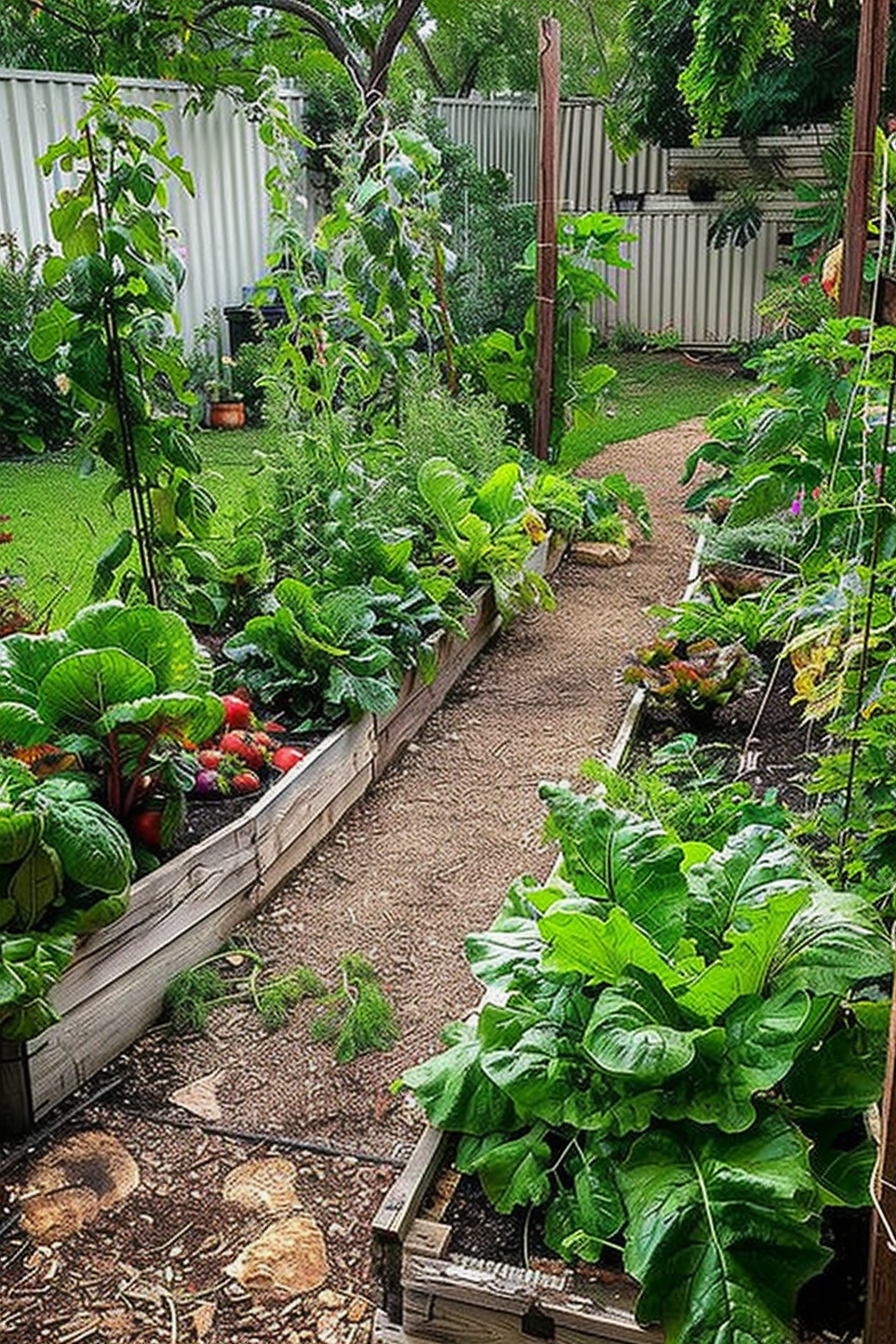
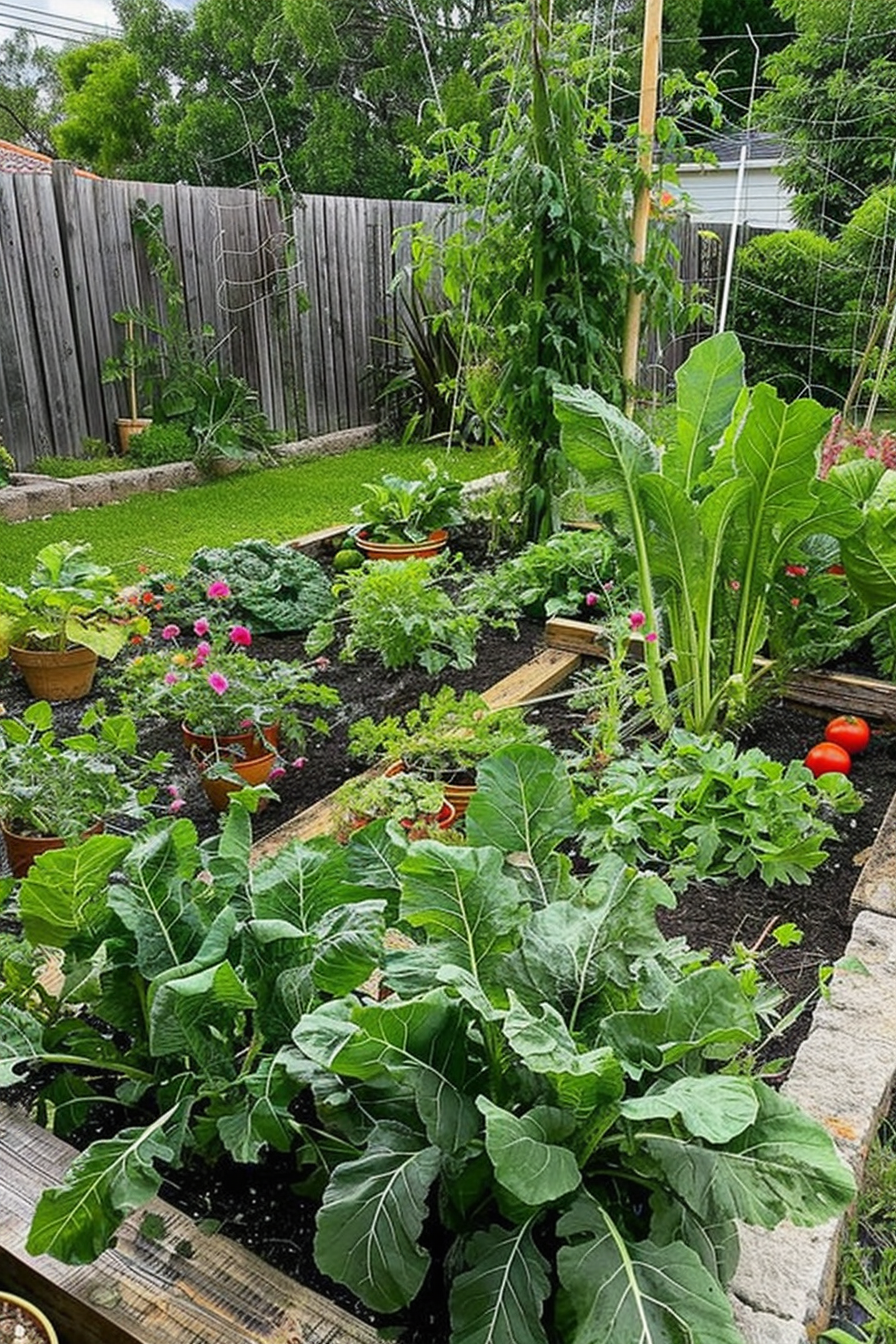
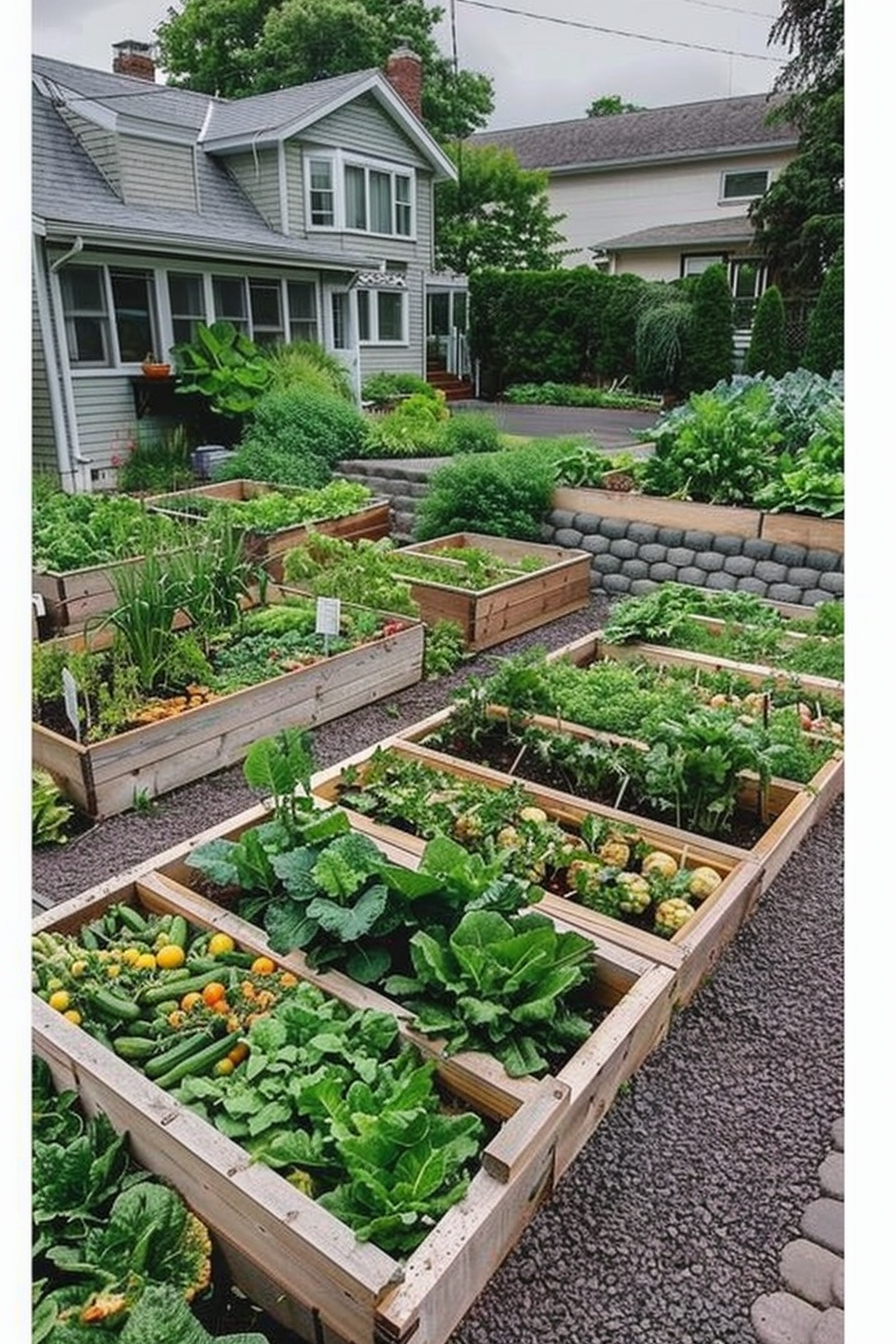
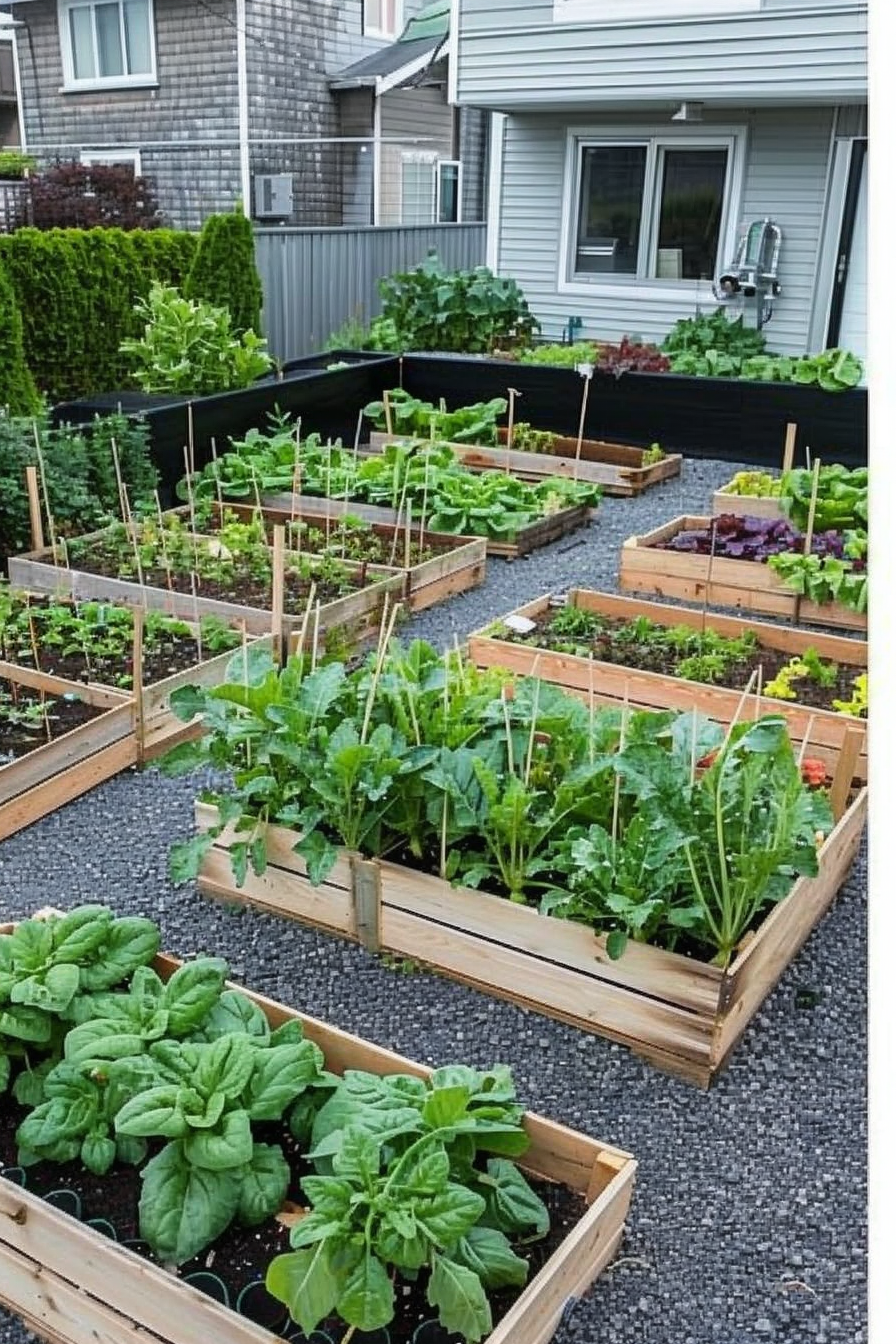
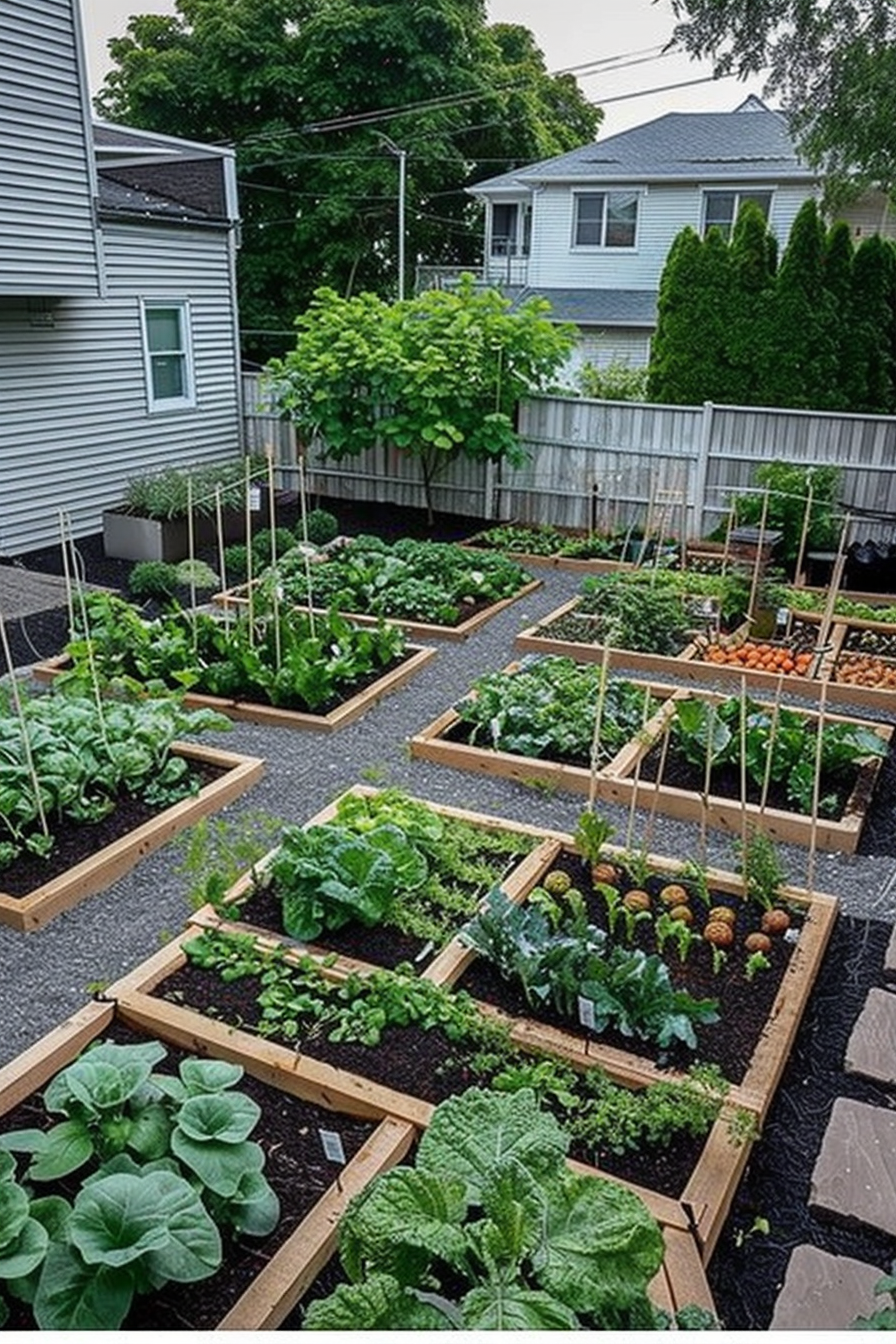
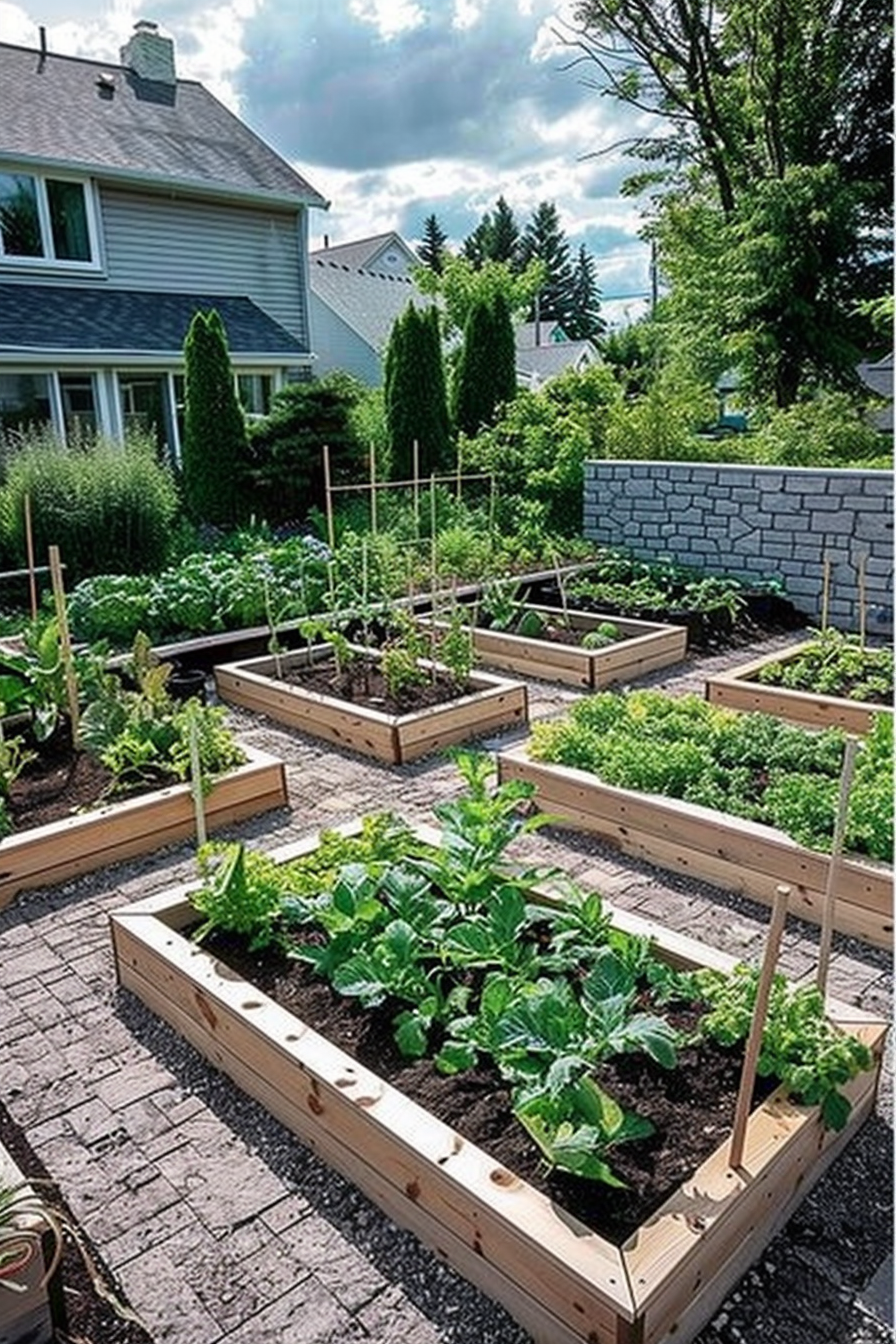
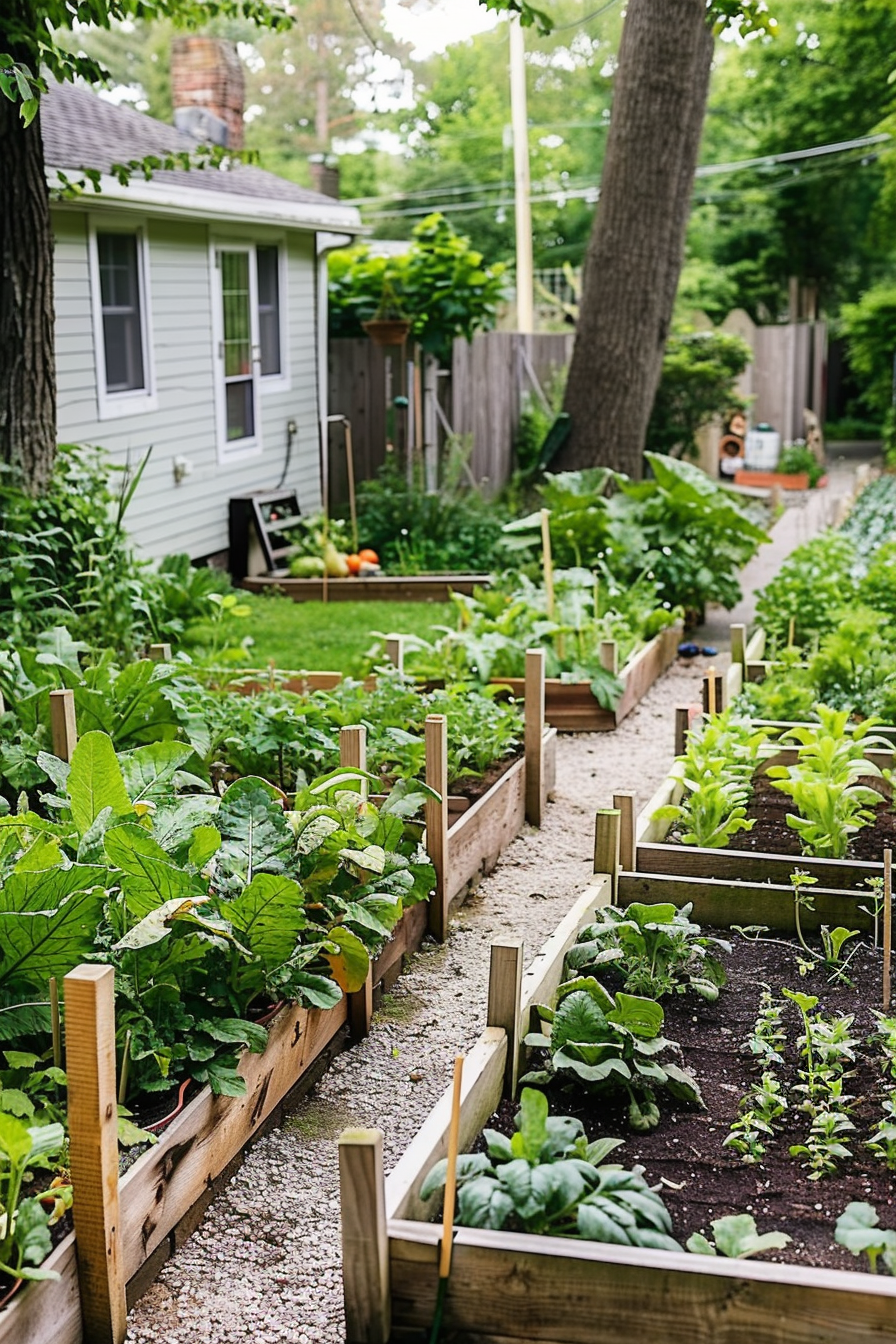
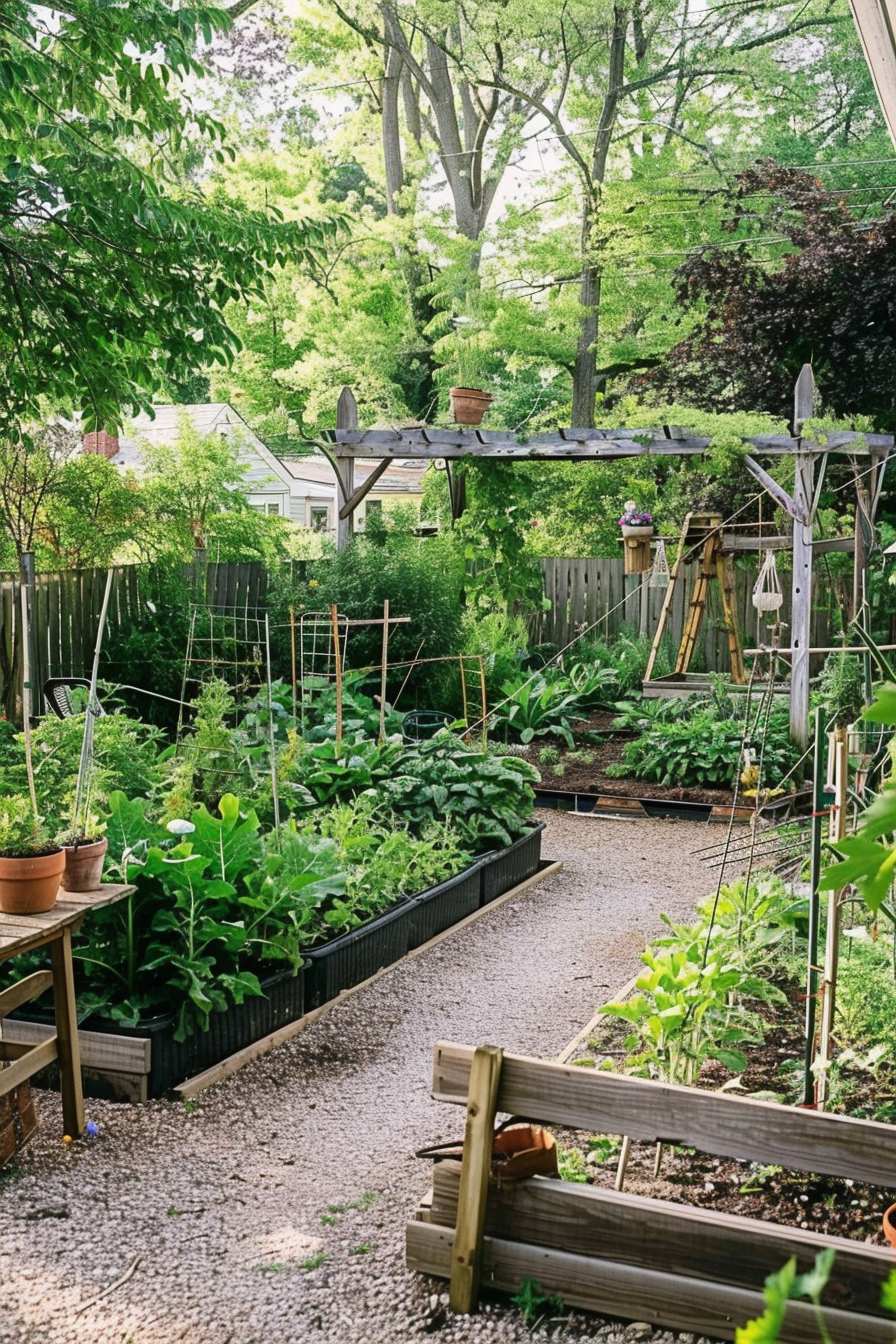
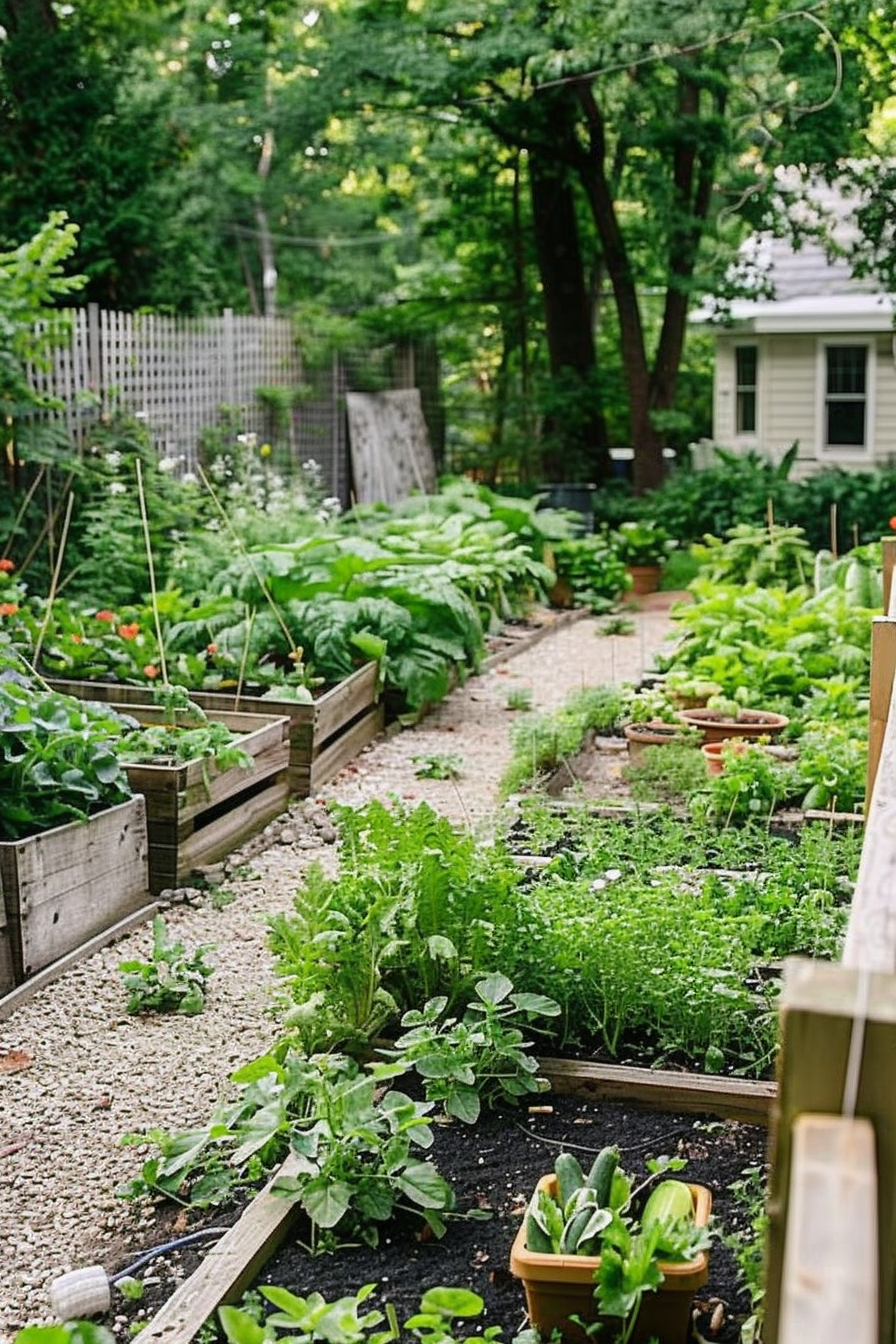
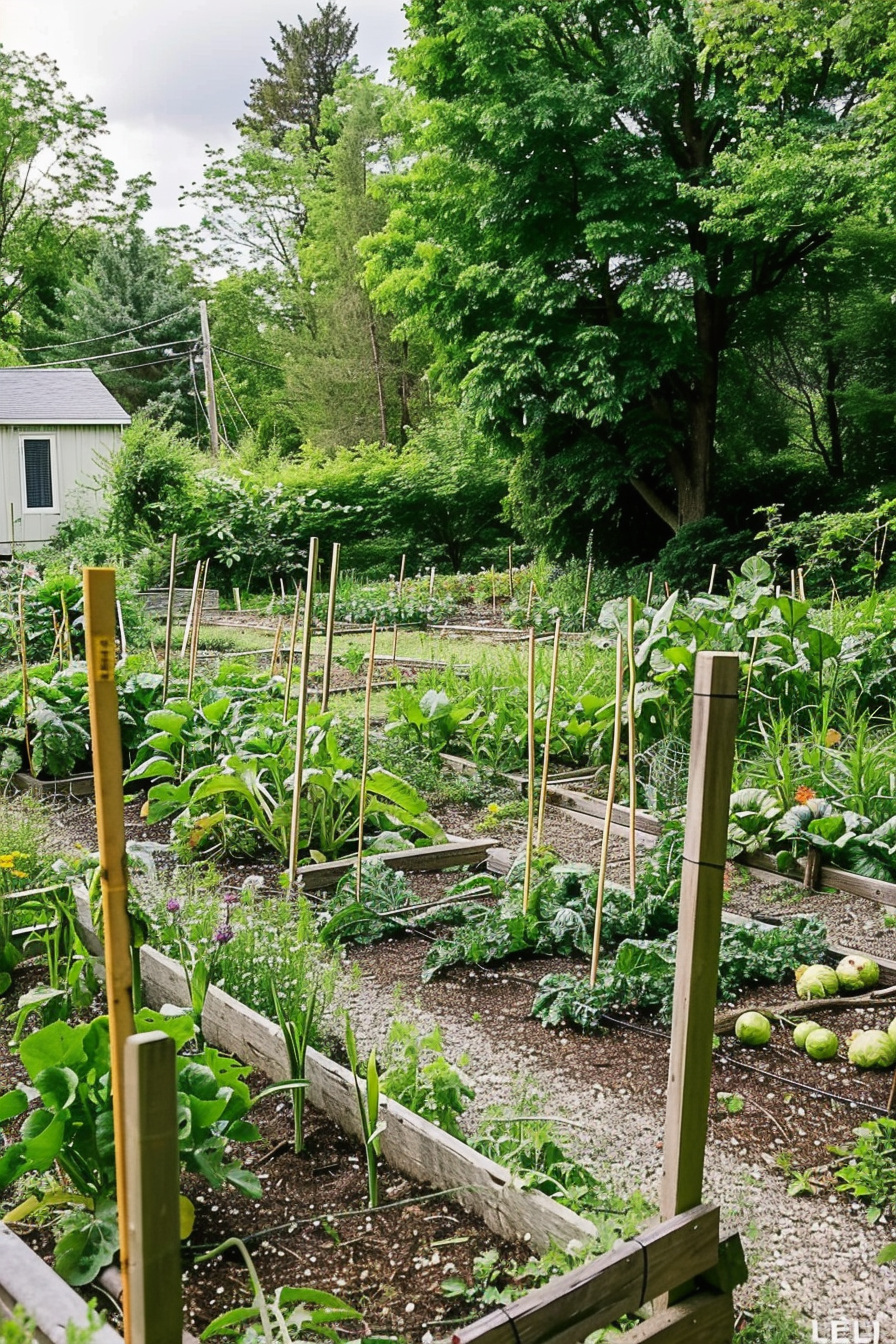
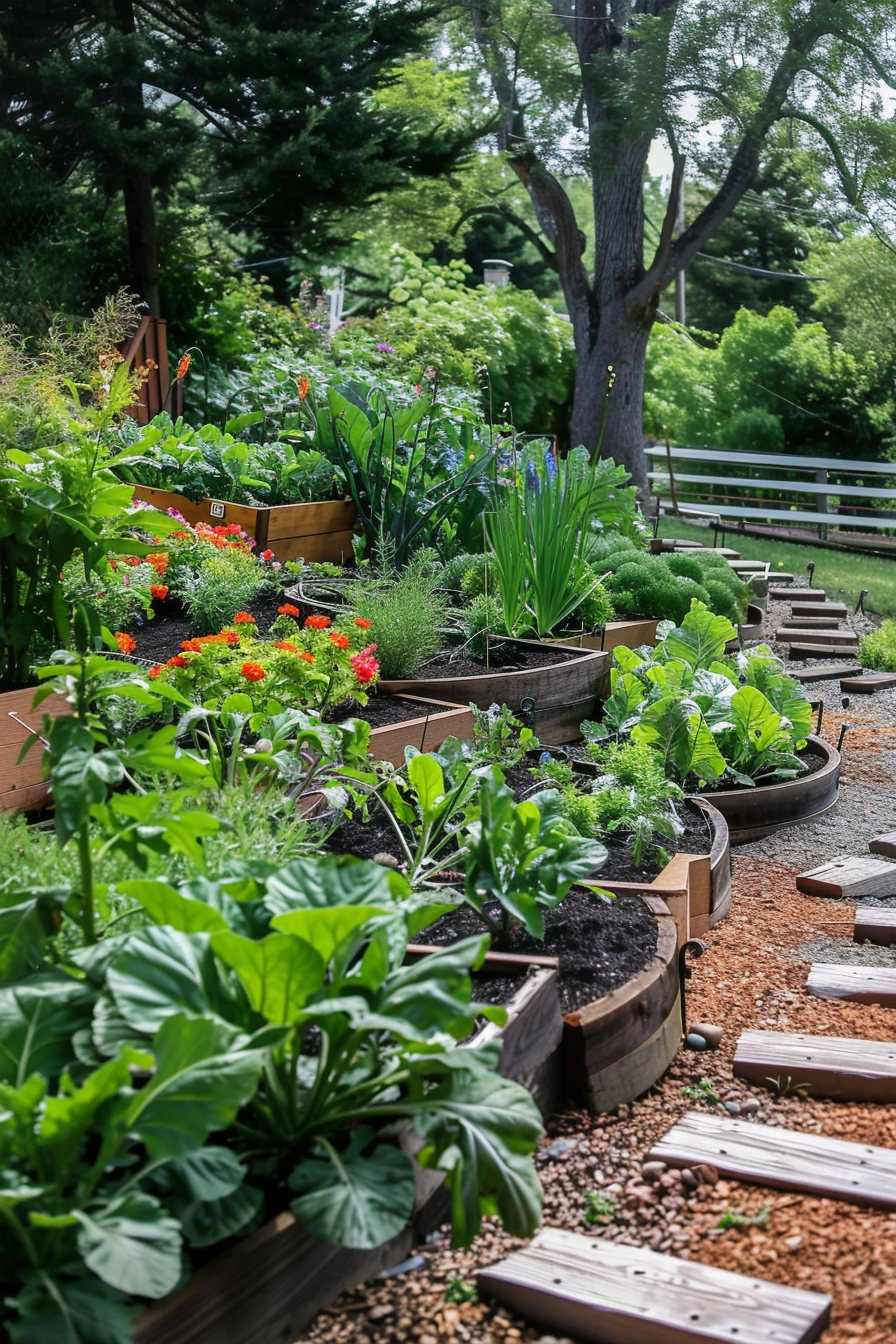
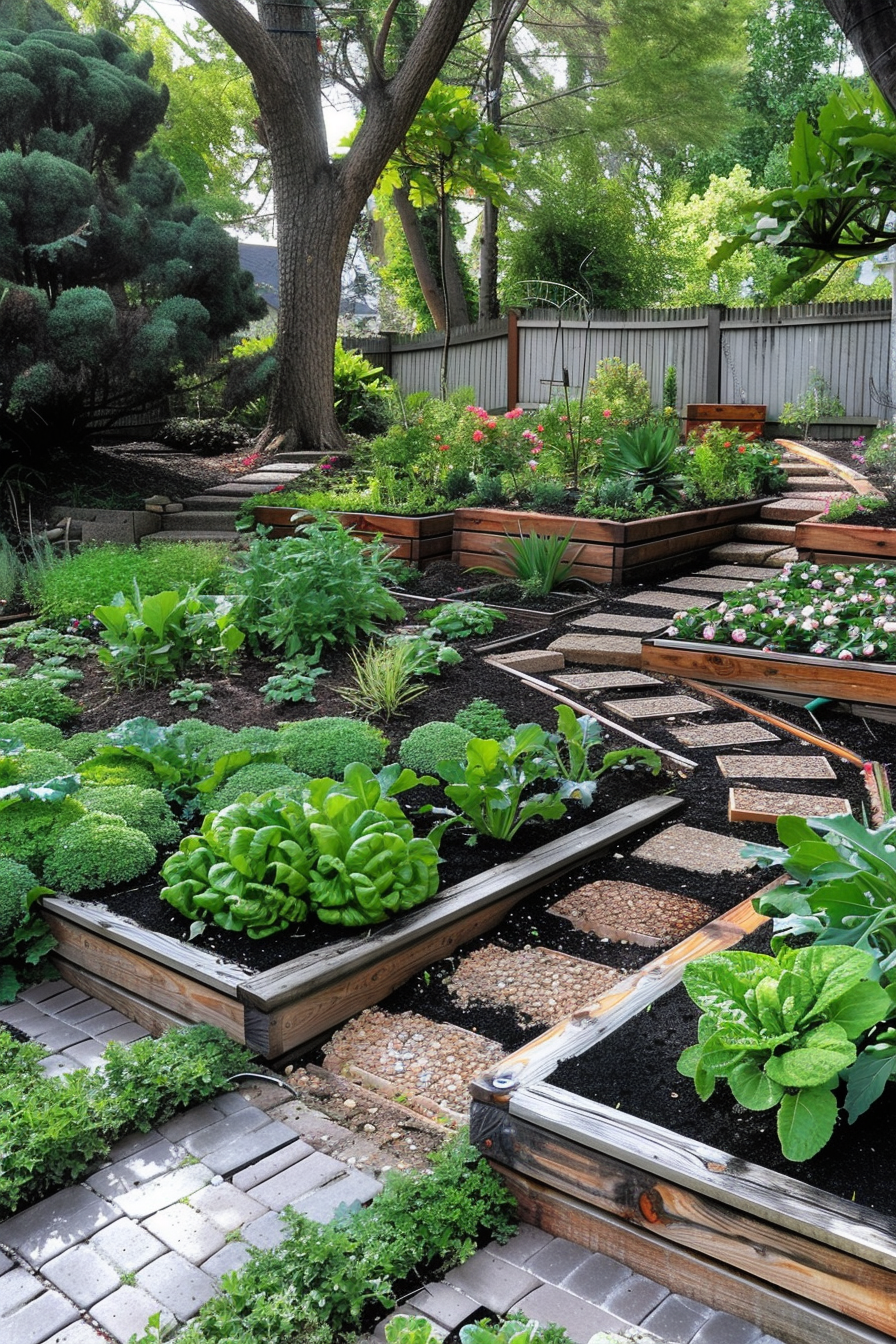
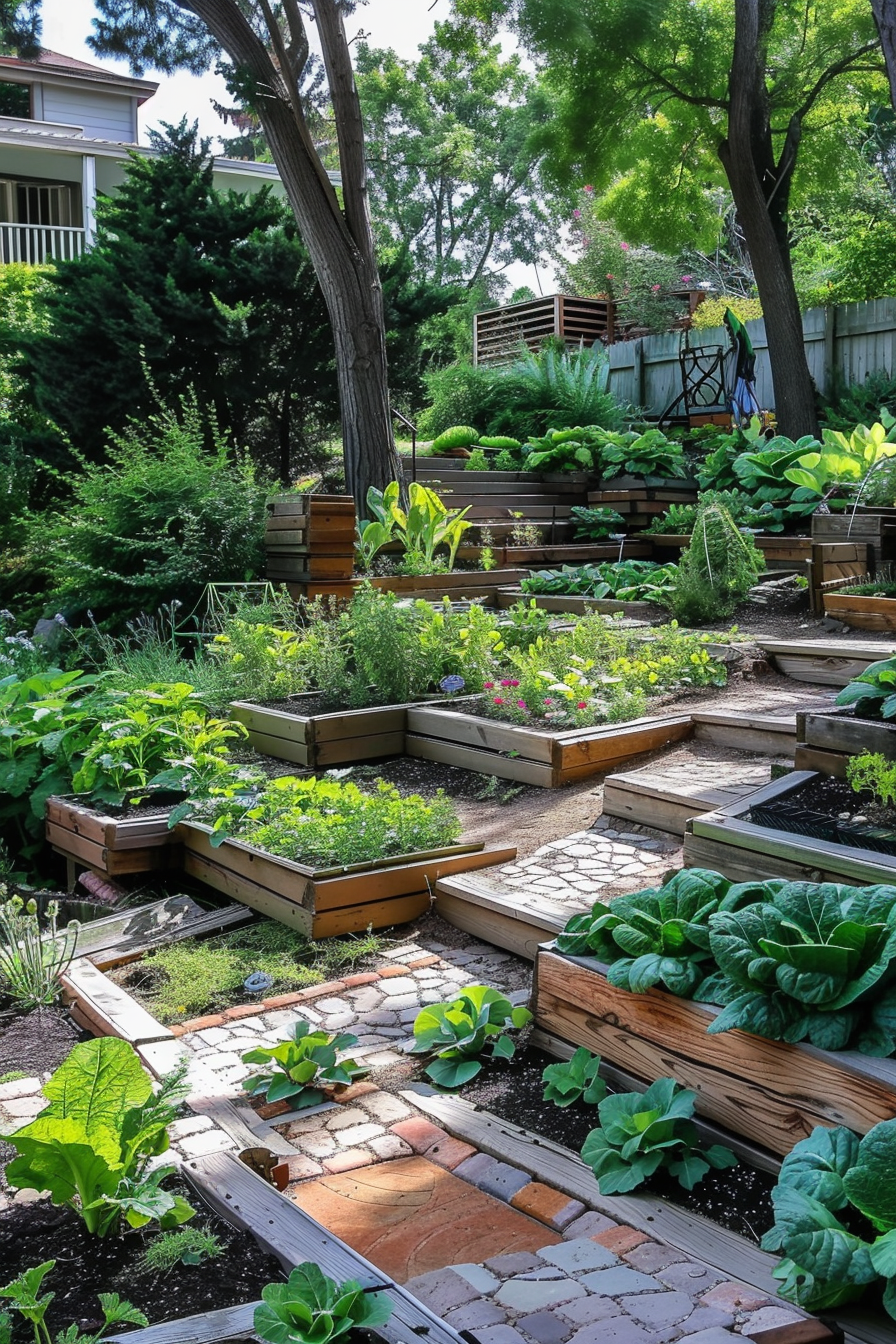
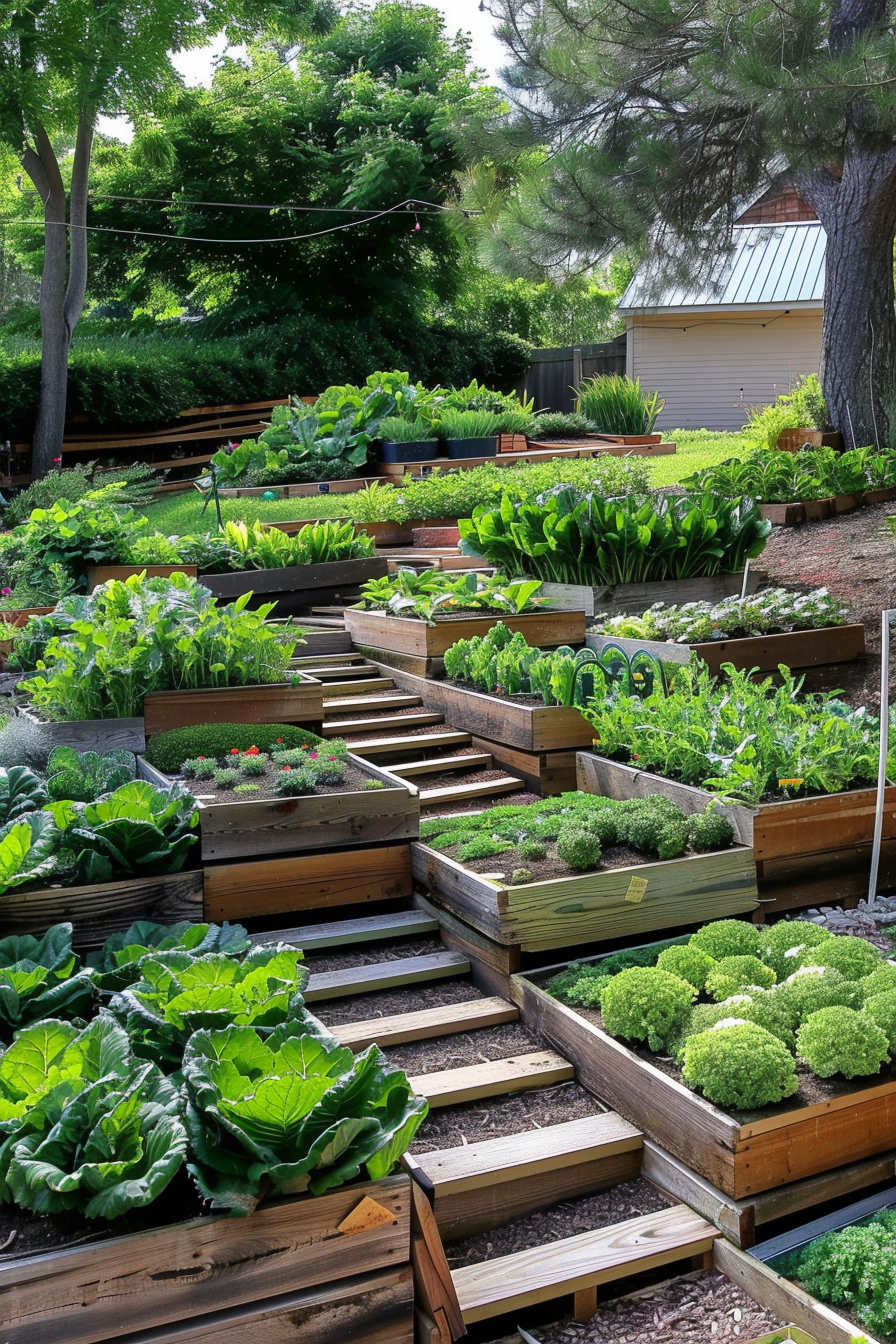
Choosing the Perfect Spot
To set up a thriving vegetable garden in your backyard, you must zero in on the perfect spot, considering sunlight exposure, soil quality, and accessibility.
Sunlight is a must-have for most veggies, so find a place with at least six hours of direct sunlight daily.
The quality of your soil also matters – it should be well-draining and rich in organic matter. Don’t worry if it’s not perfect yet; you can improve it later with compost and other amendments.
Lastly, consider accessibility. Choose a spot that’s easy to reach with your gardening tools and hose and somewhere you’ll enjoy spending time. After all, you’ll be visiting your garden regularly.
Preparing Your Garden Bed
Once you’ve found the ideal spot, it’s time to prepare your garden bed, which sets the foundation for your future veggies. First, you’ll need to clear the area. Remove any weeds, rocks, or other debris. This step ensures that your plants aren’t competing with unwanted guests for nutrients.
Next, it’s time to turn the soil. For this, you can use a spade or a tiller. This process breaks up hard soil and makes it easier for plant roots to penetrate. It also helps to blend any added compost or organic matter more evenly.
Selecting Your Vegetables
Now that your garden bed is prepped, it’s time to decide which vegetables you’d like to grow. Your selection should consider factors like your local climate, the size of your garden, and your dietary preferences. Some veggies, like tomatoes and peppers, love heat, while others, like lettuce and radishes, prefer cooler weather.
Here’s a quick guide to help you out:
| Vegetable | Season |
|---|---|
| Tomato | Summer |
| Lettuce | Spring/Fall |
| Pepper | Summer |
| Radish | Spring/Fall |
Essential Gardening Tools
You’ll need a few essential tools to get your backyard vegetable garden off the ground. The right tools can make a significant difference in the ease and success of your gardening efforts.
Let’s take a look at some must-haves:
- Garden Trowel: This hand tool is perfect for digging, transplanting, and weeding.
- Garden Hoe: It’s ideal for breaking up soil and clearing weeds.
- Pruning Shears: These are essential for trimming and shaping your plants.
- Watering Can or Hose: This ensures your vegetables get the right water.
Maintaining Your Vegetable Garden
Keeping your vegetable garden in prime condition doesn’t have to be a daunting task. Here are some easy steps to ensure your veggies stay healthy and strong.
Start with regular watering. Veggies need about an inch of water per week to thrive. Also, pull out weeds as soon as you spot them. They compete with your veggies for nutrients, water, and sunlight.
Next, keep an eye out for pests. They can wreak havoc on your garden if left unchecked. Finally, organic compost or fertilizer should be applied for nutrients.
Now, let’s visualize these steps in a neat table:
| Task | Description |
|---|---|
| Watering | Provide an inch of water per week |
| Weeding | Remove weeds promptly |
| Pest Control | Monitor and control pests |
| Nutrition | Apply compost or organic fertilizer |
Follow Quiet Minimal on Pinterest for more home design tips and inspiration.
